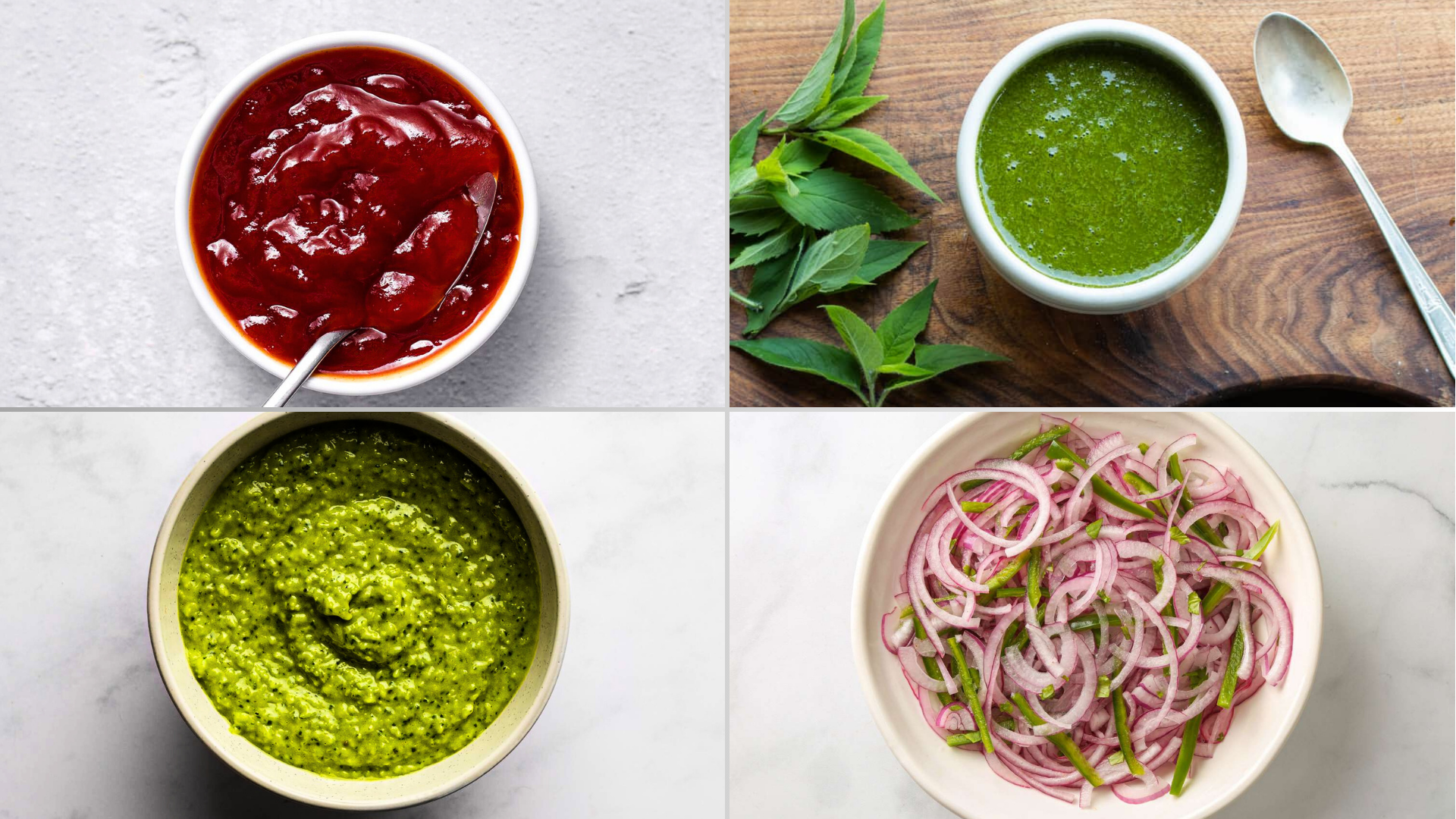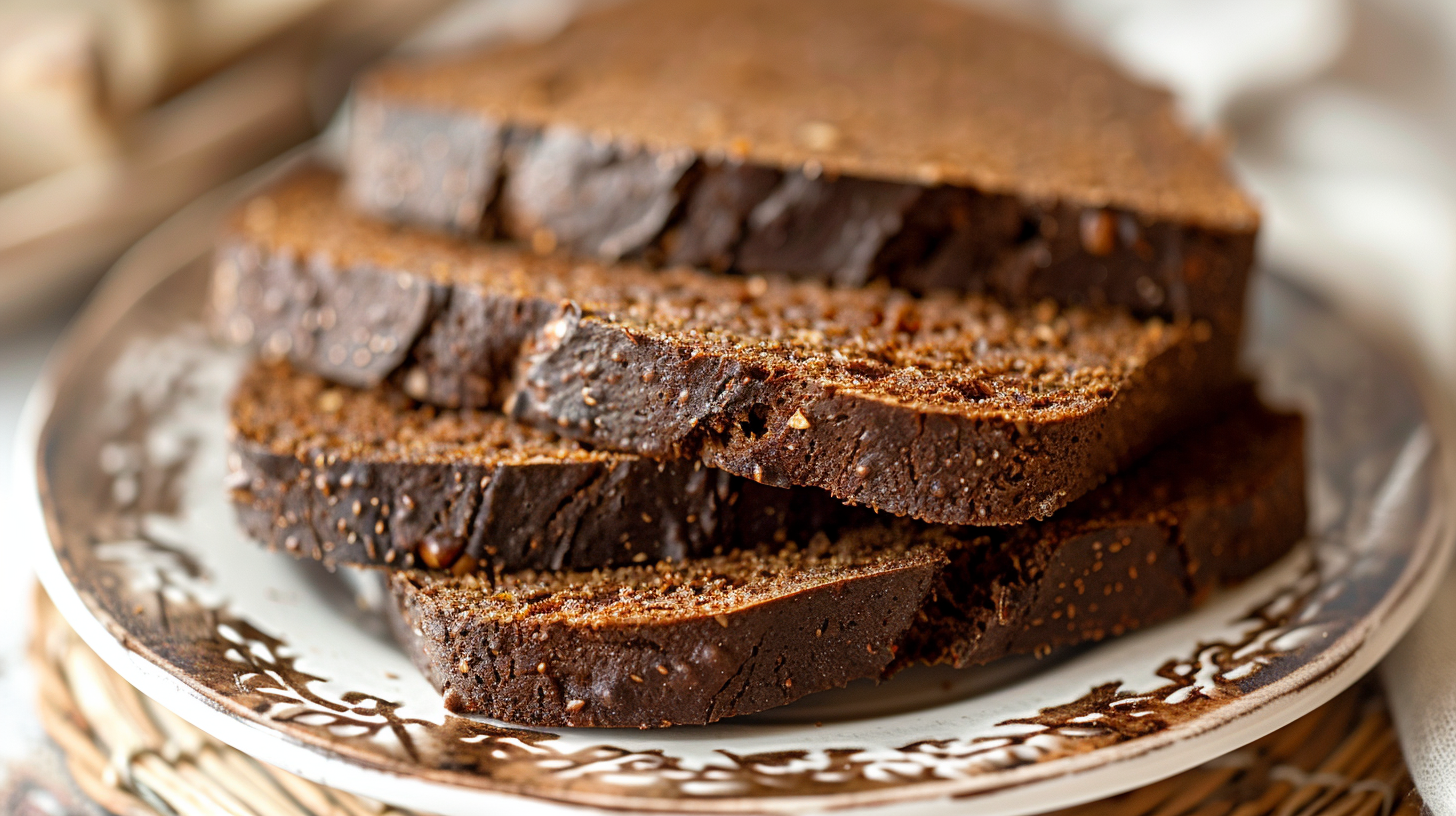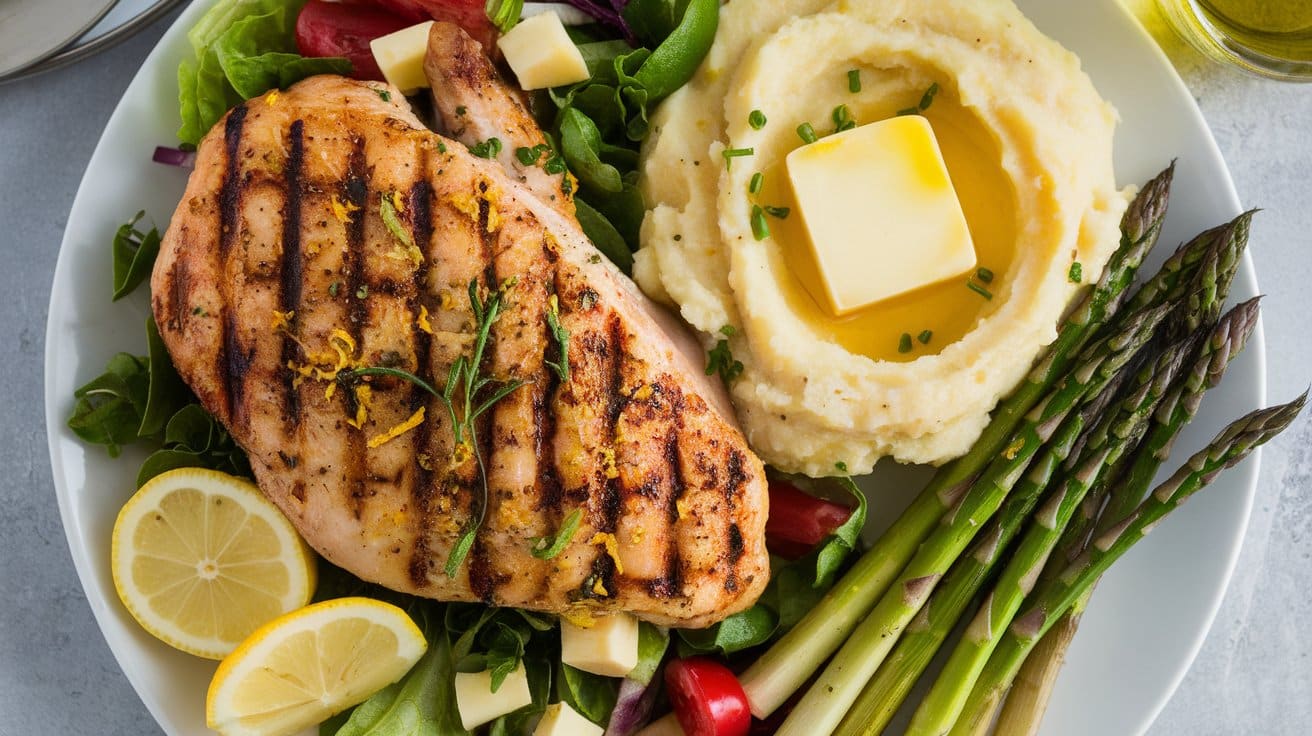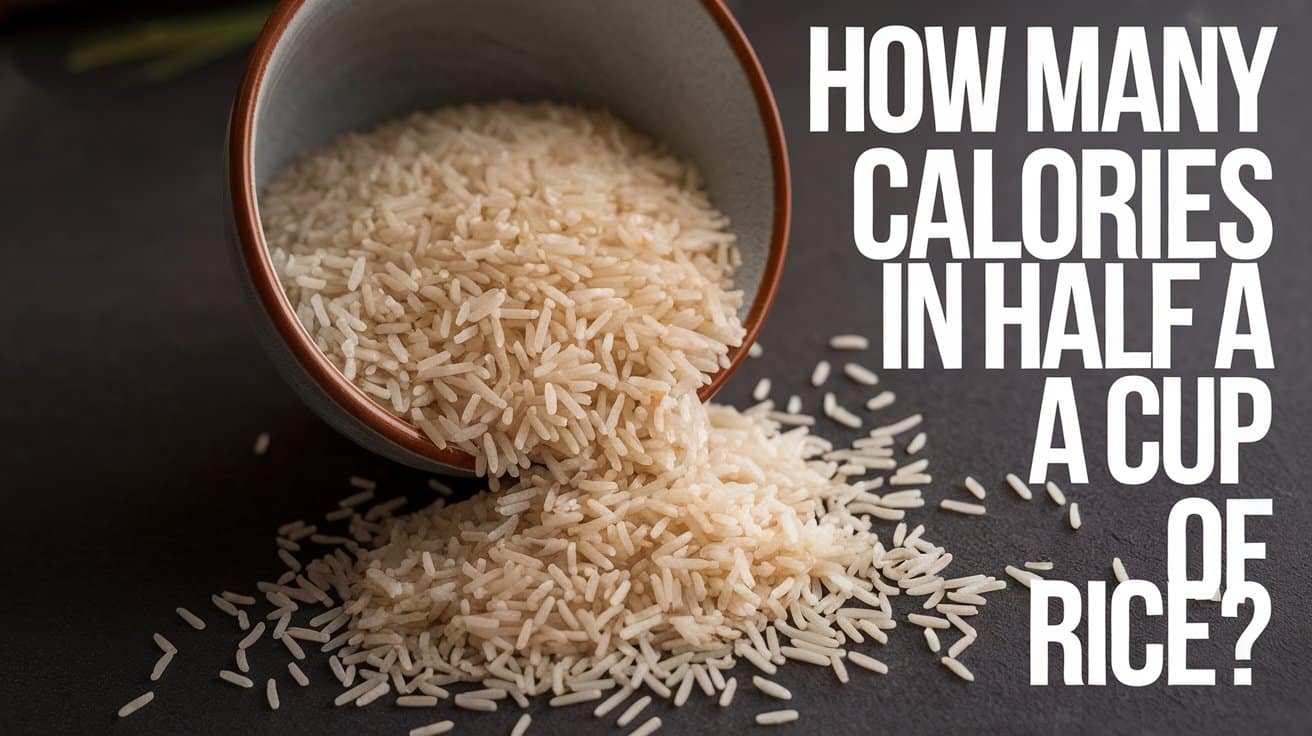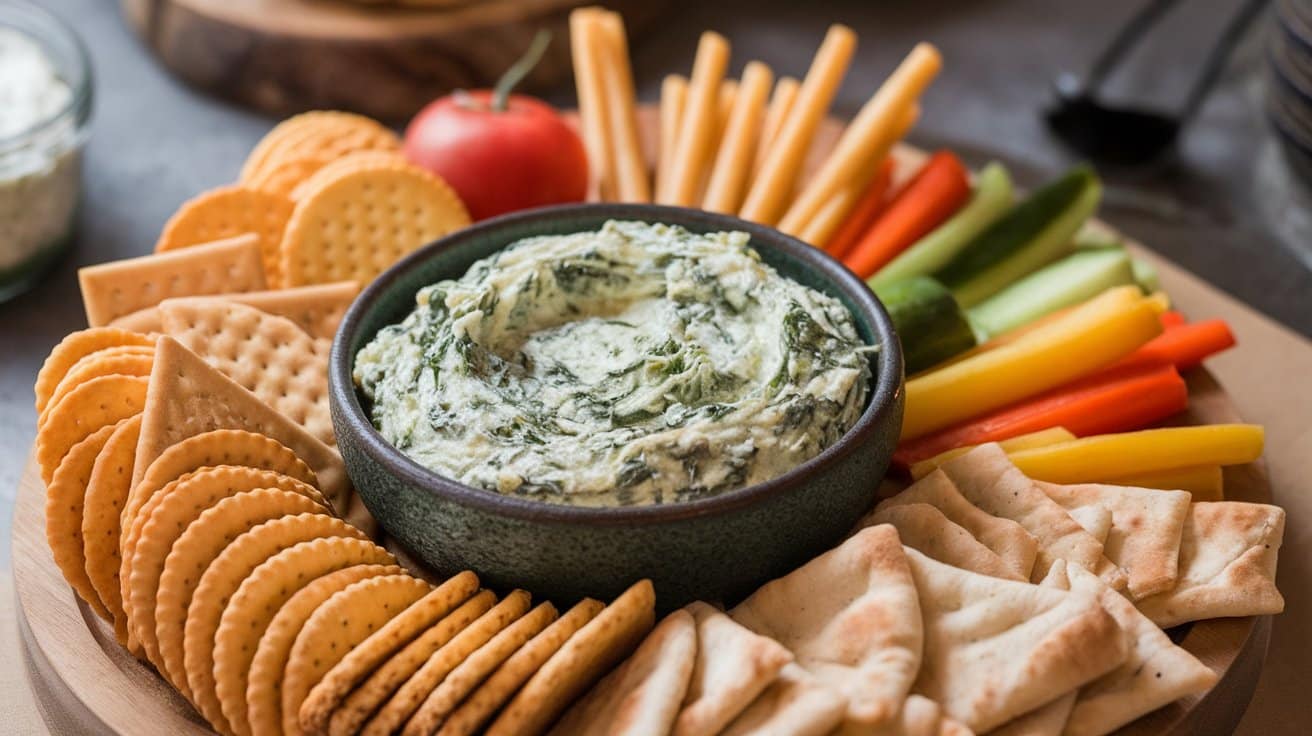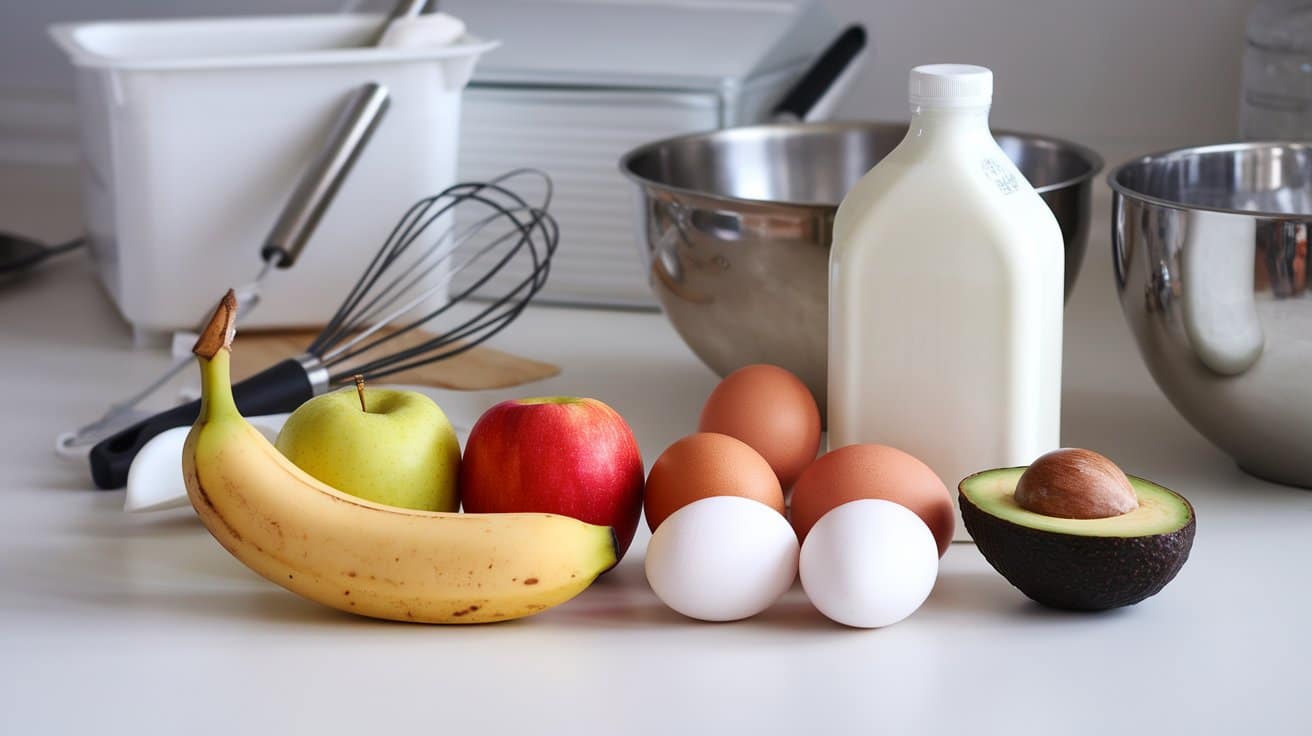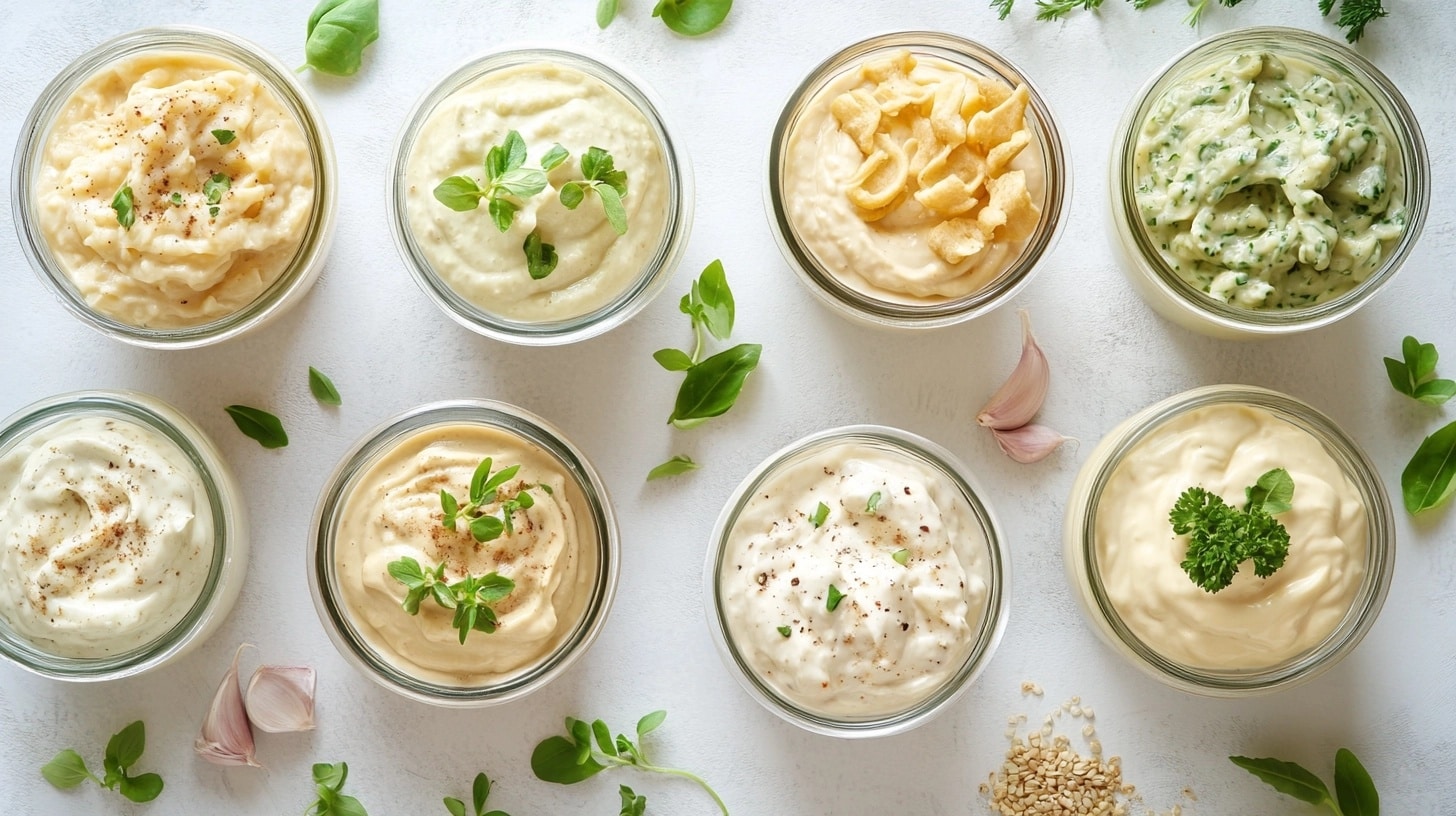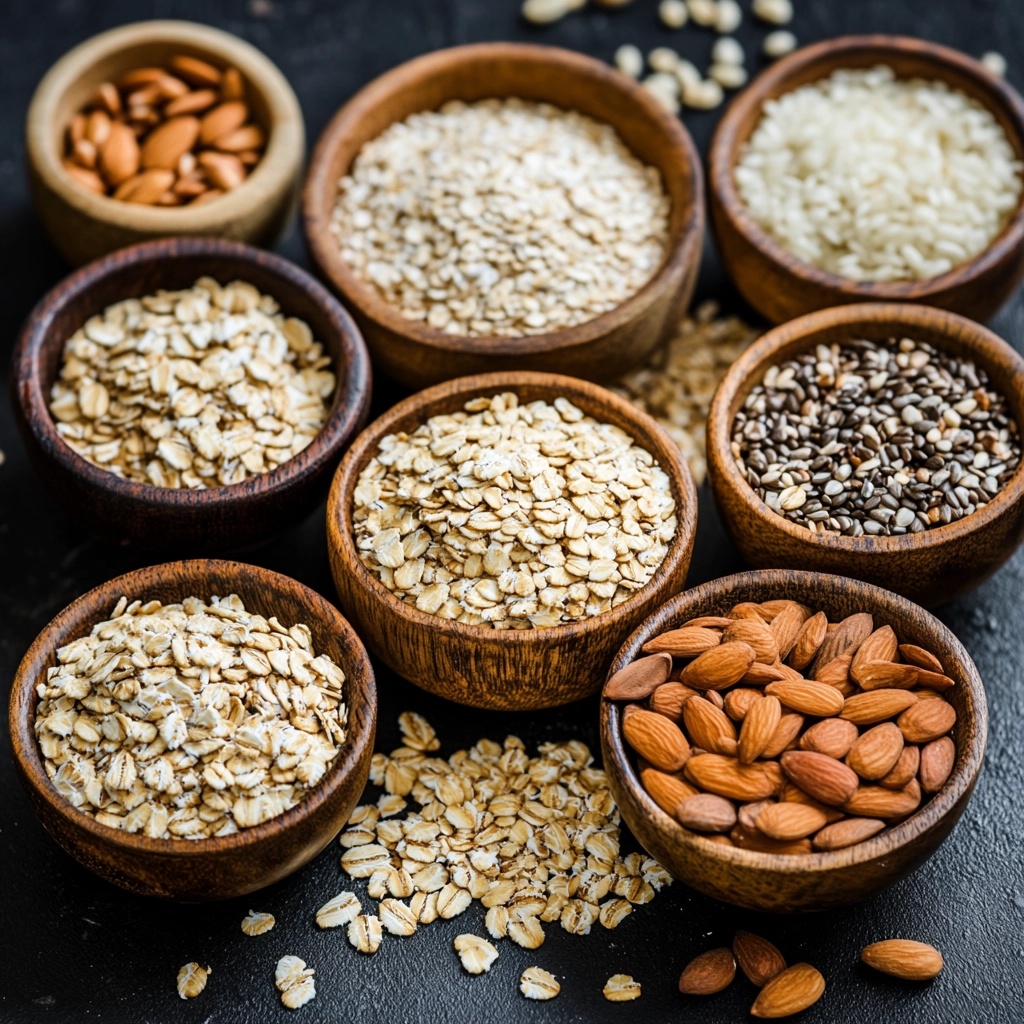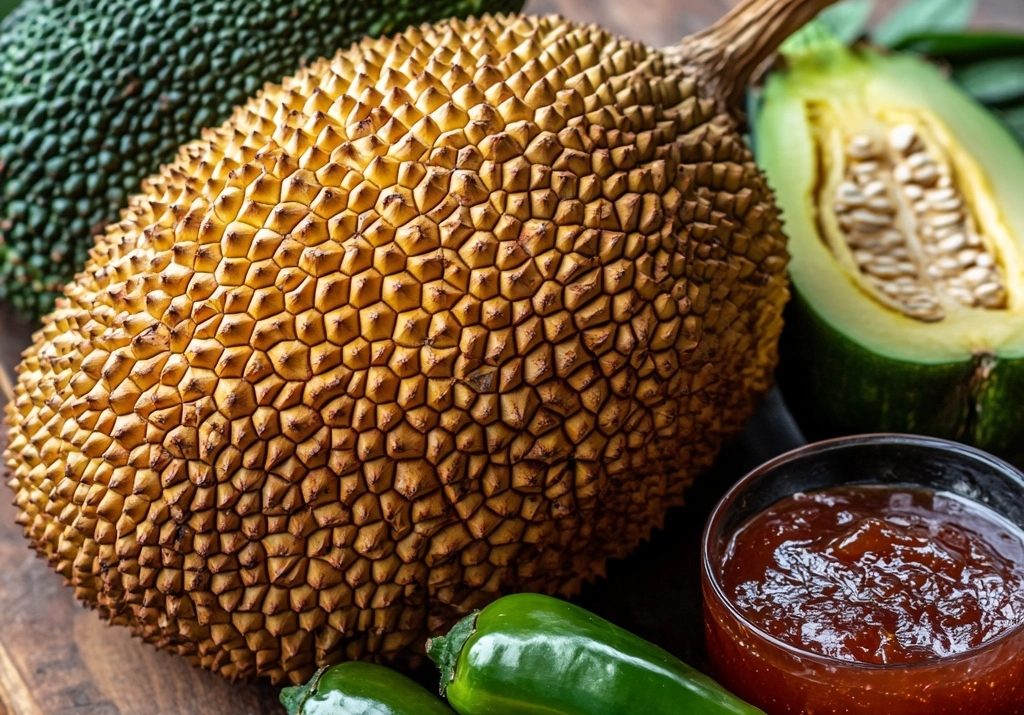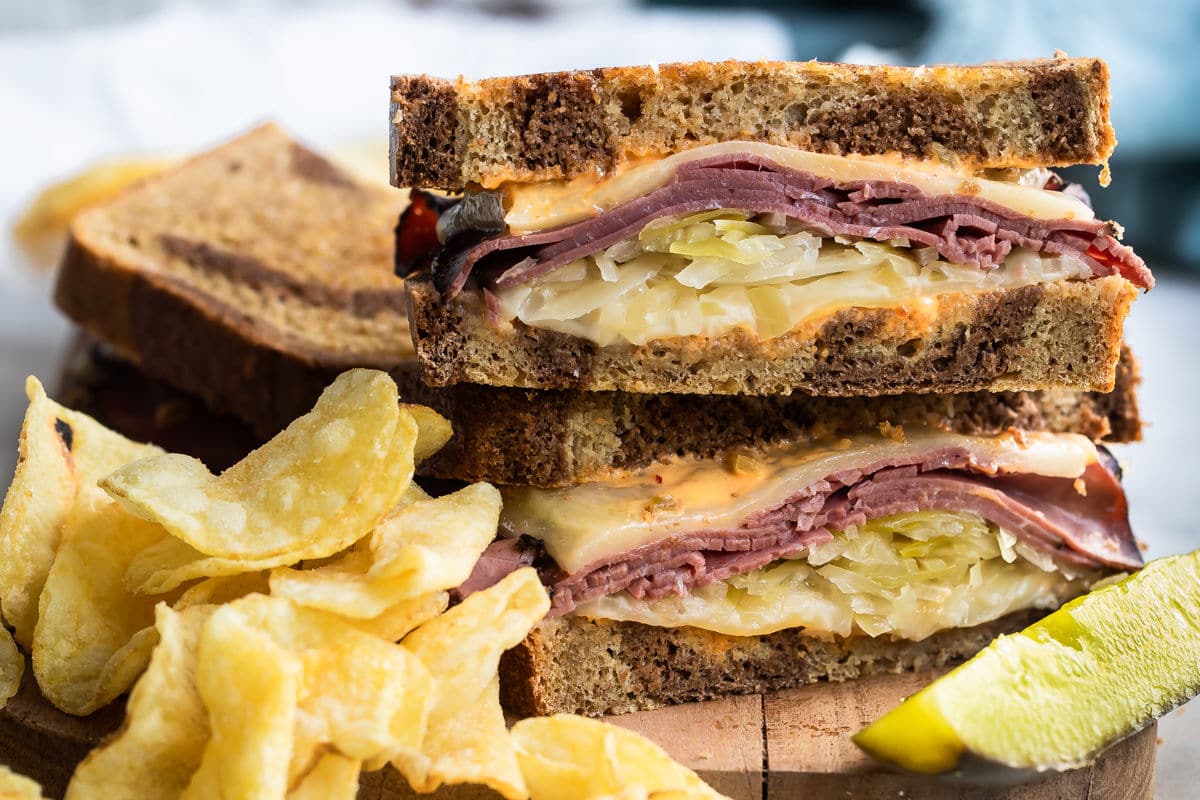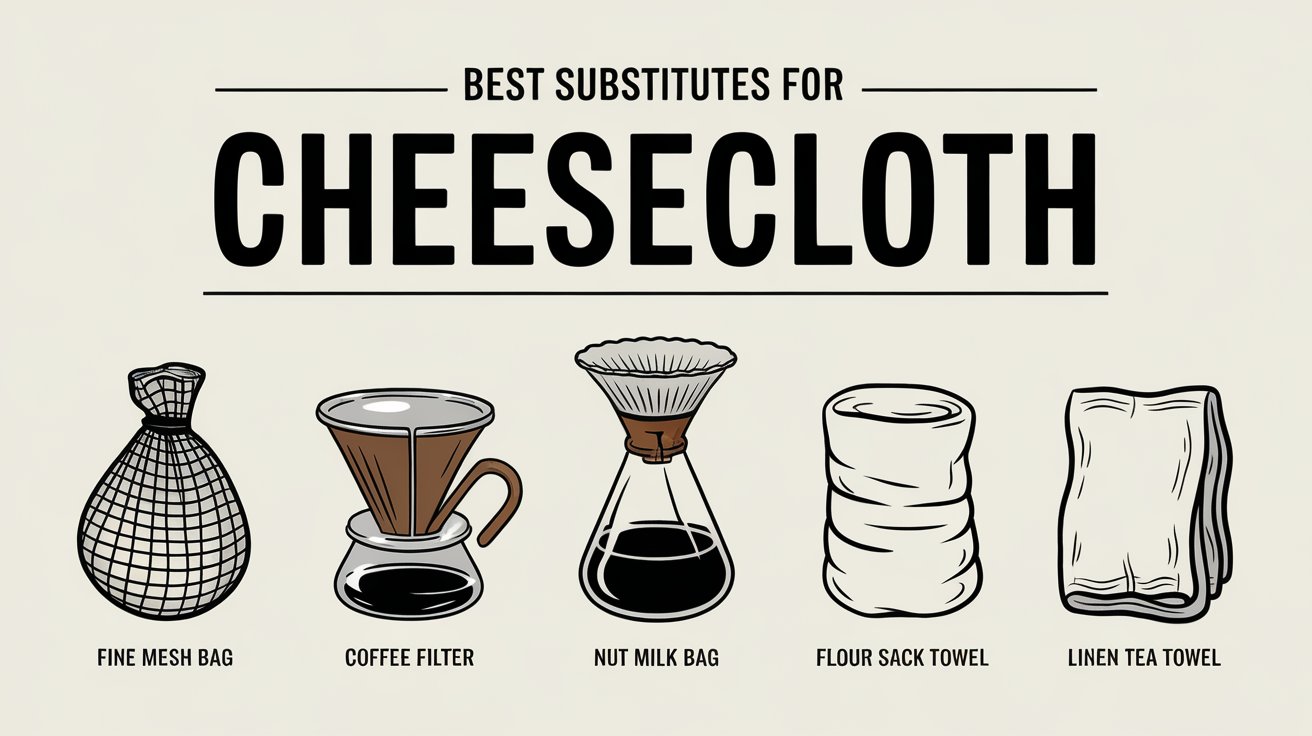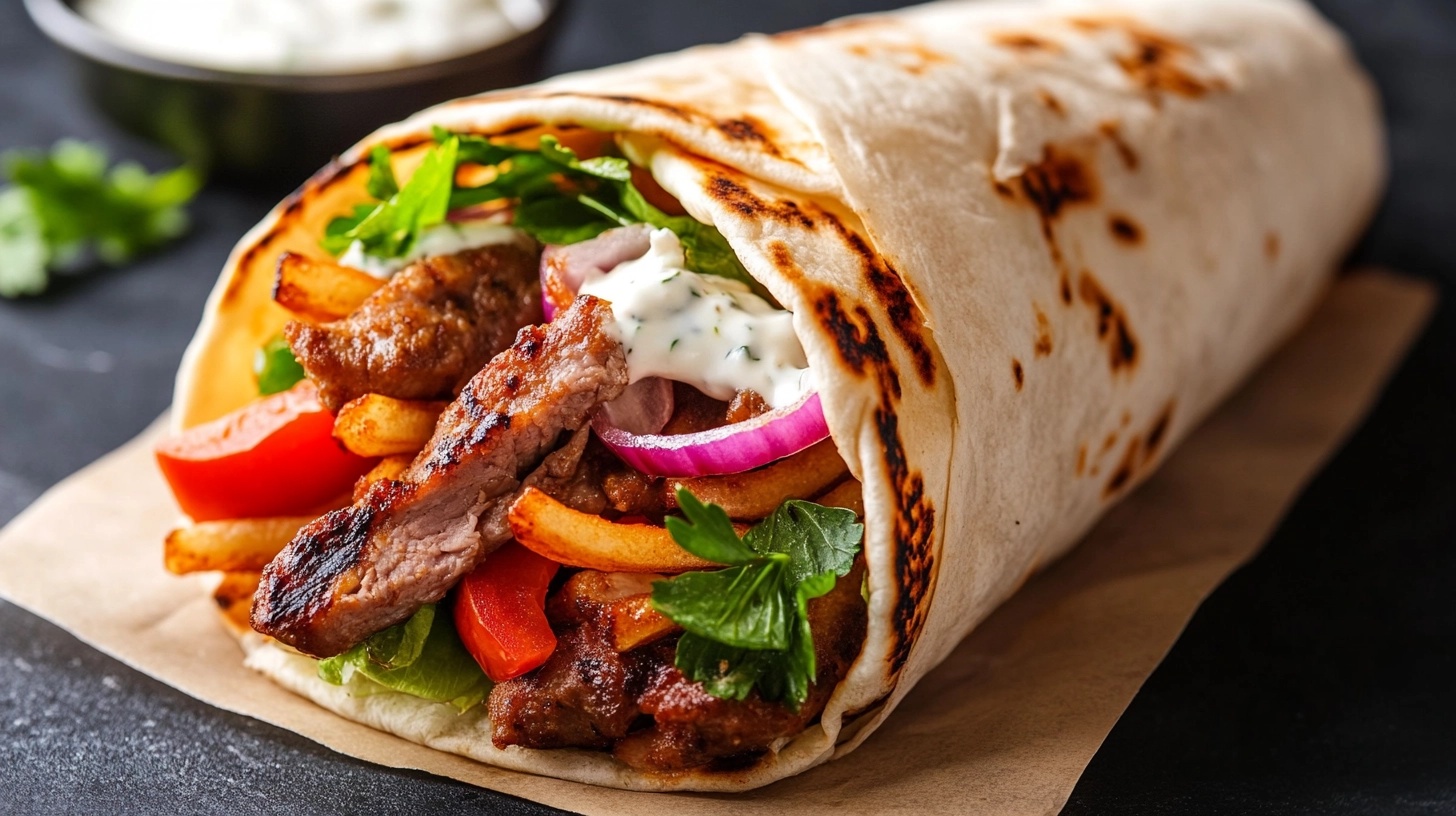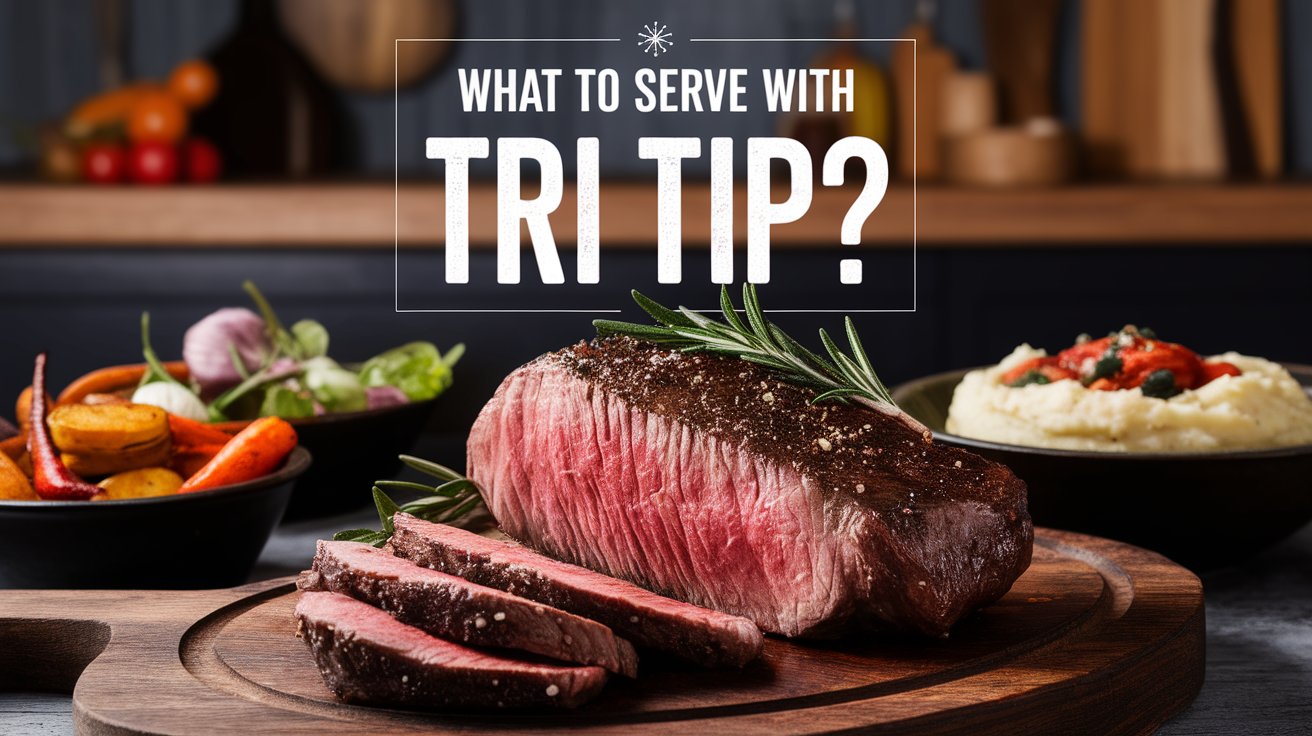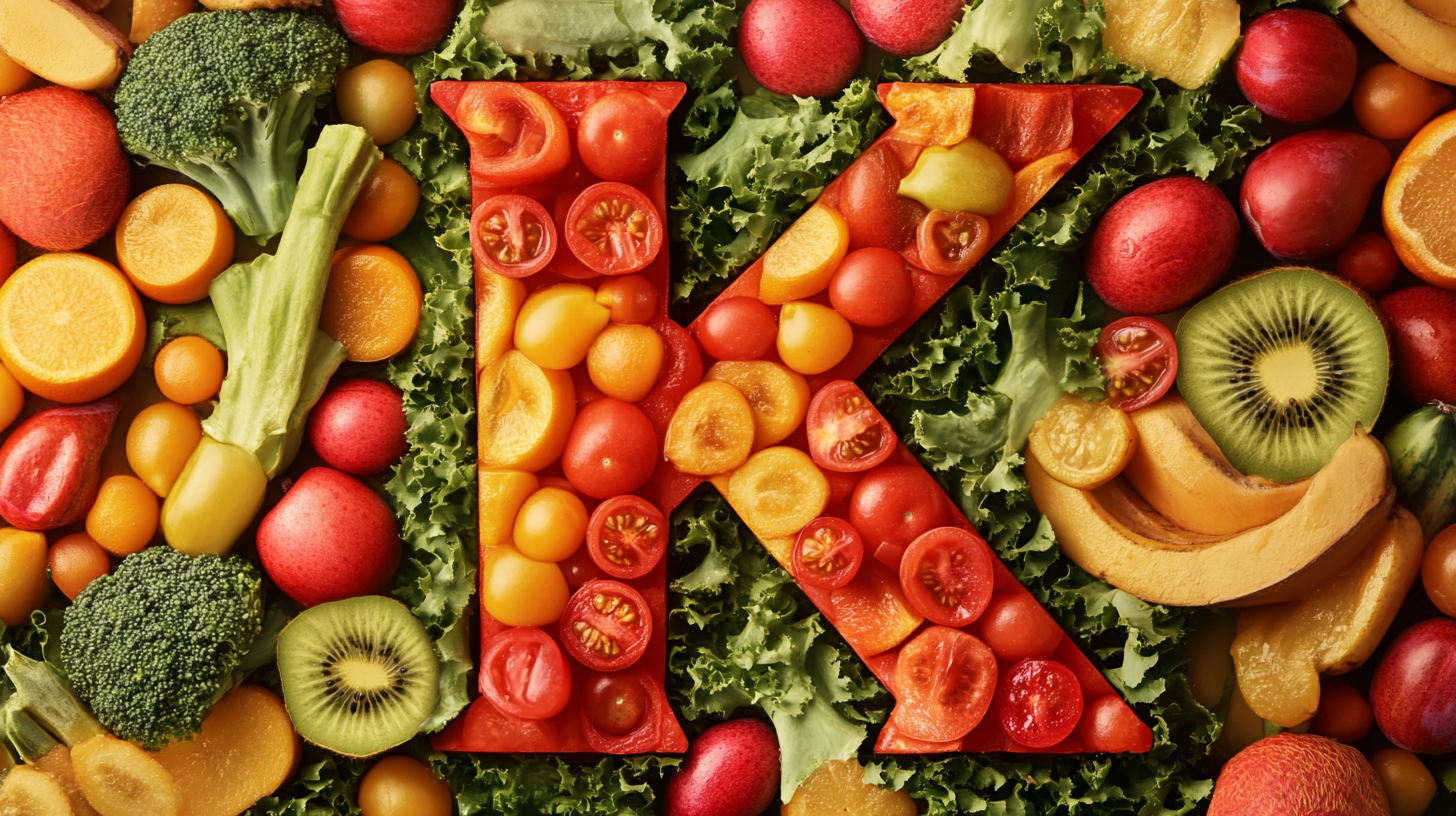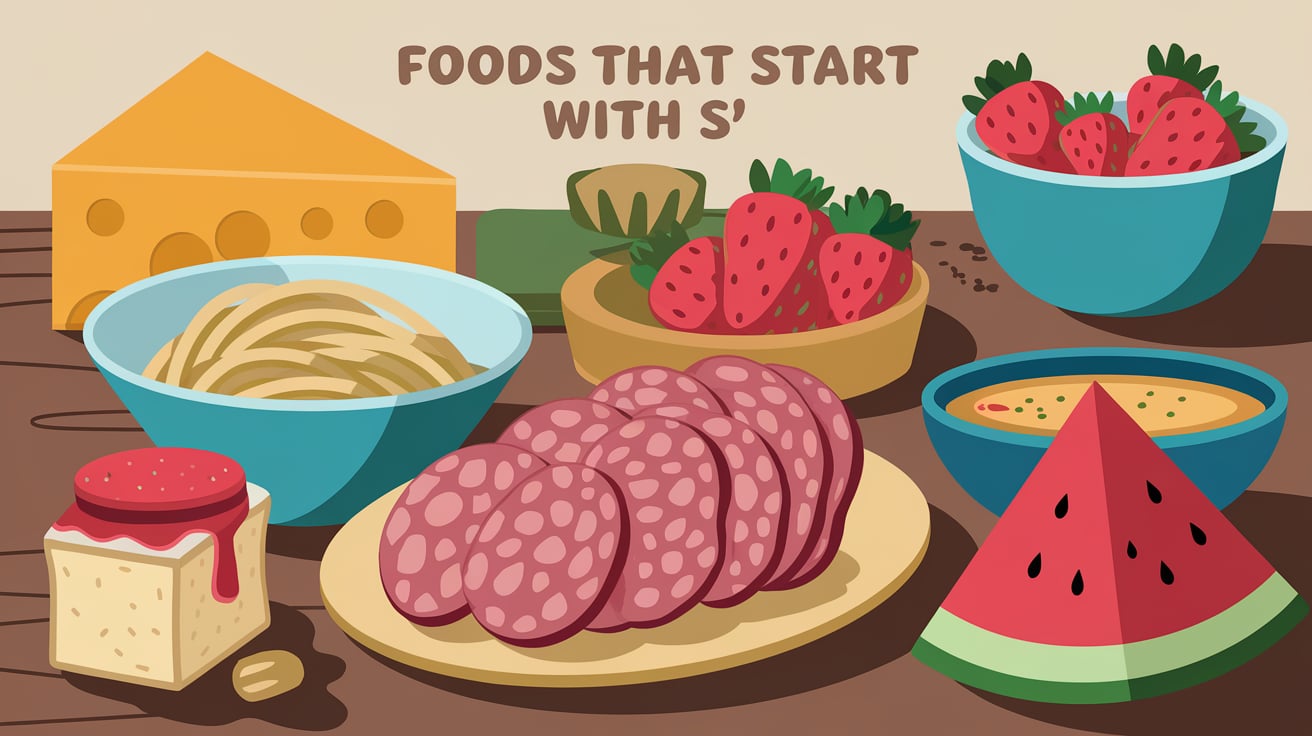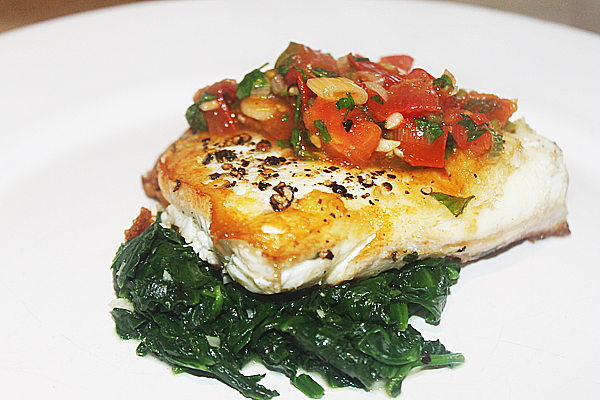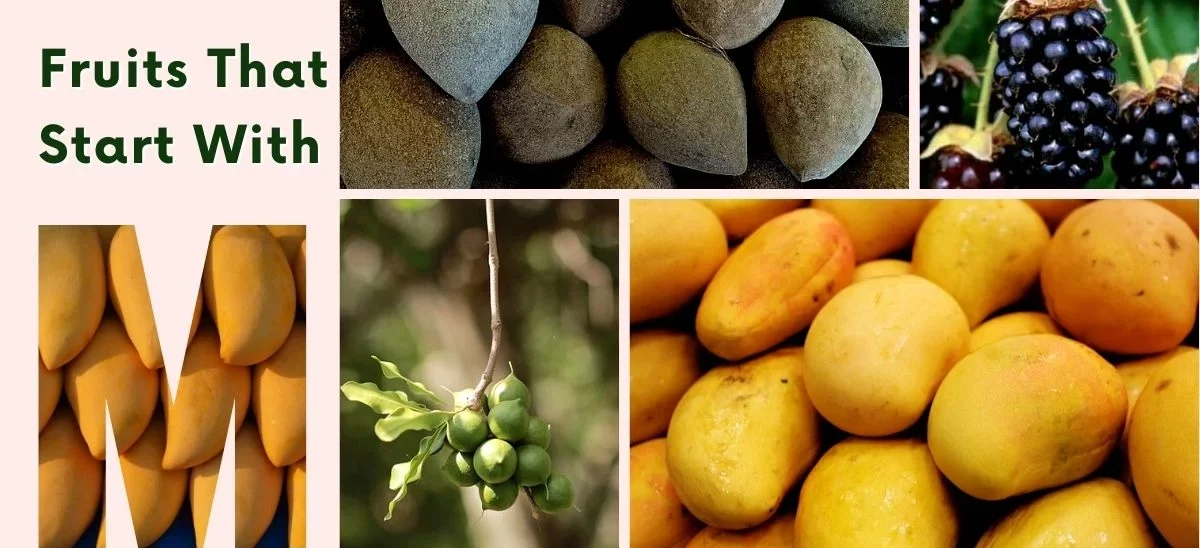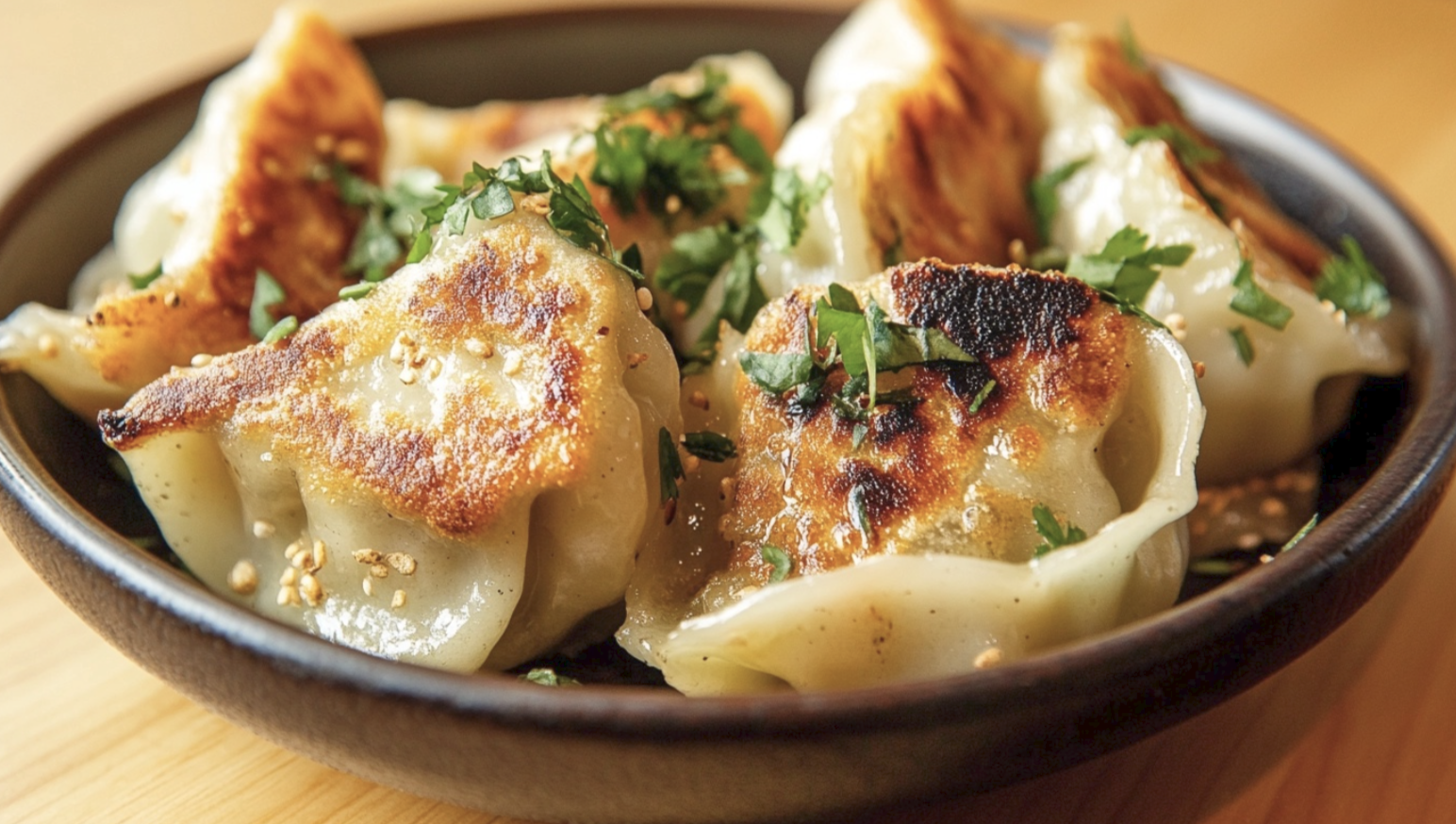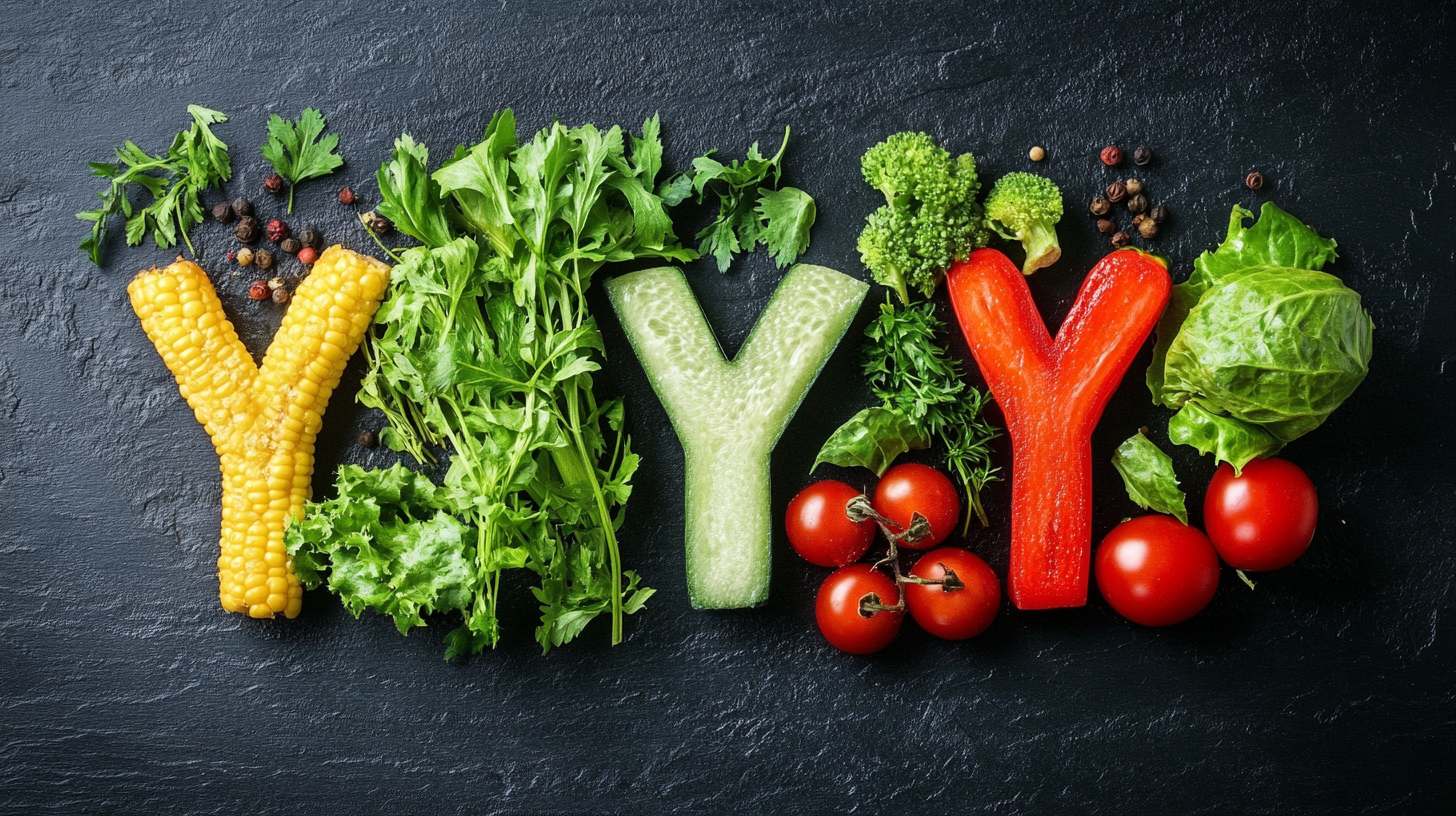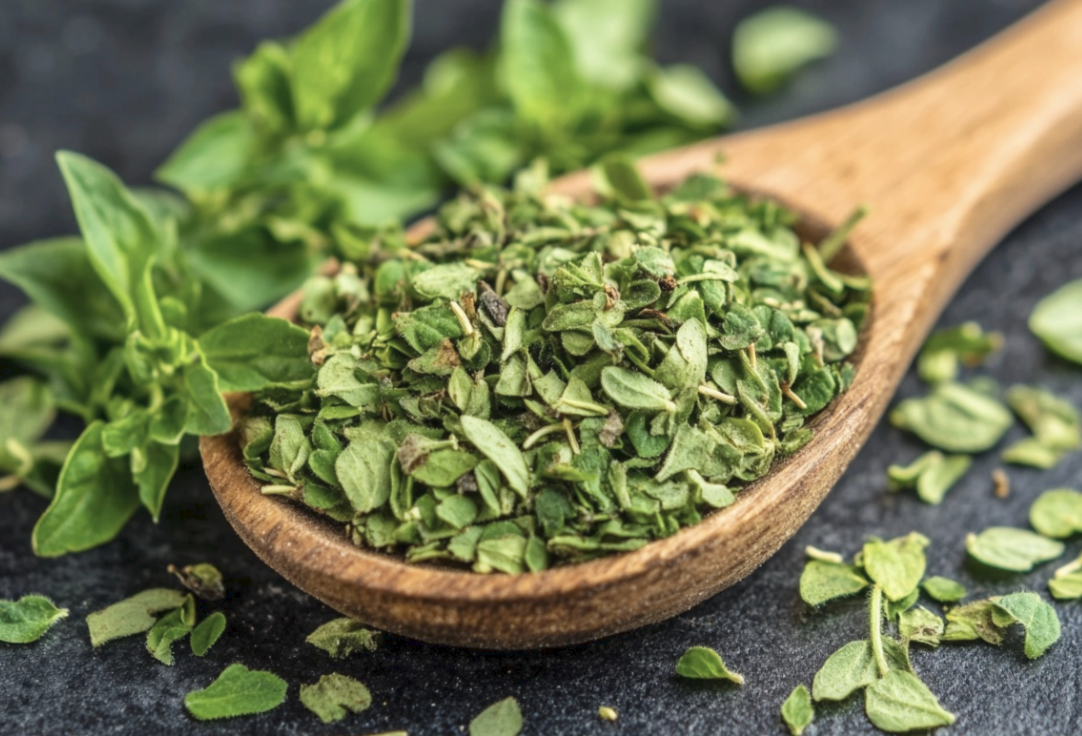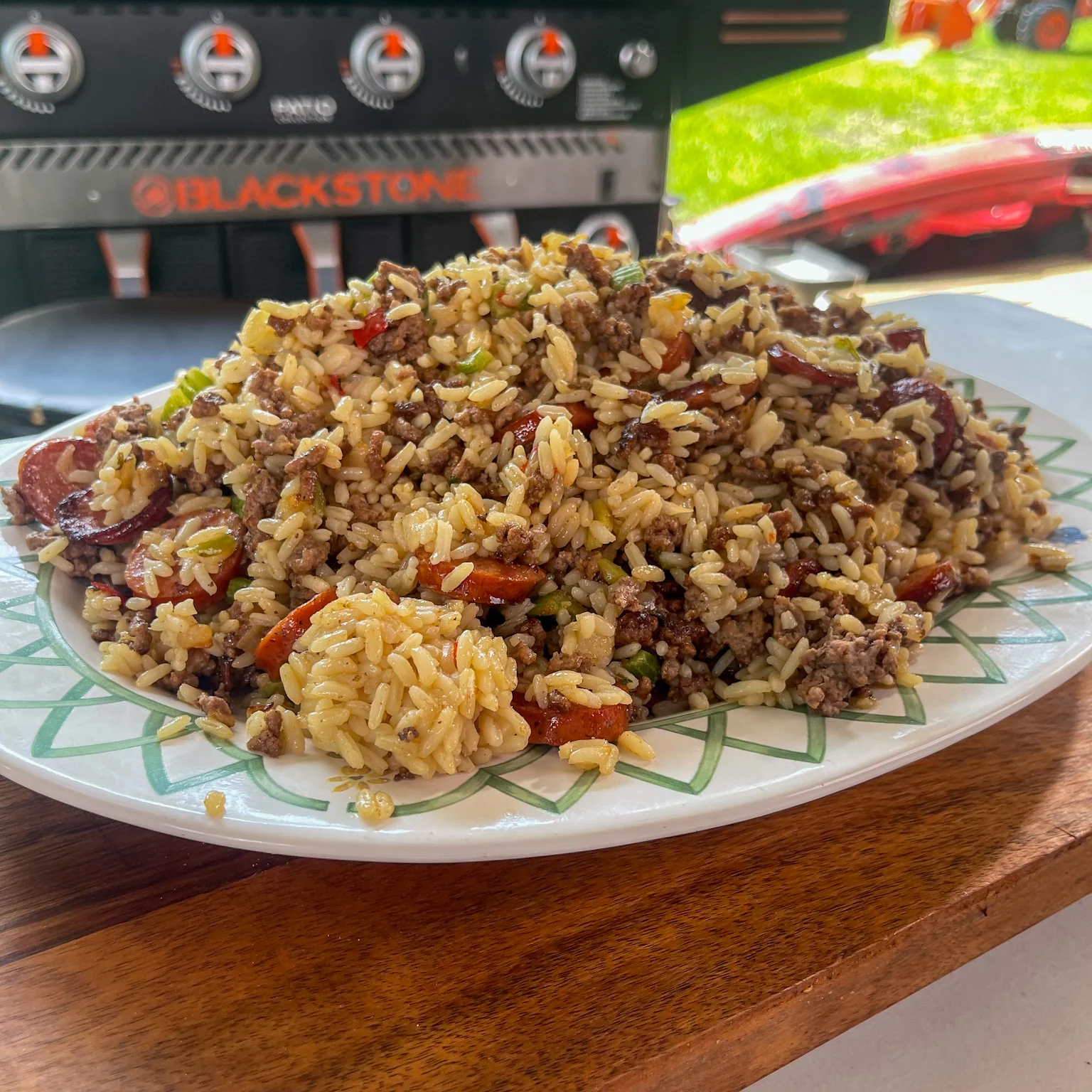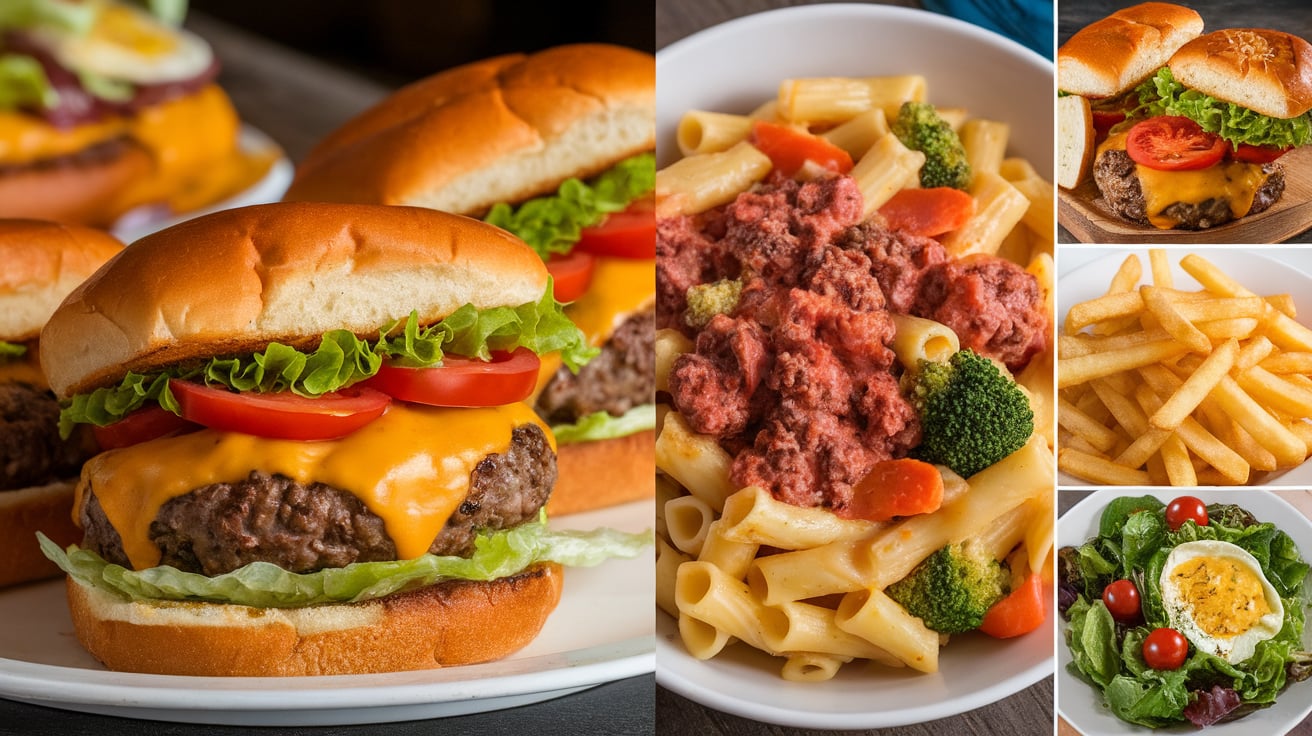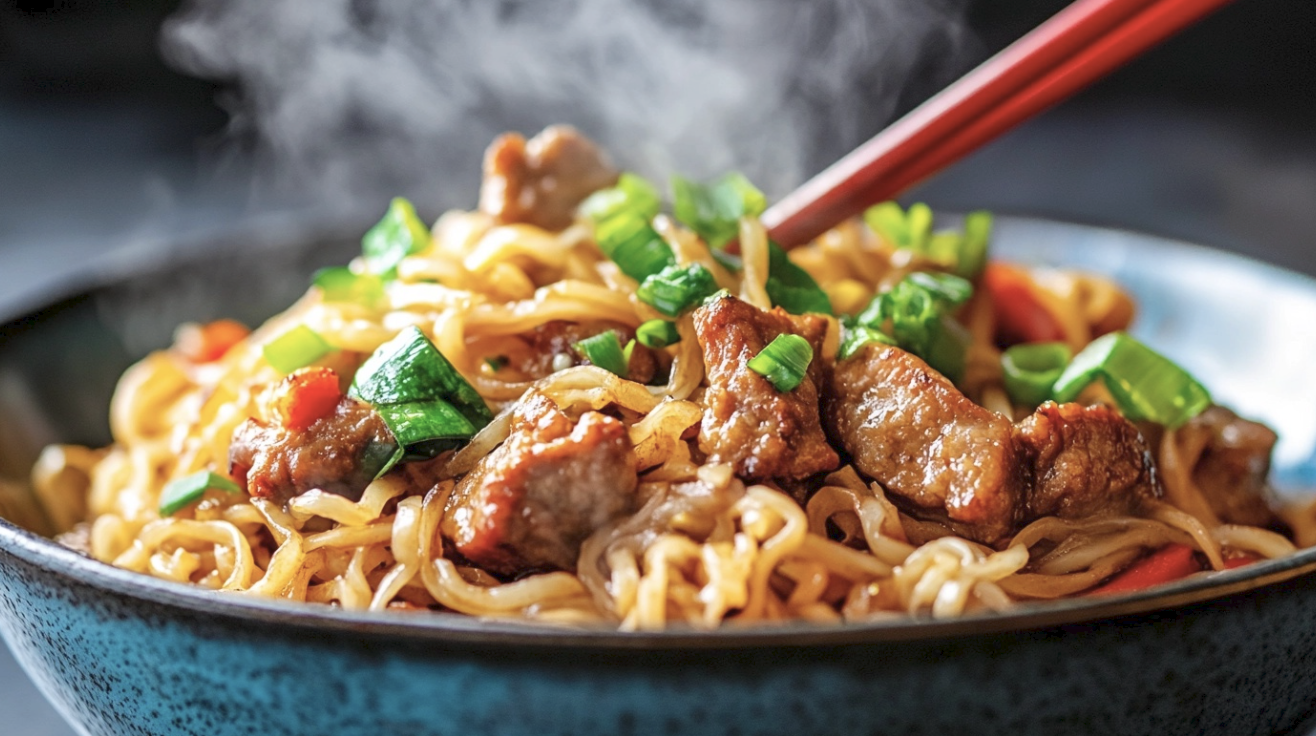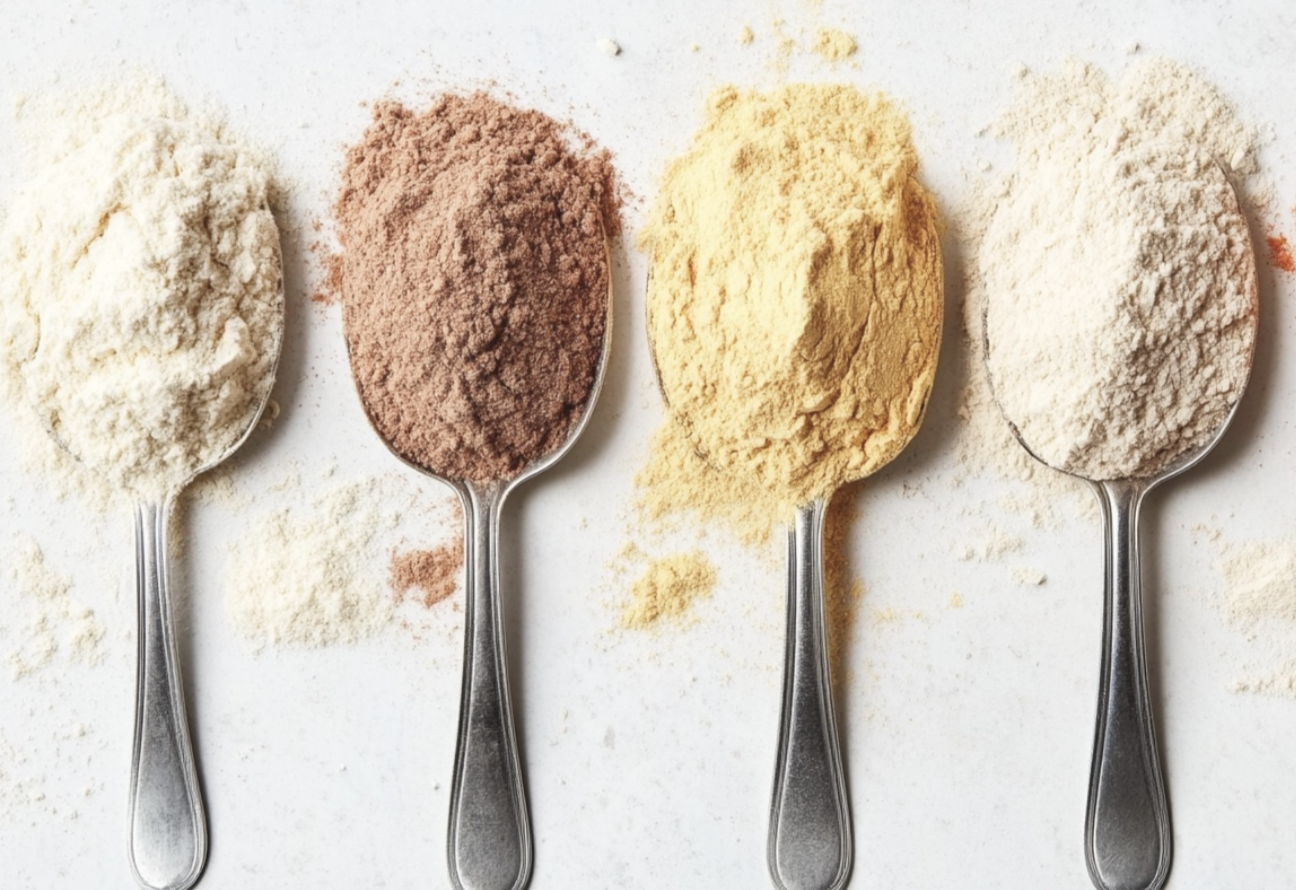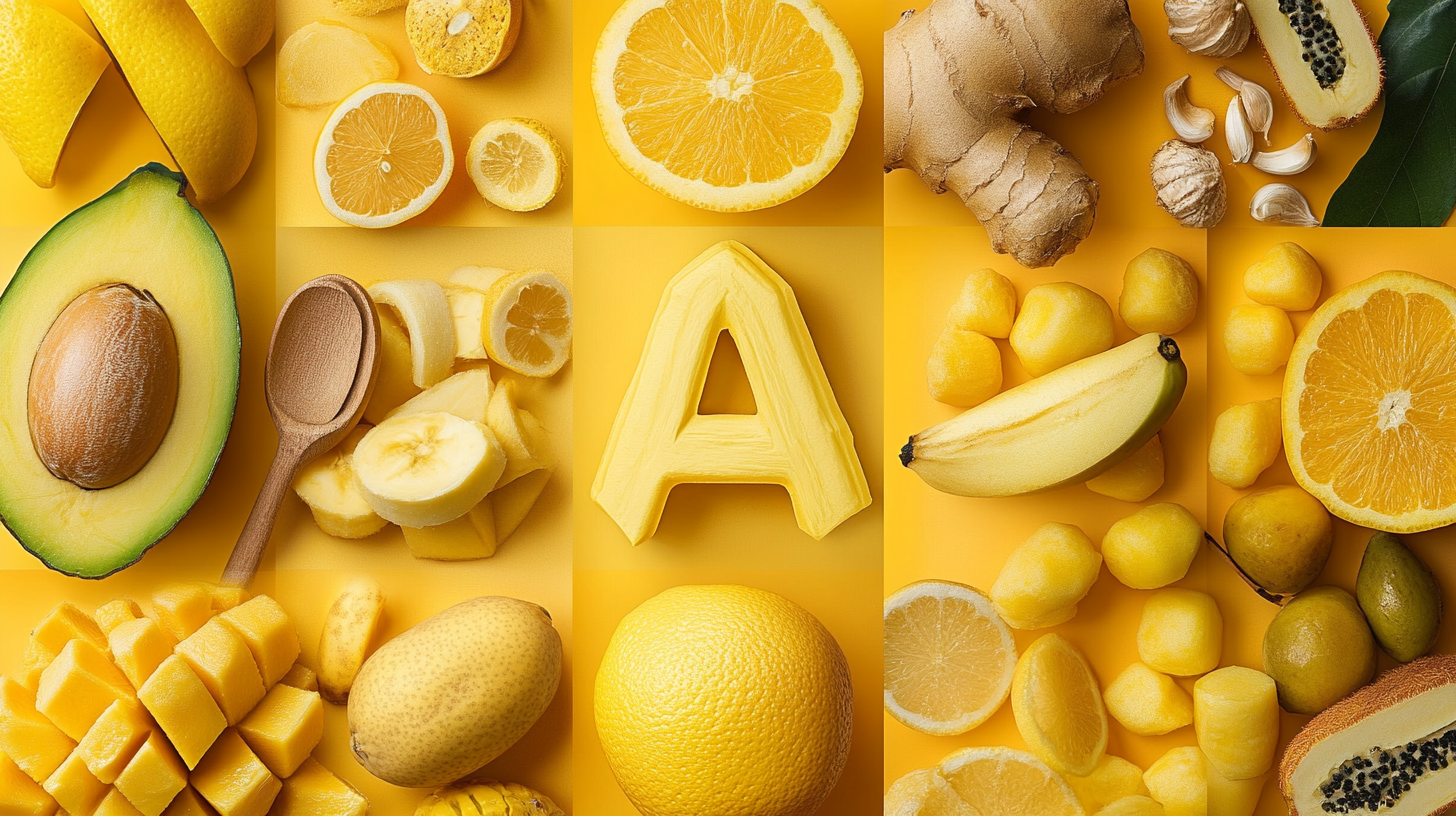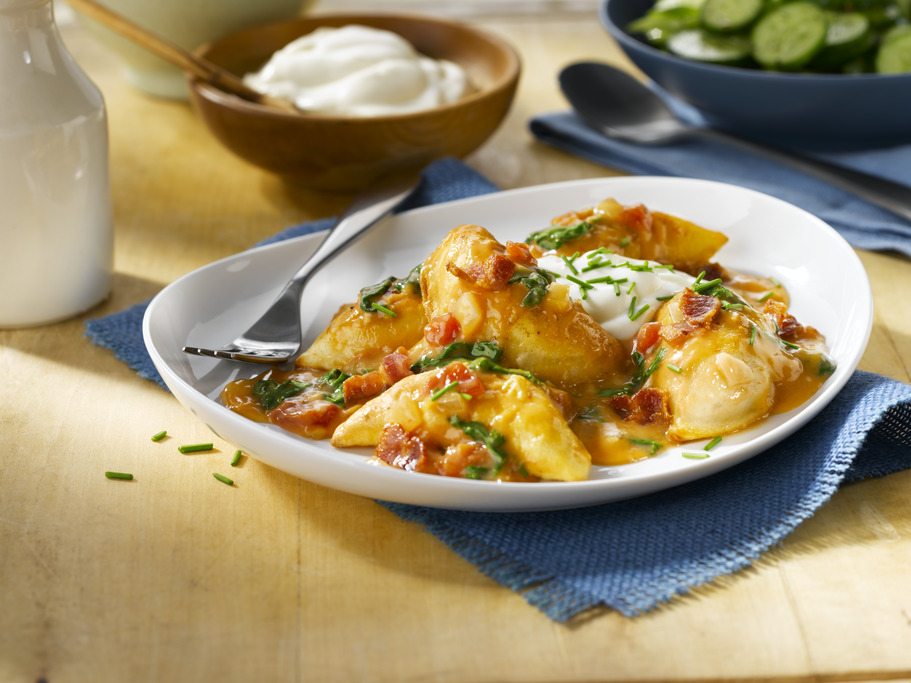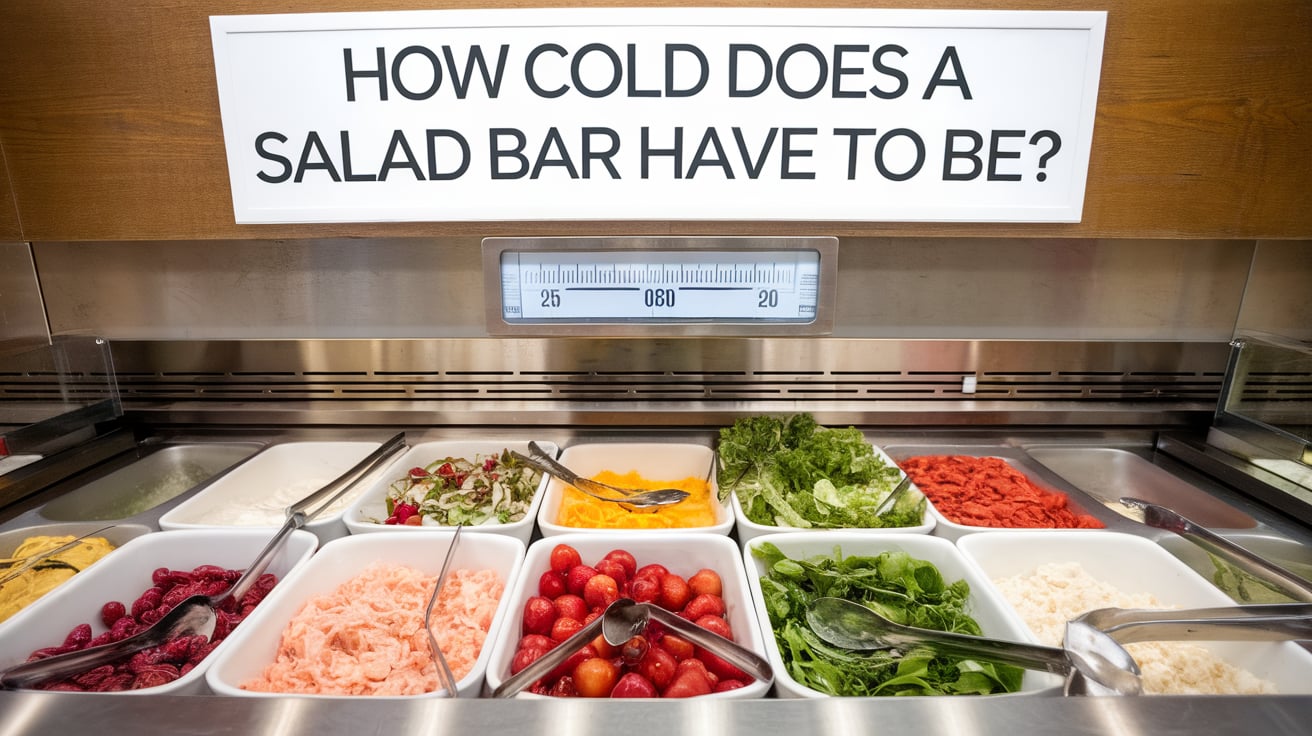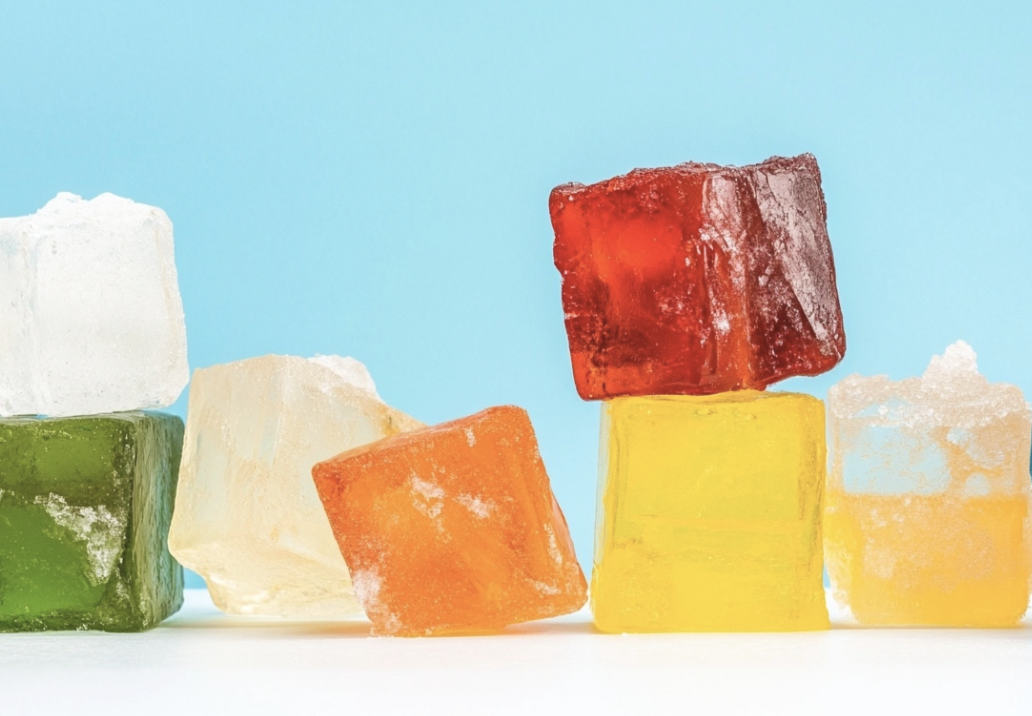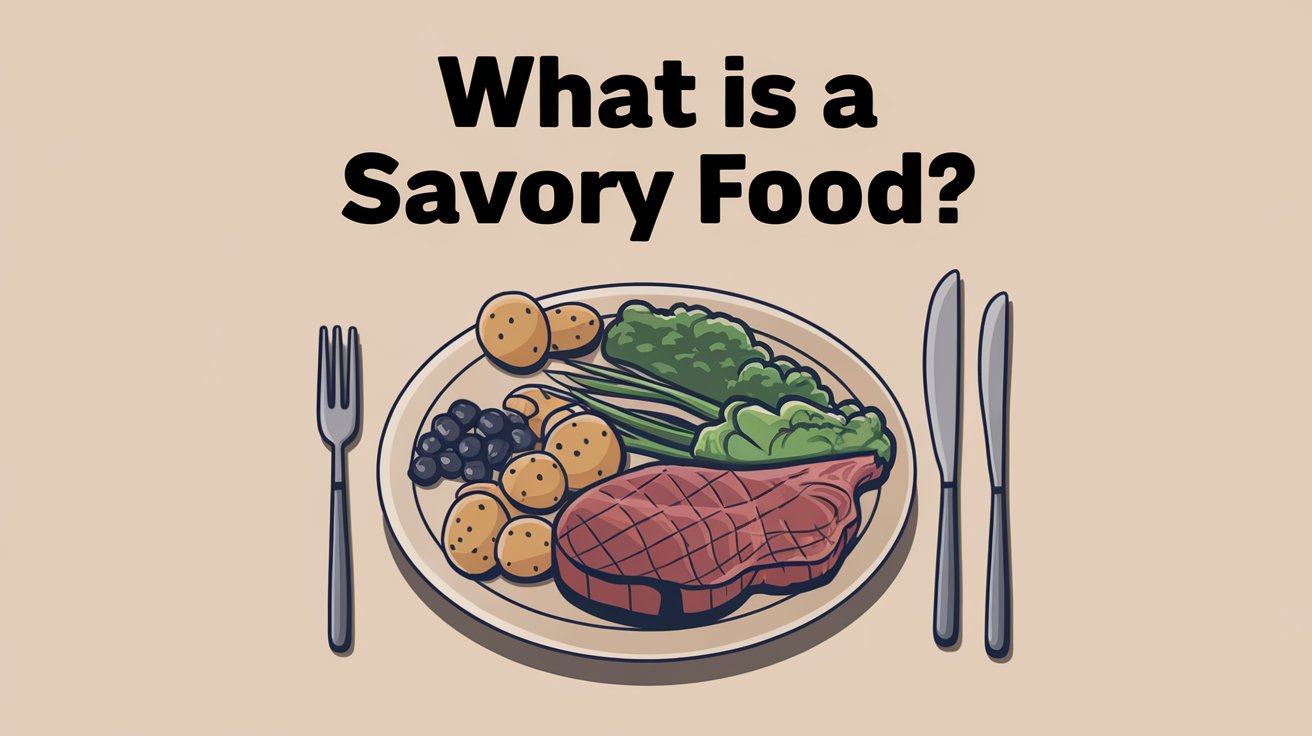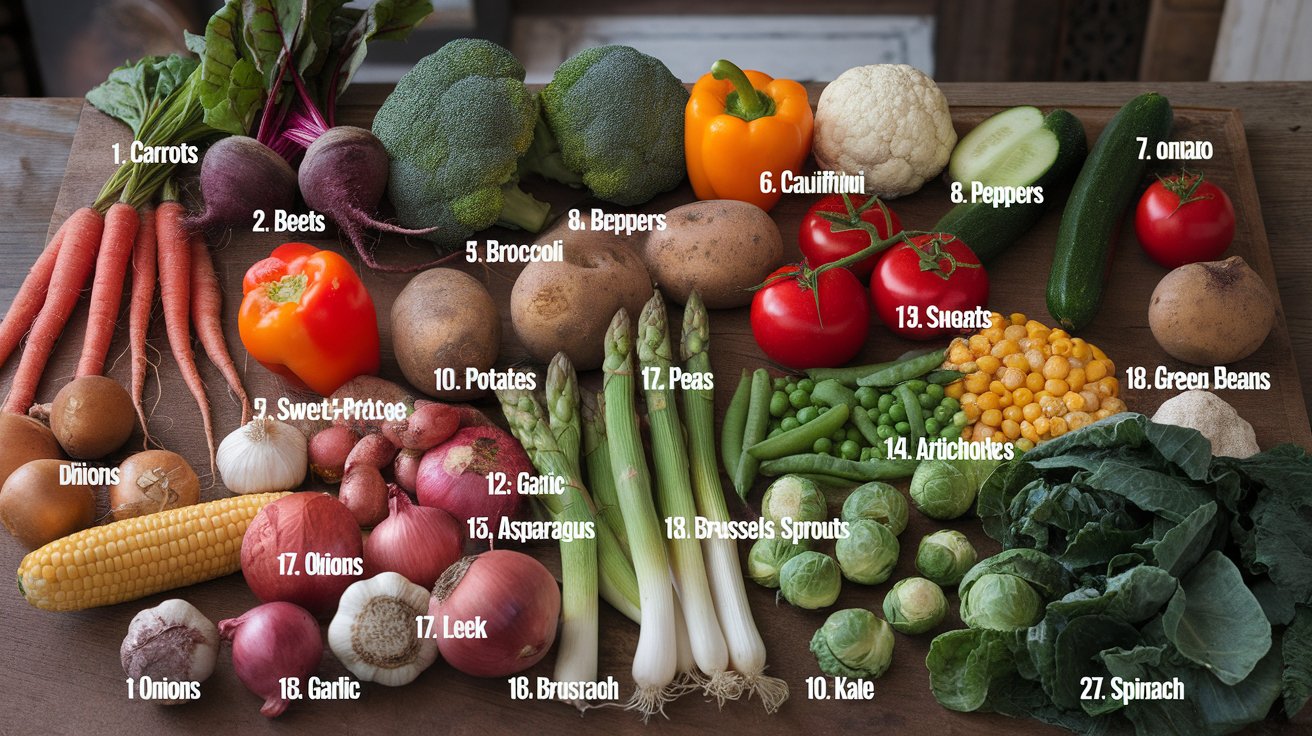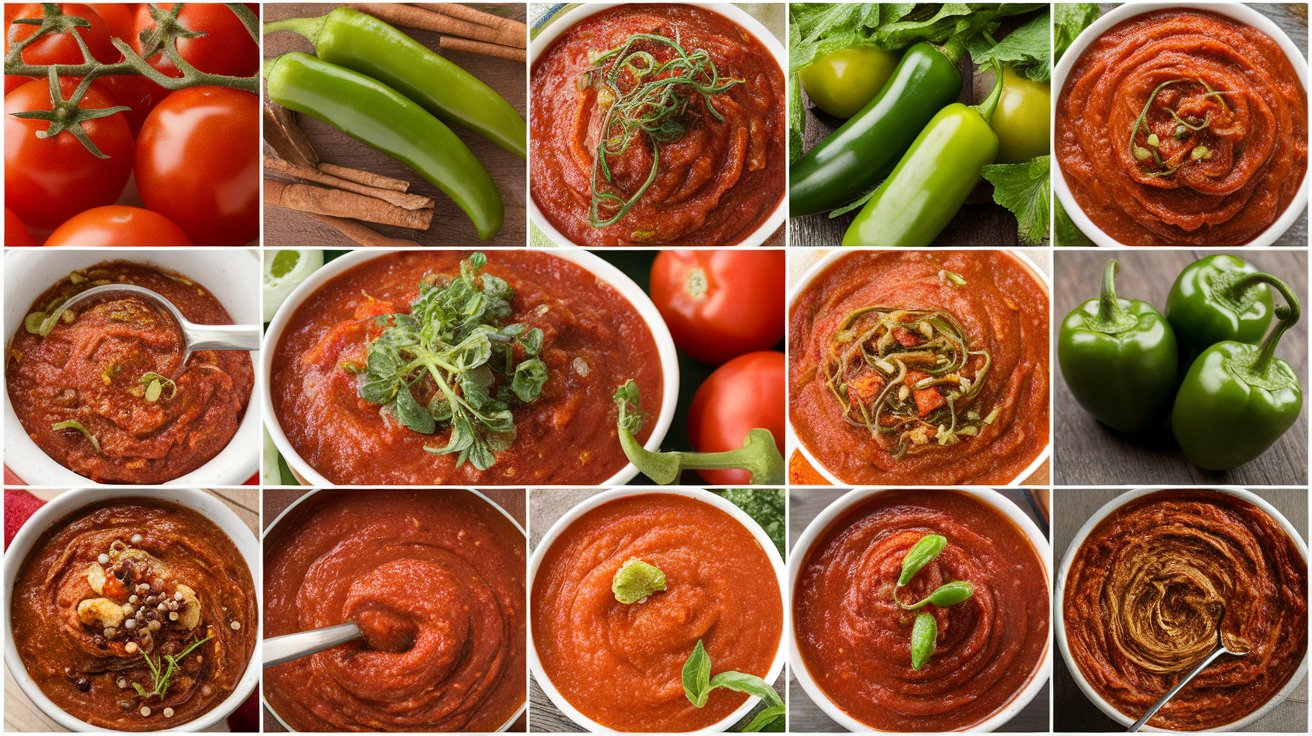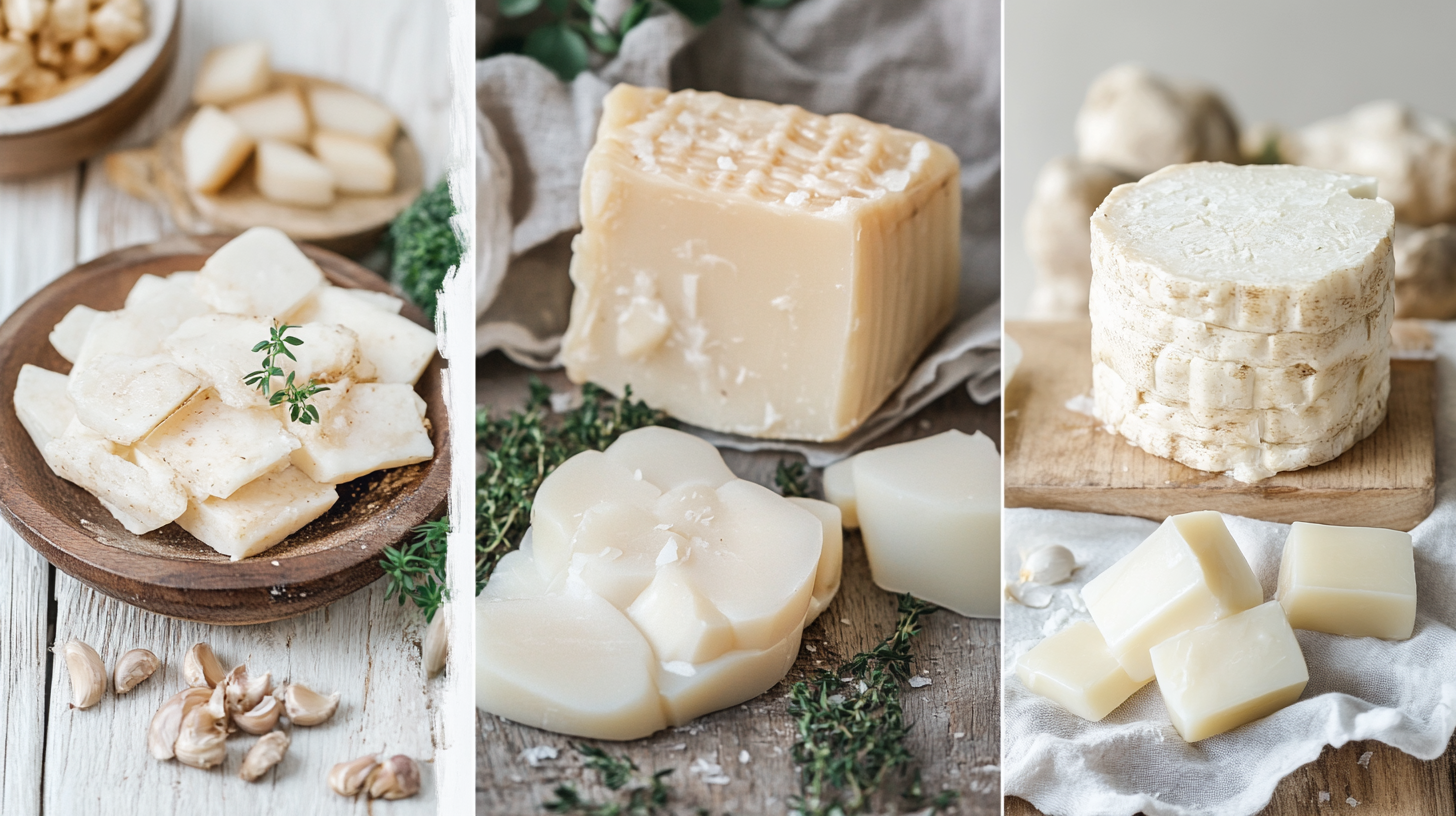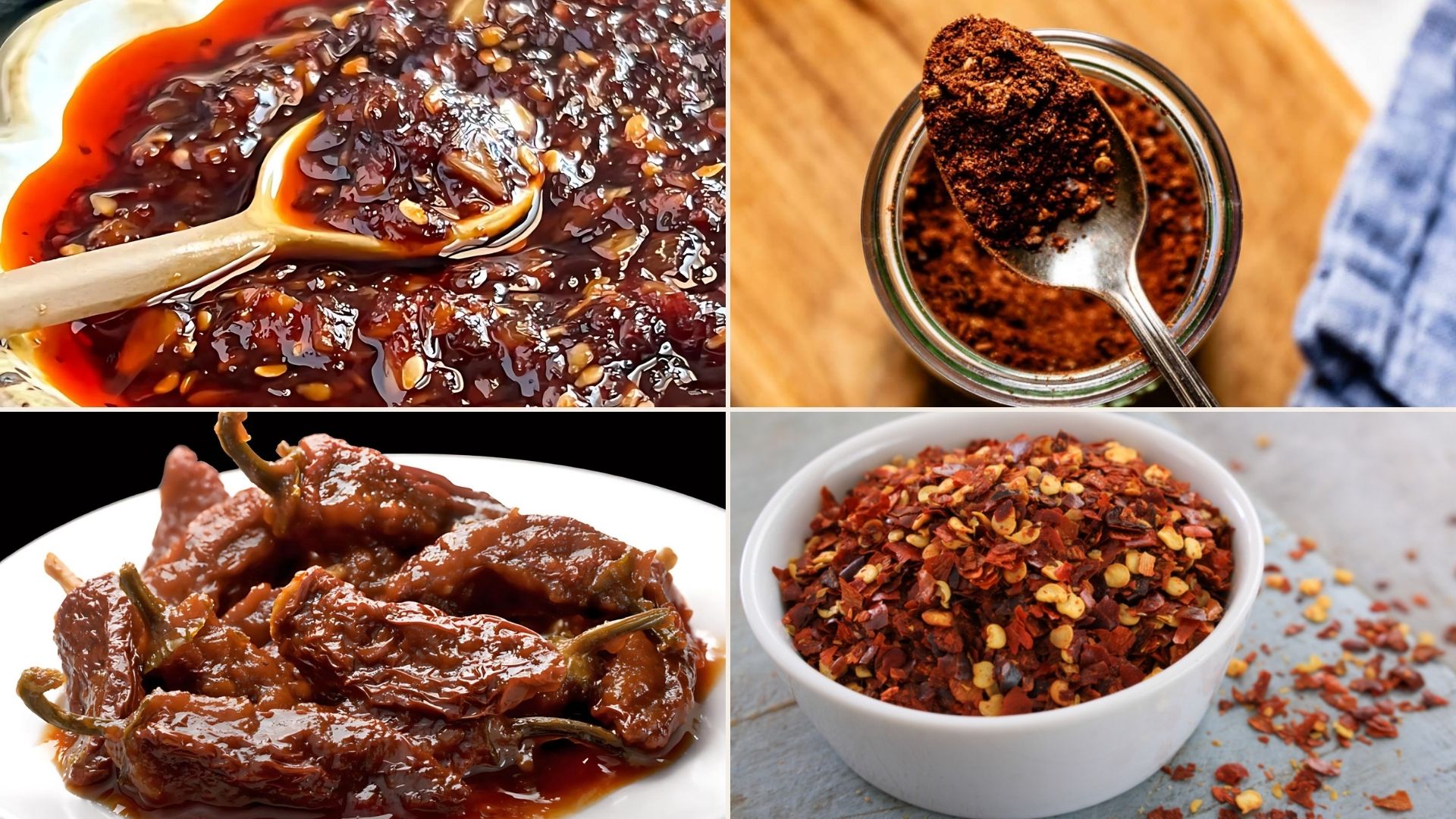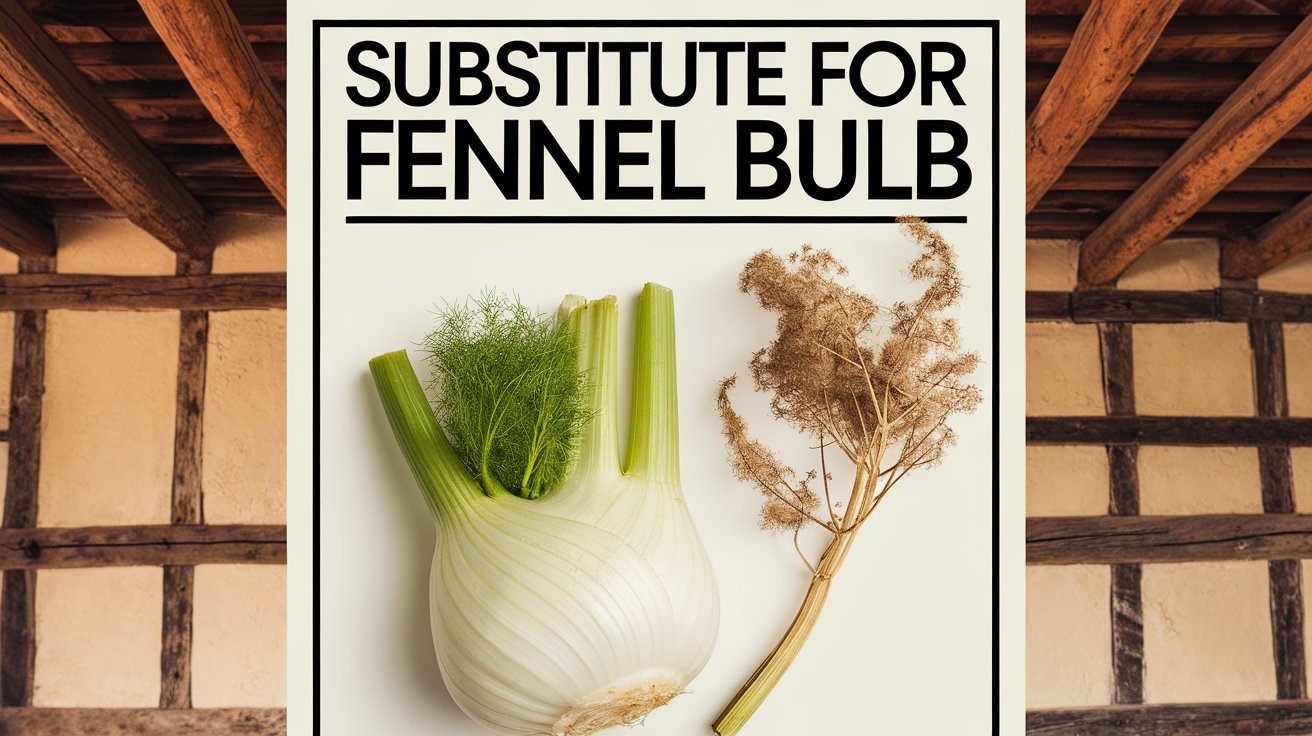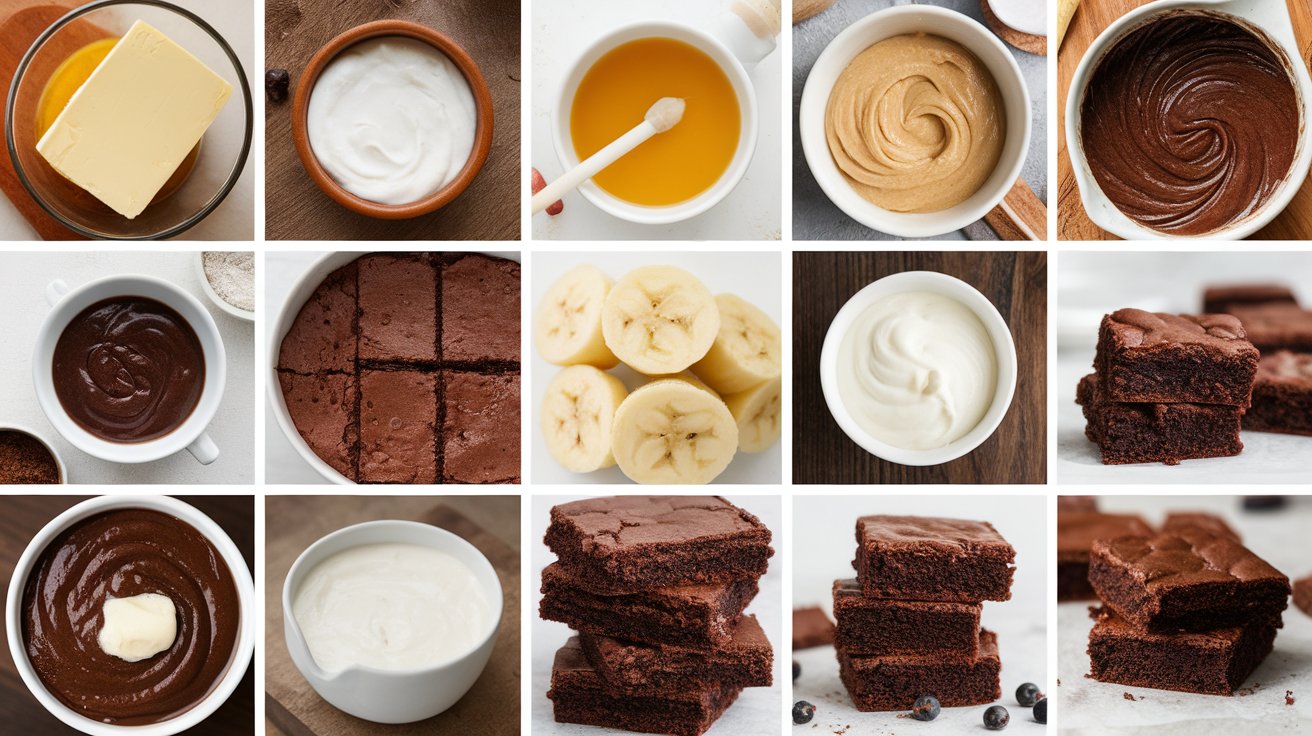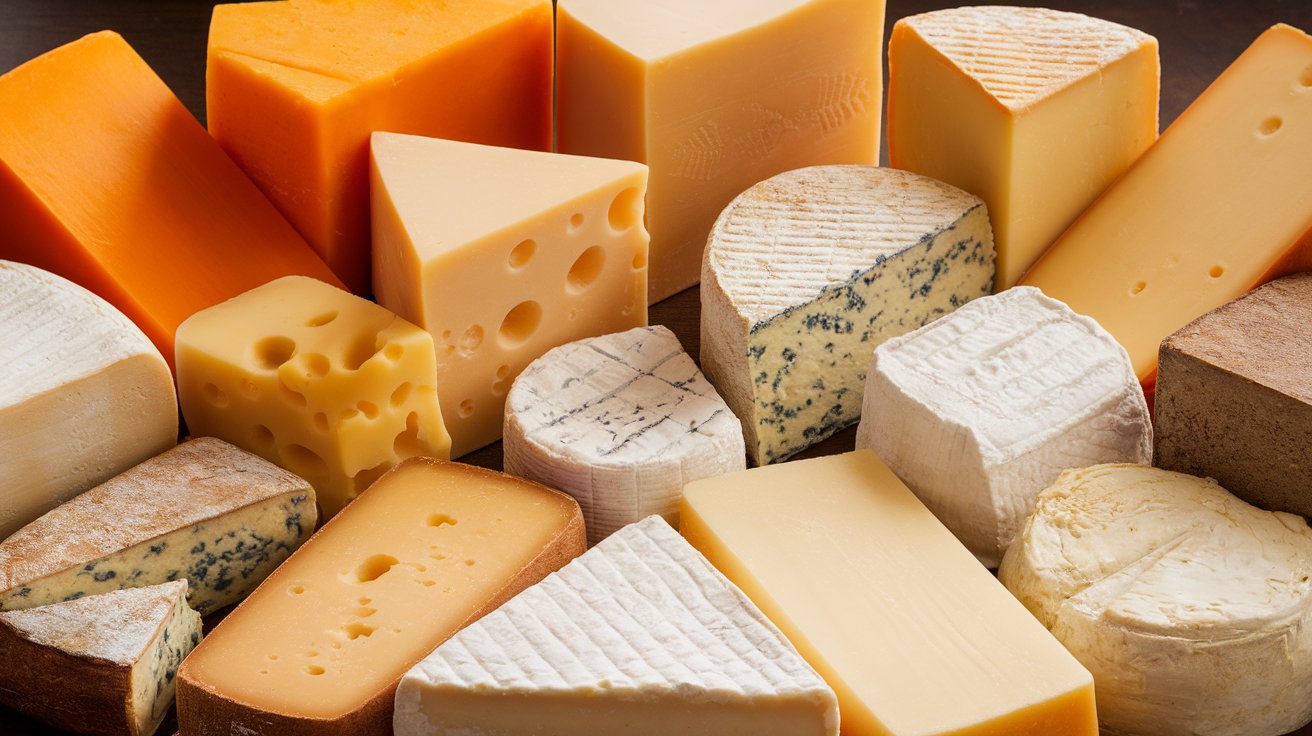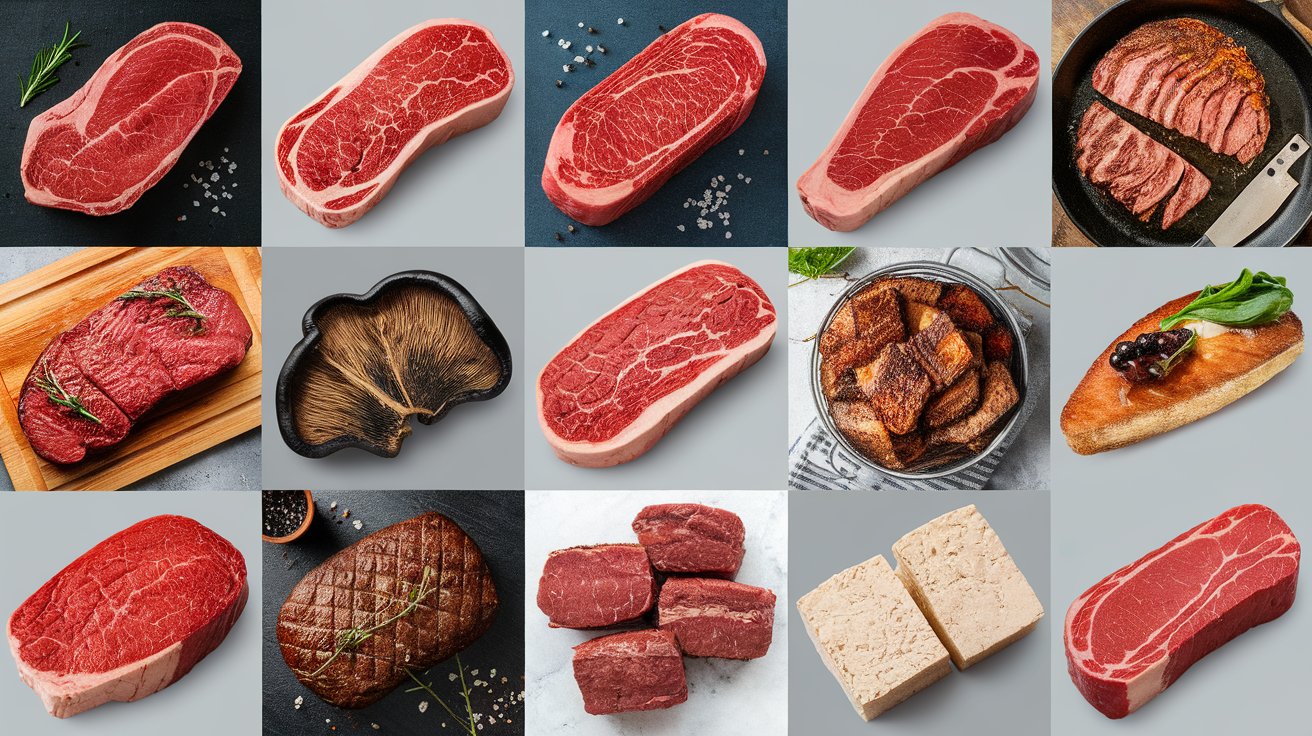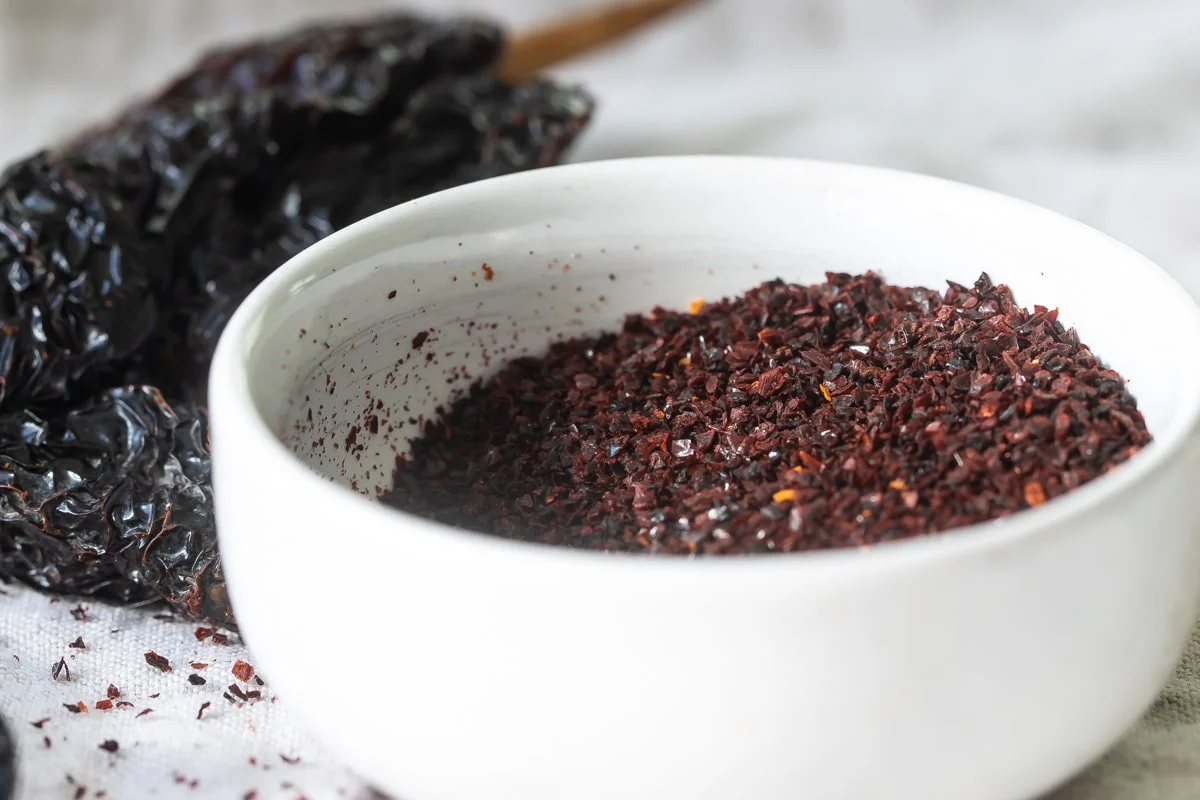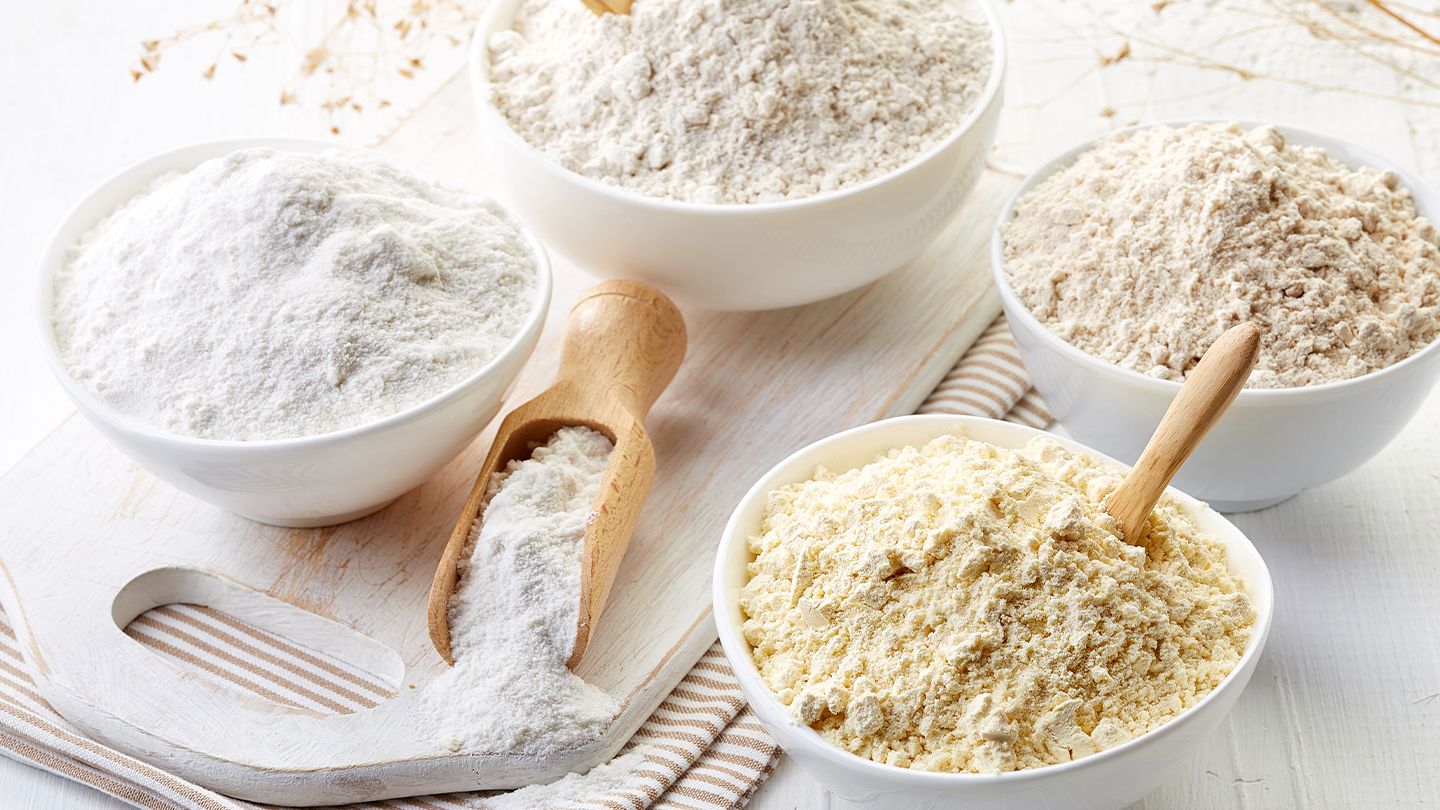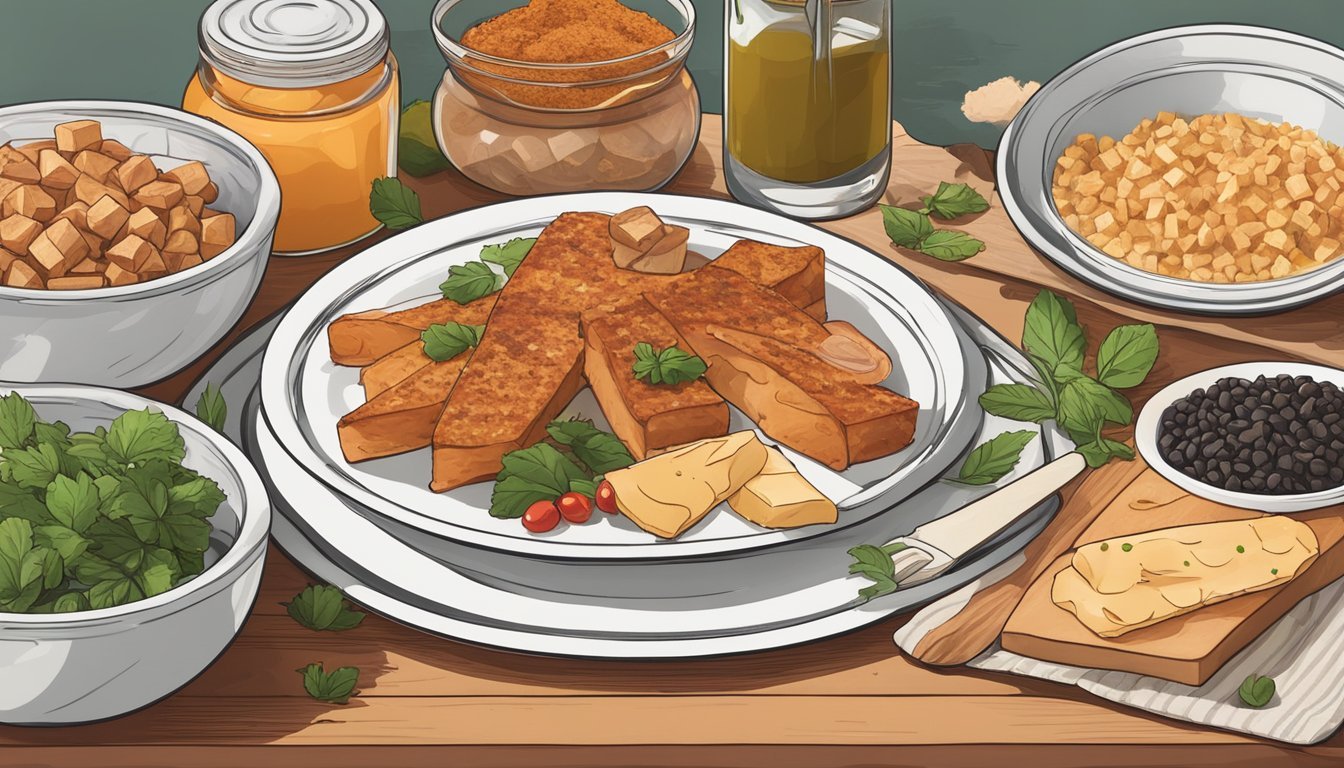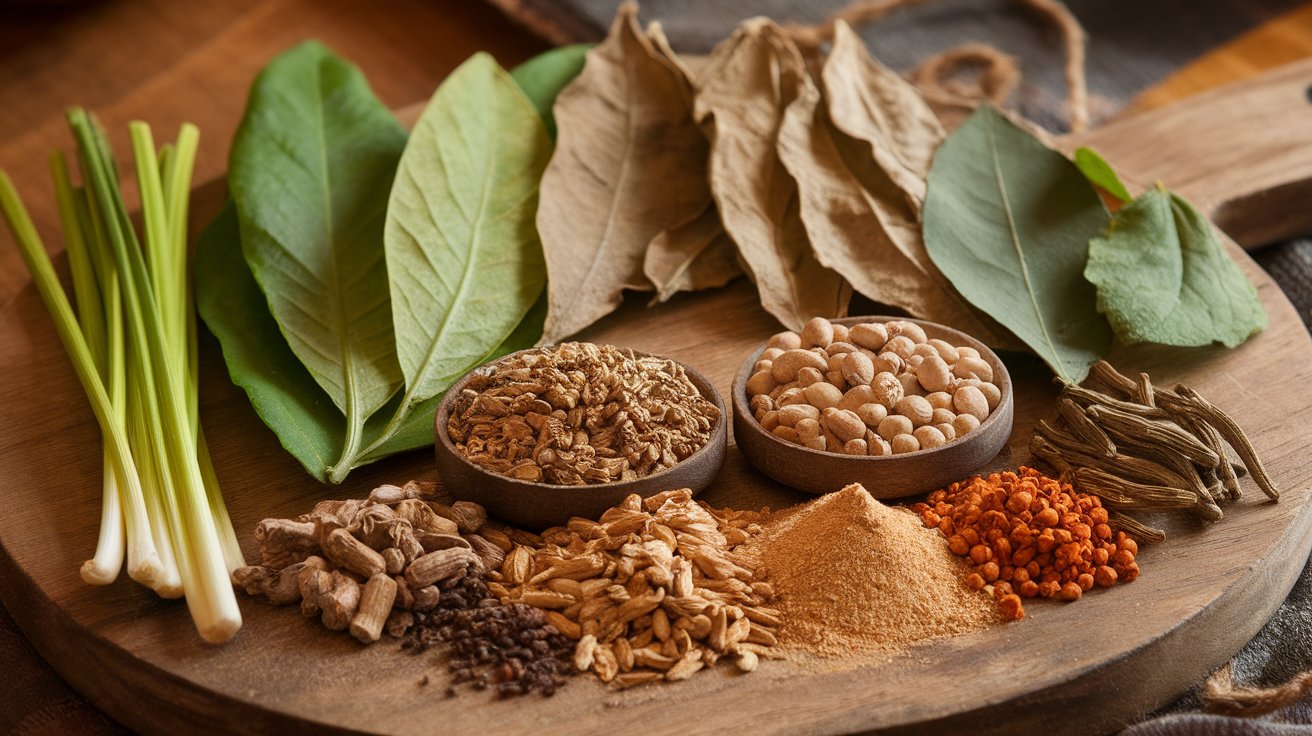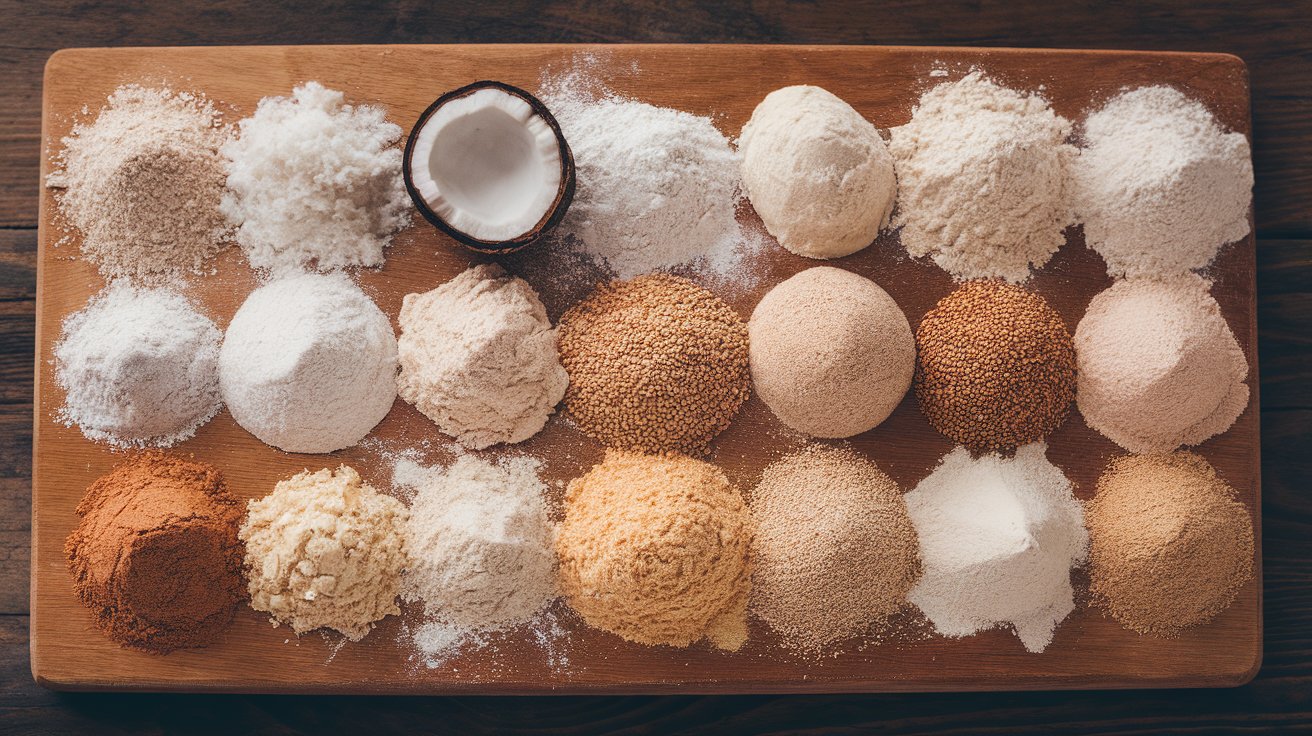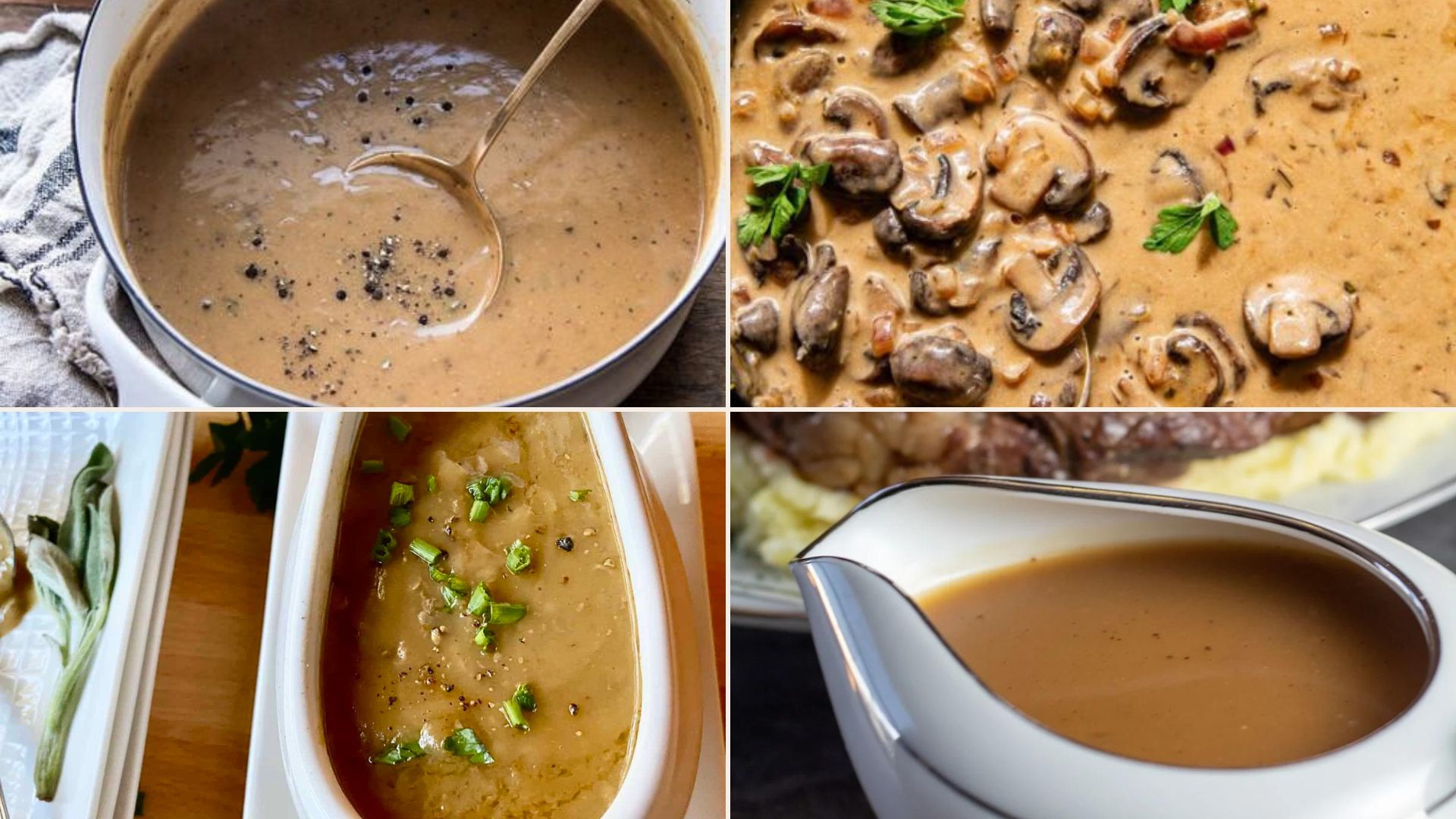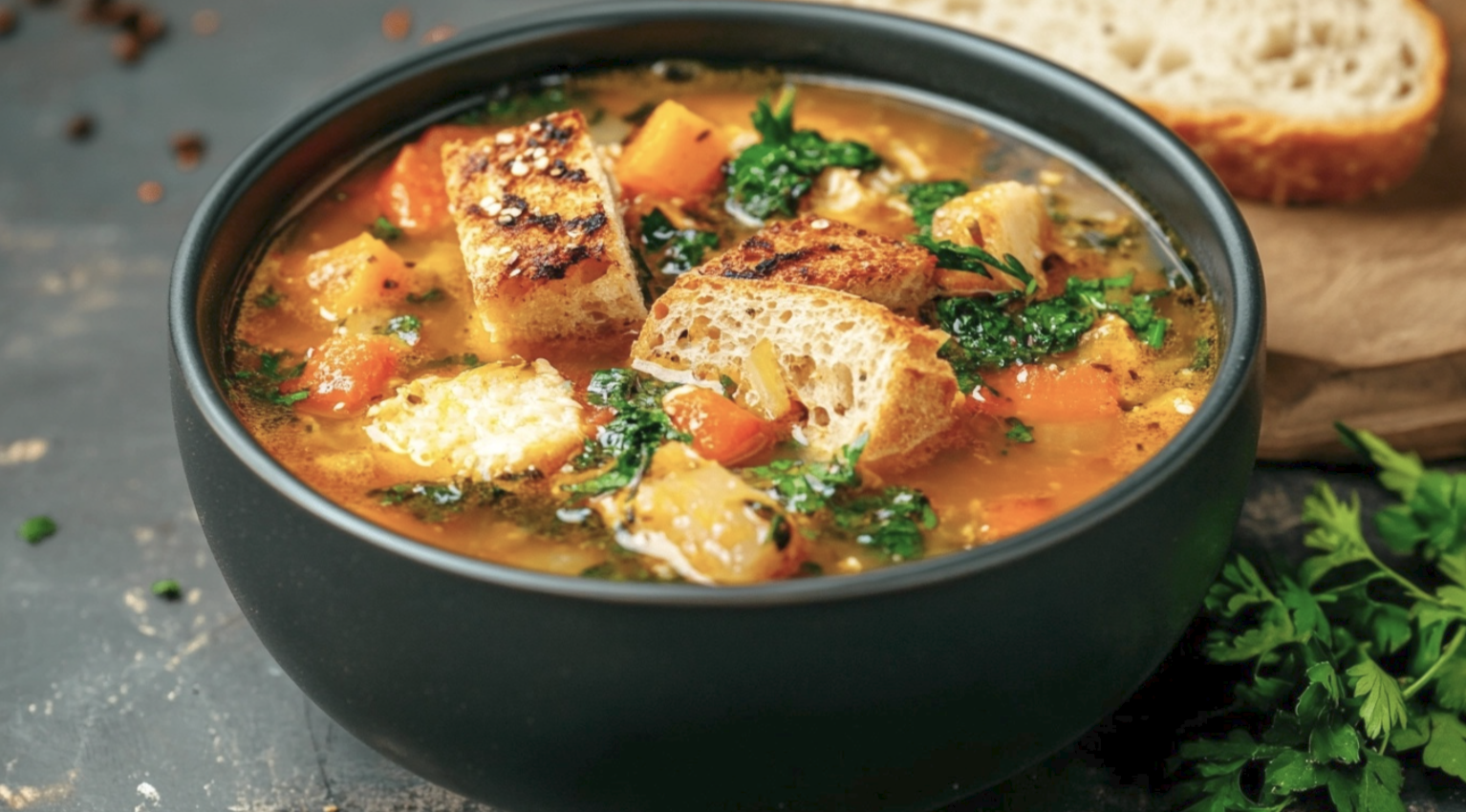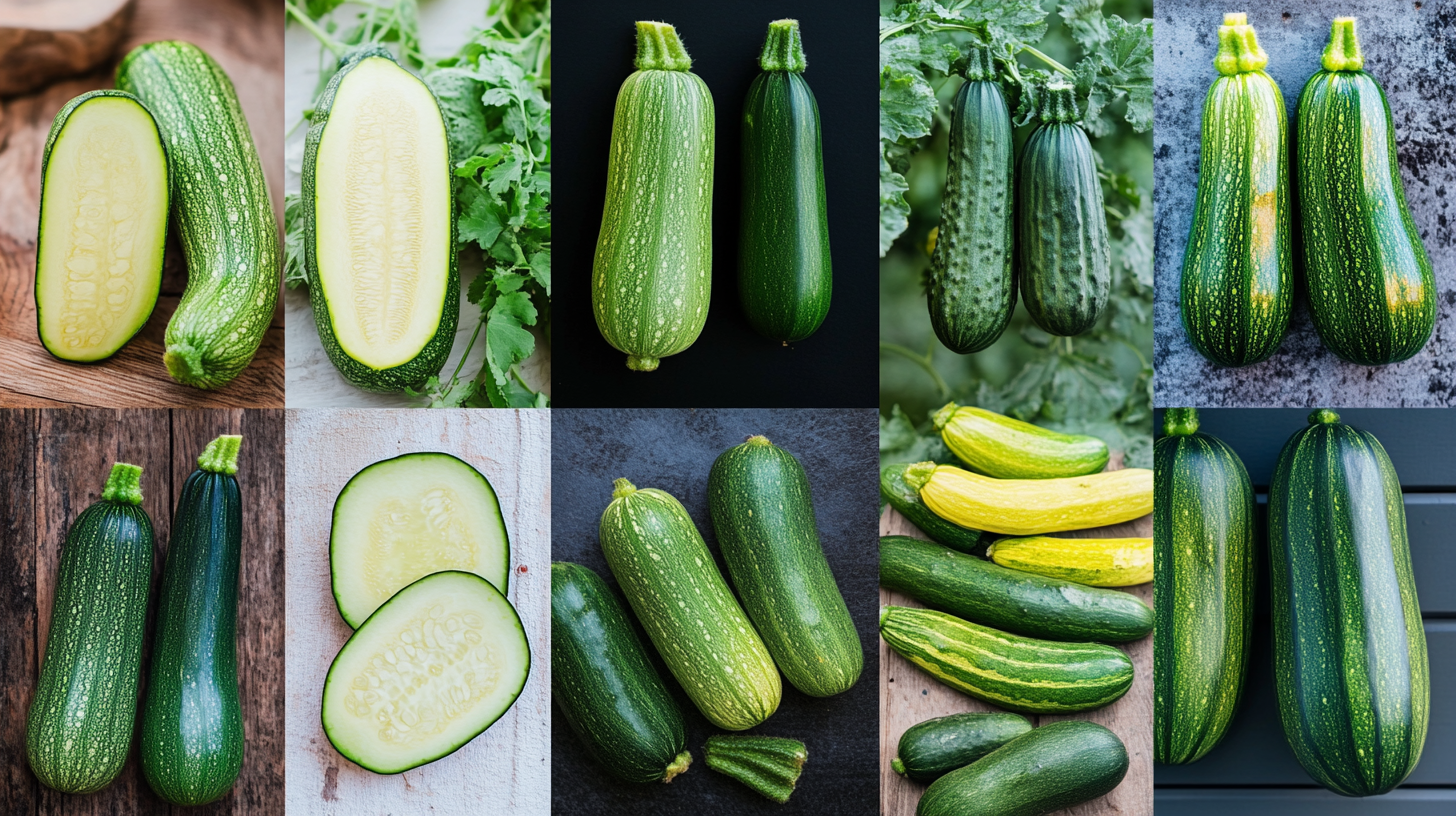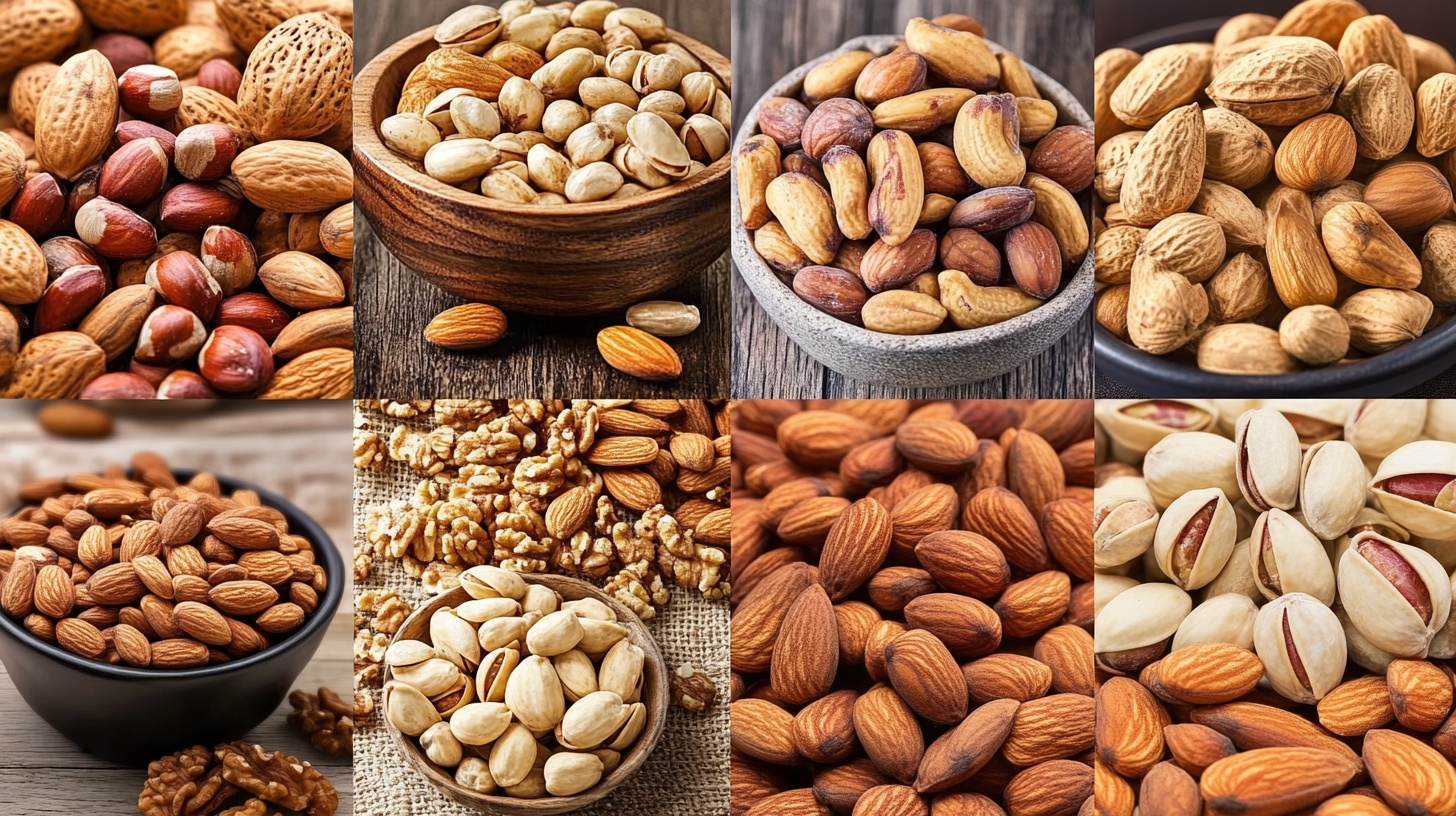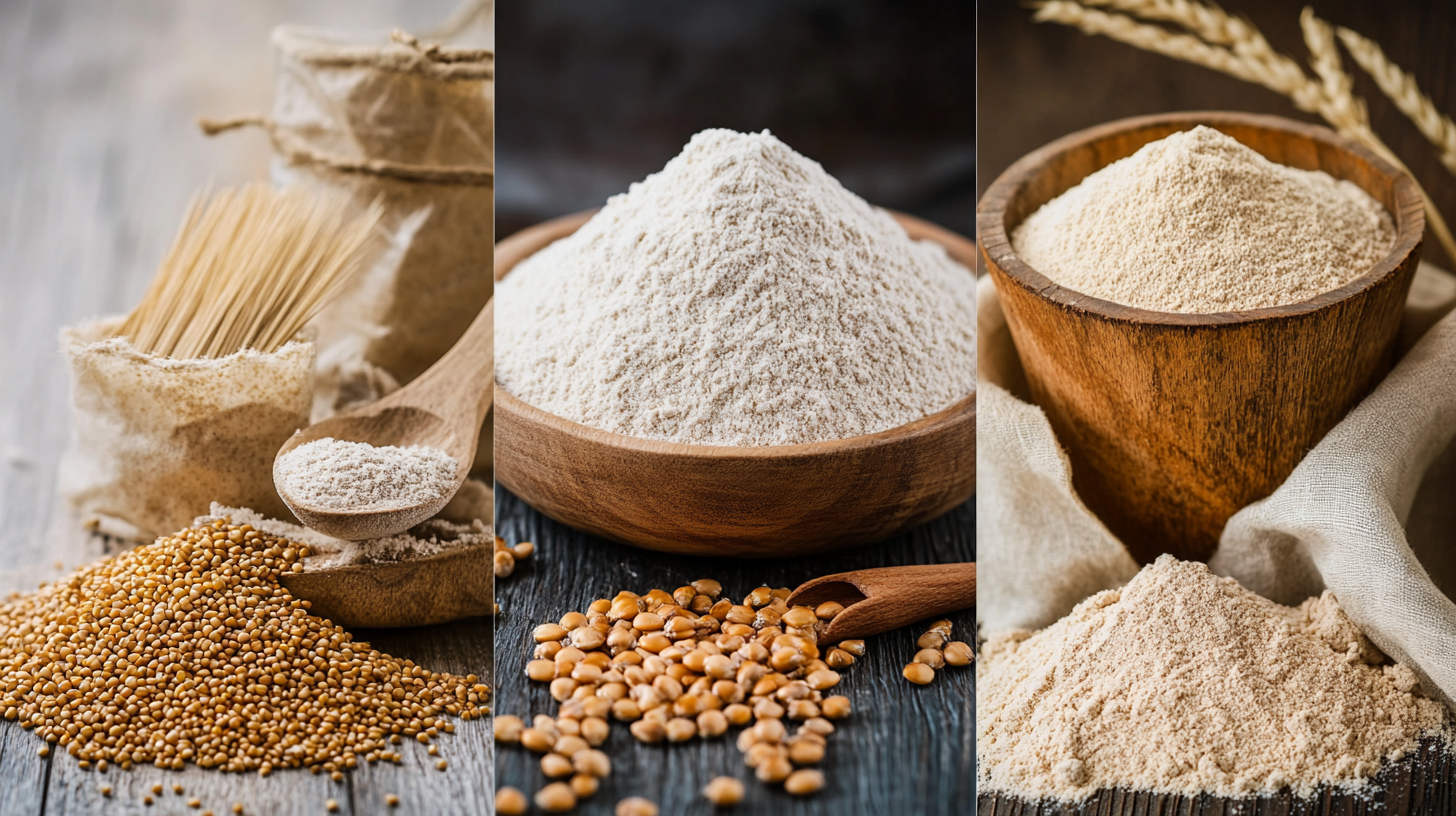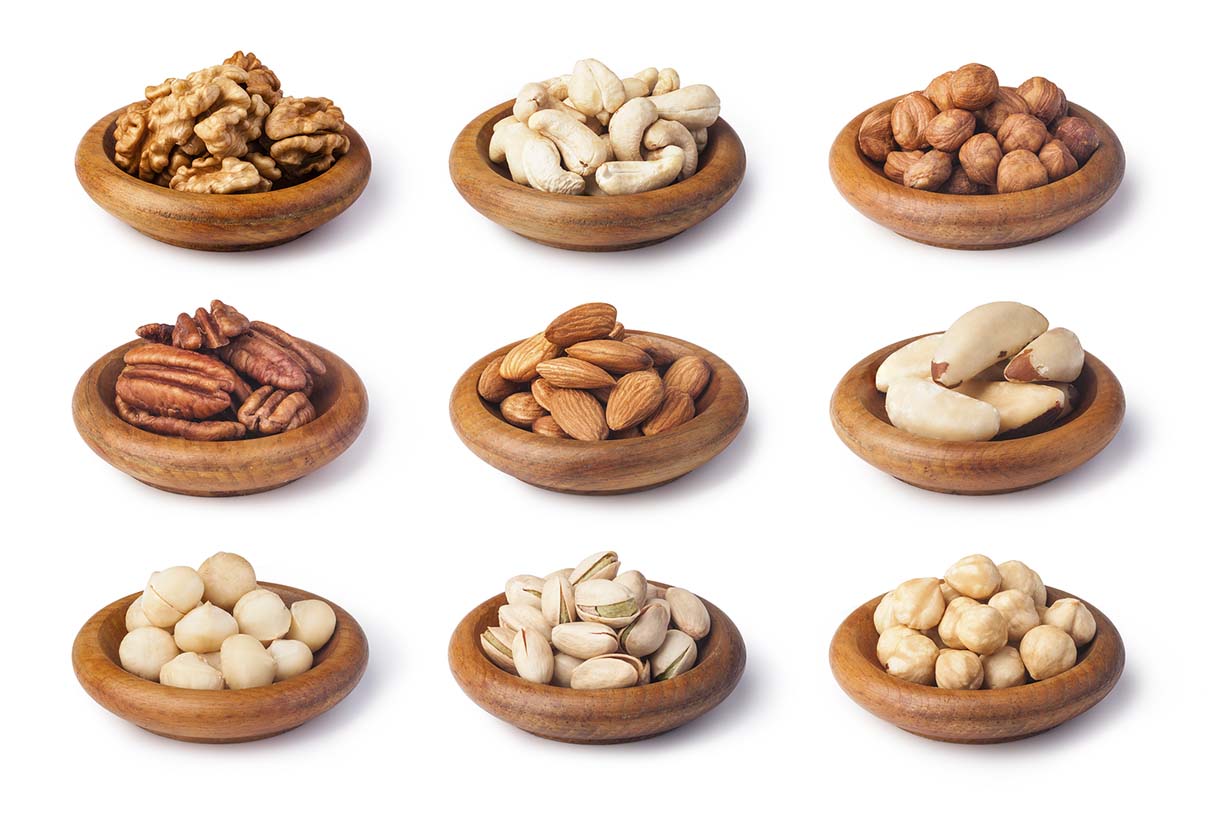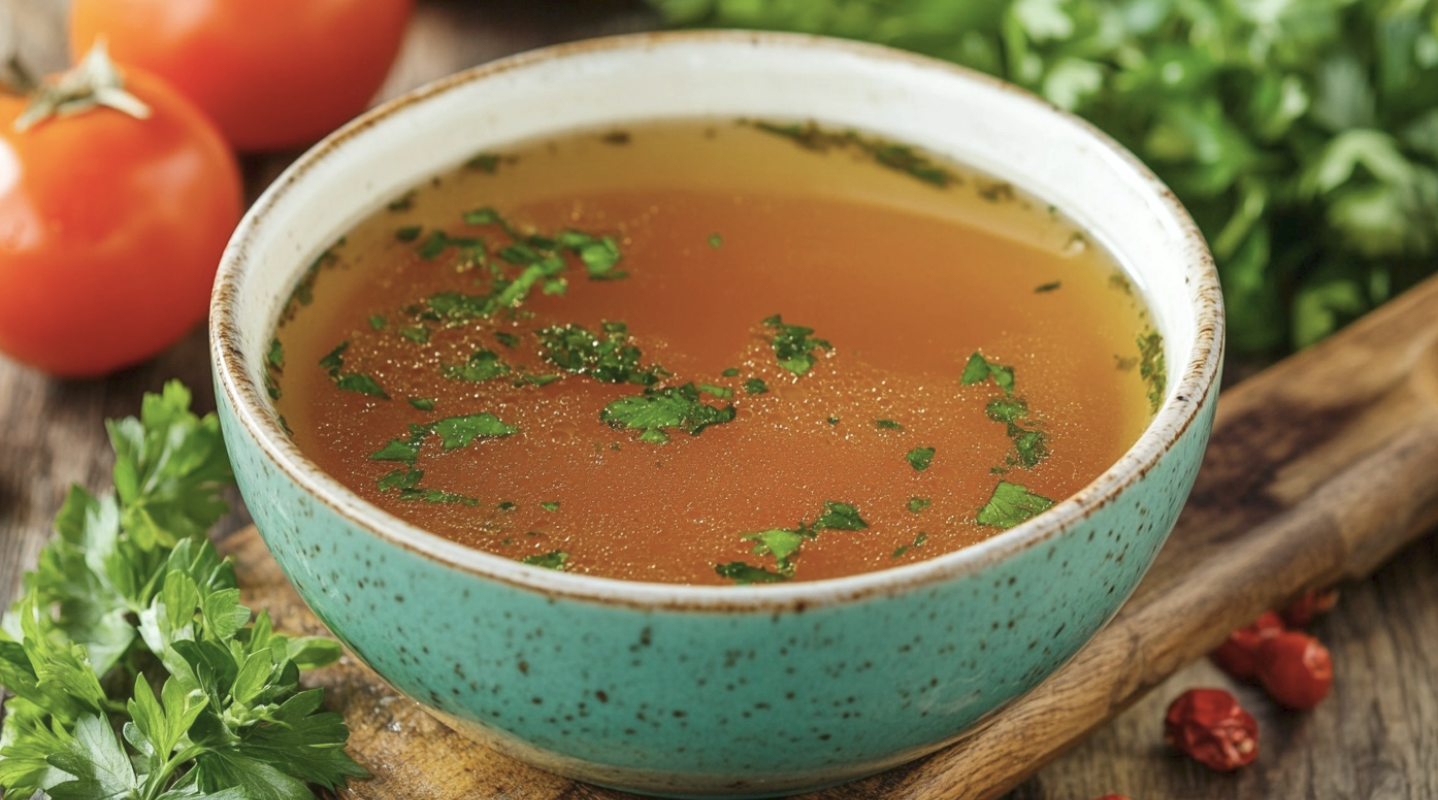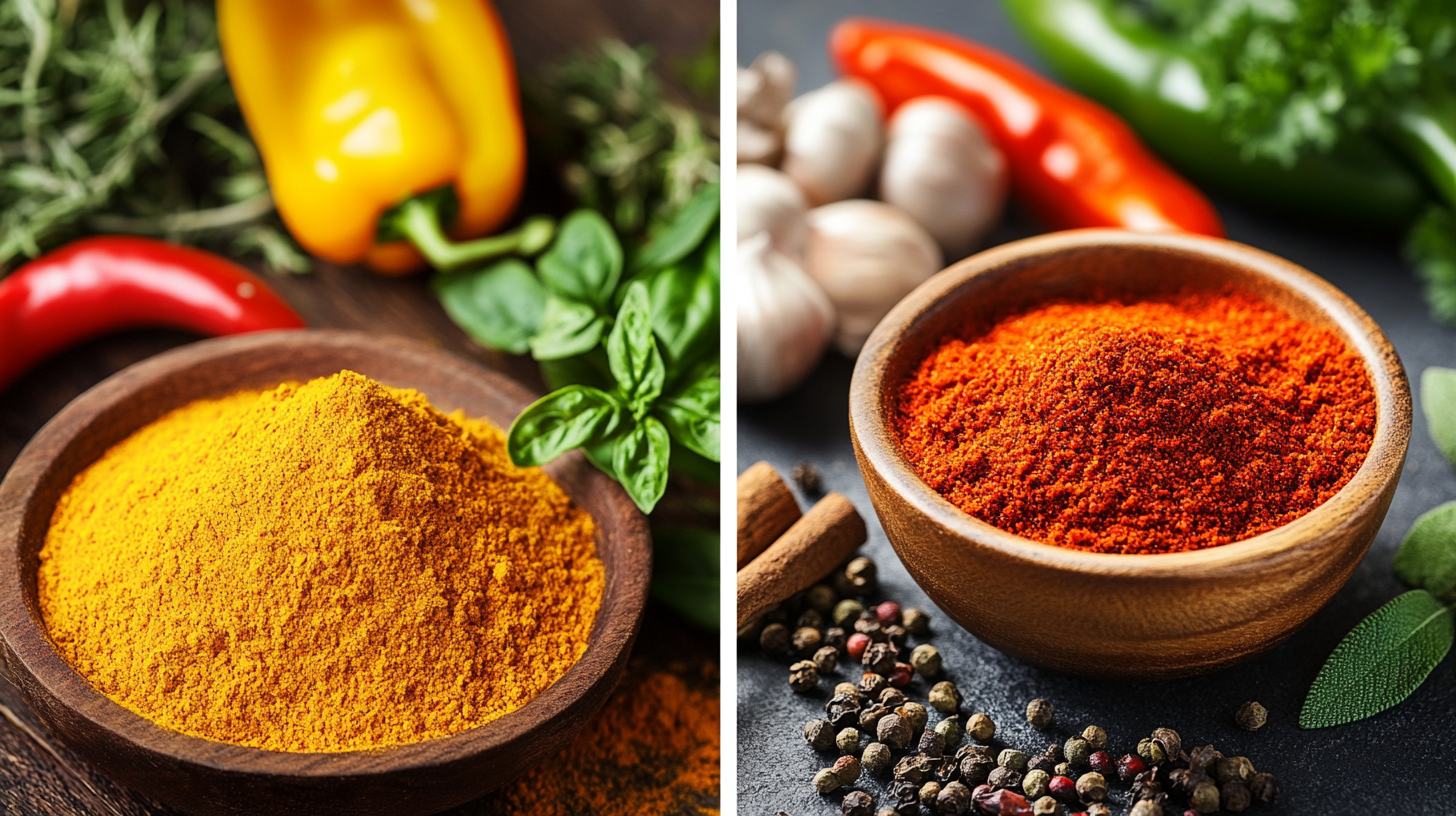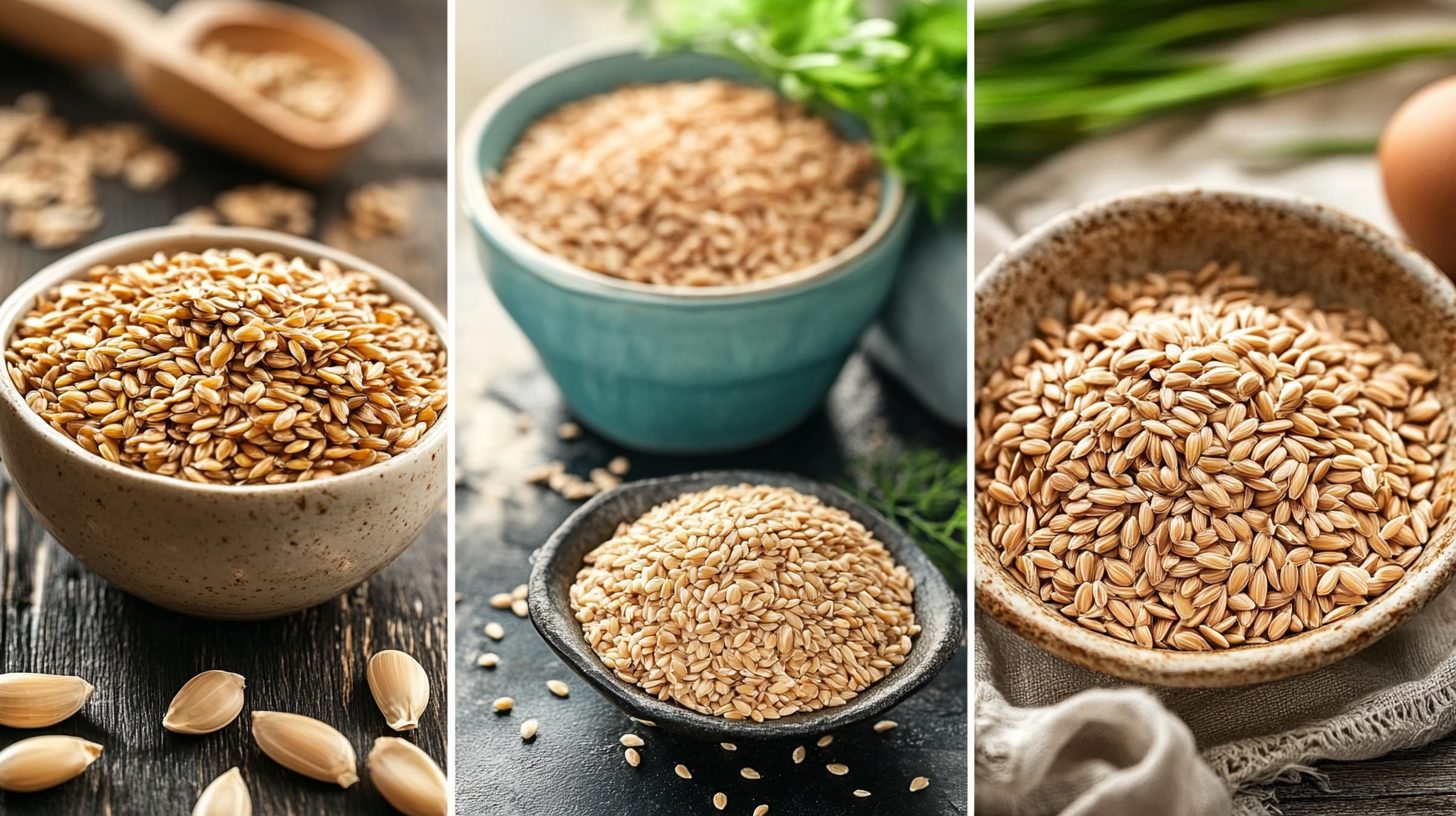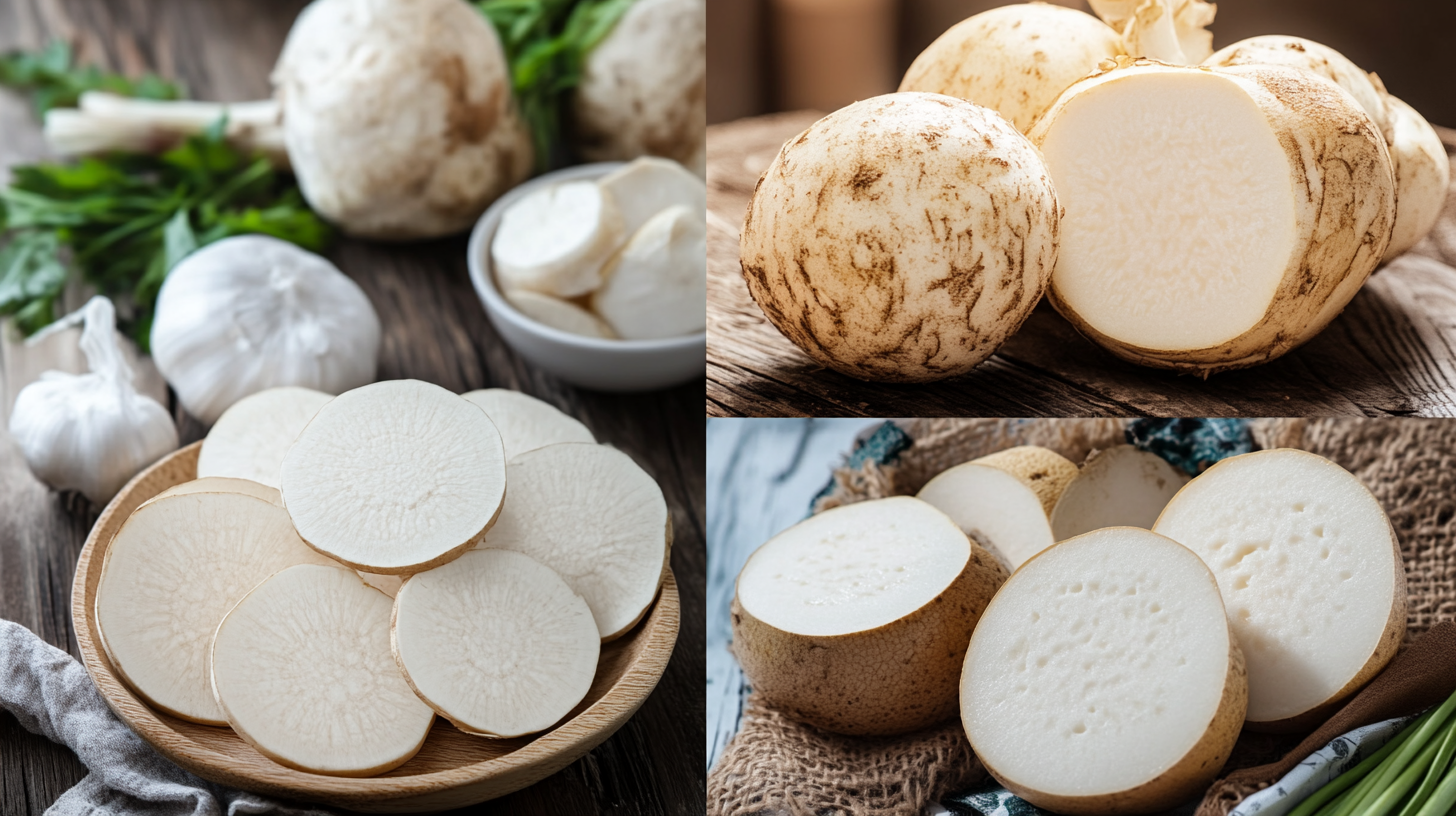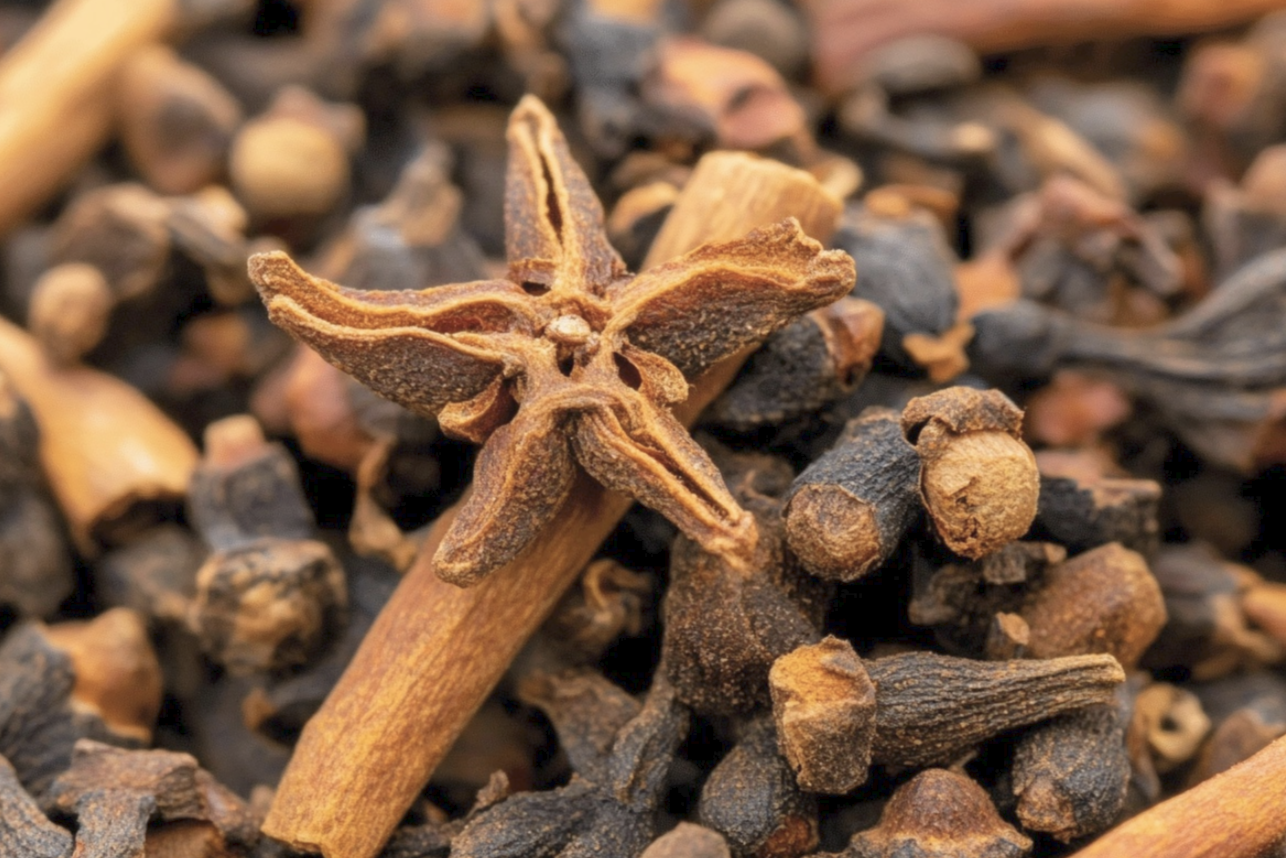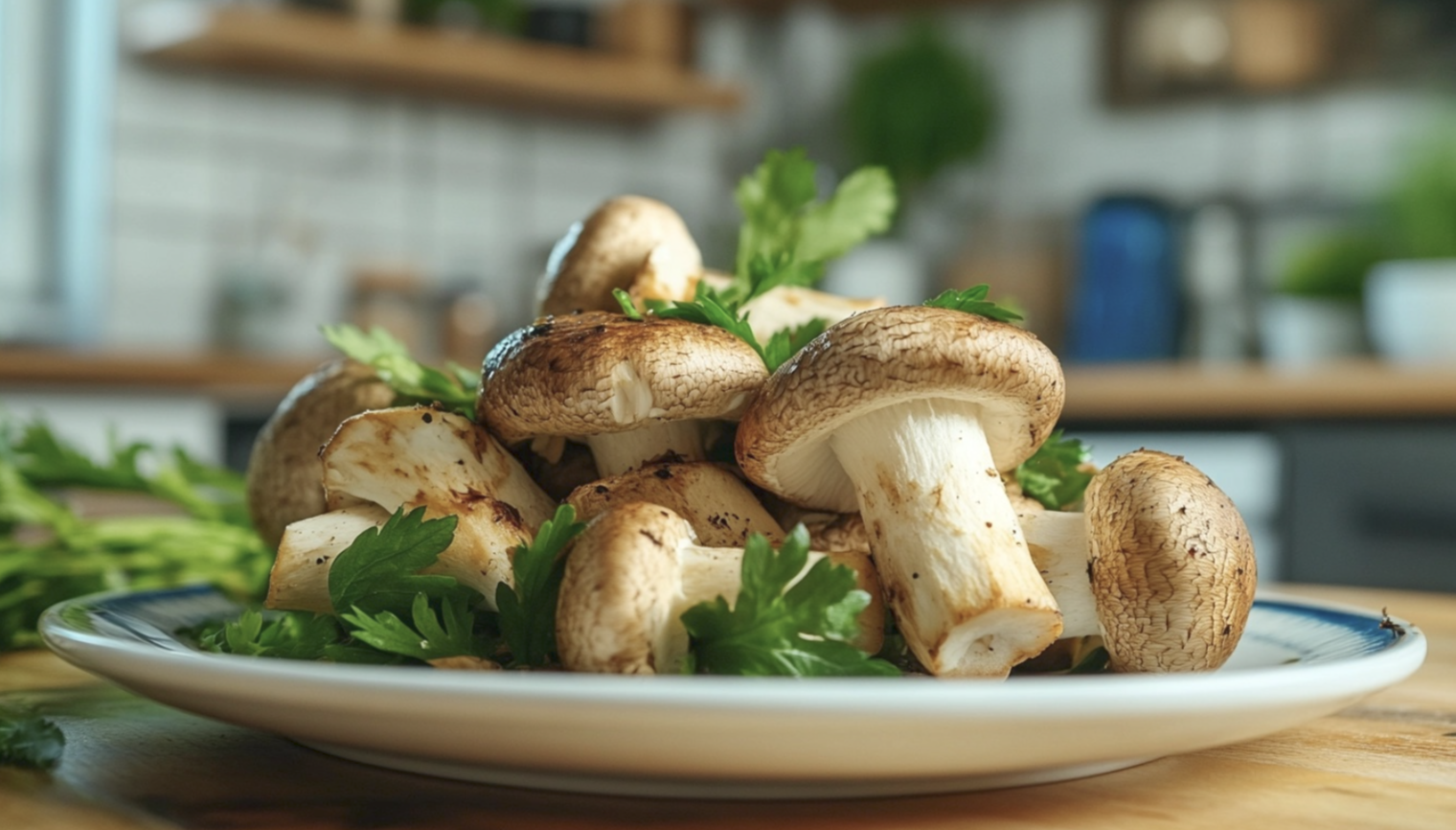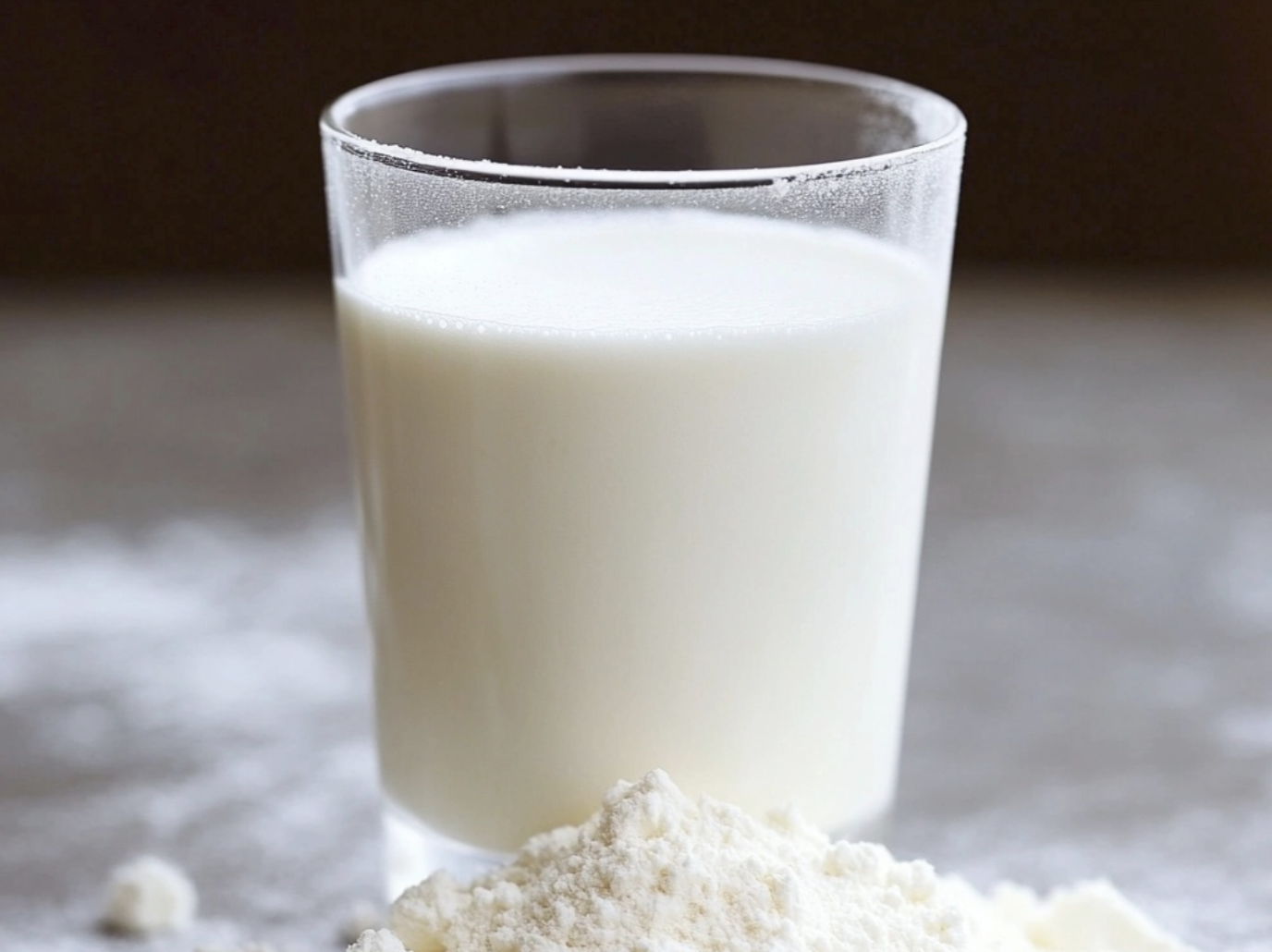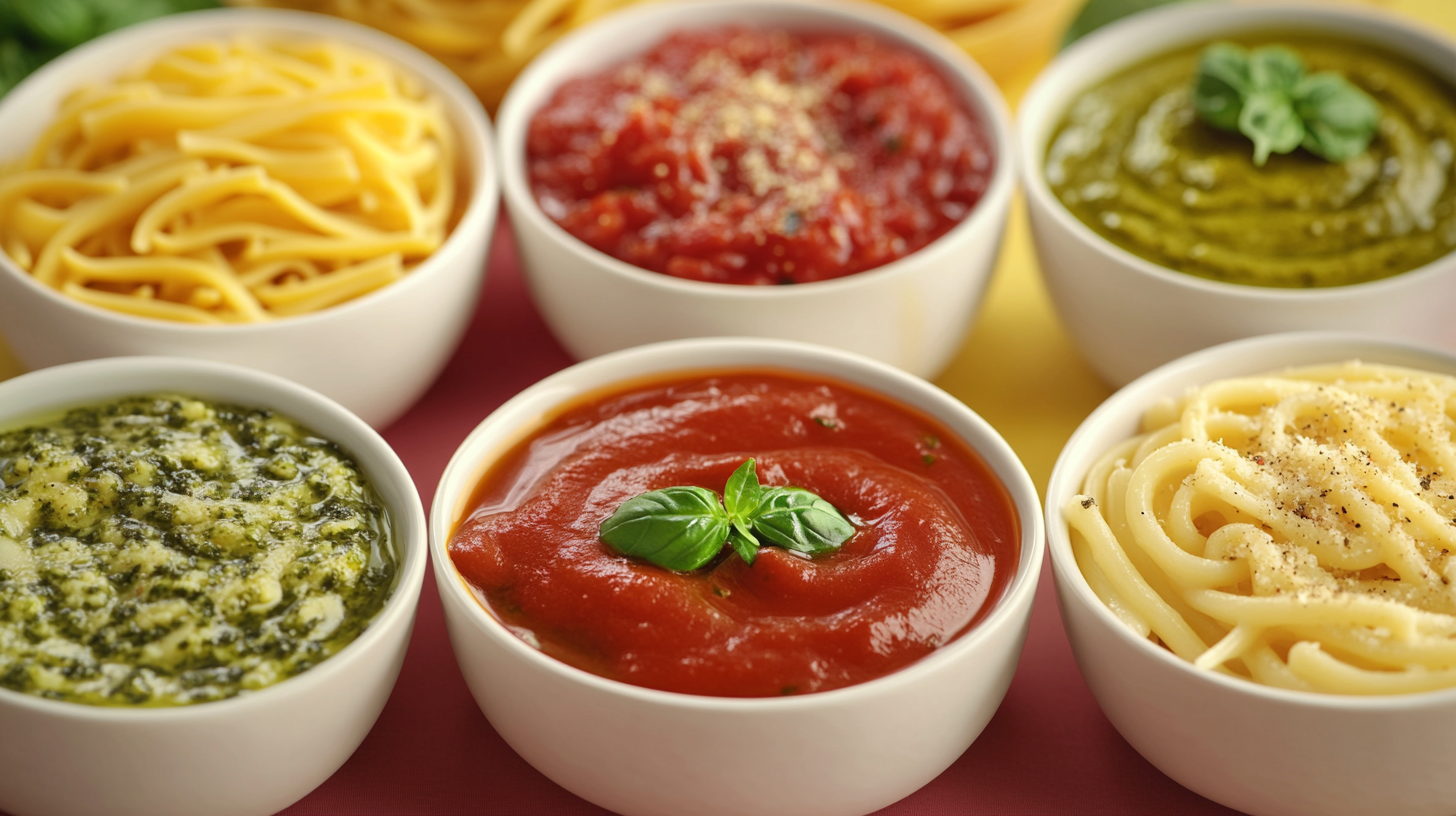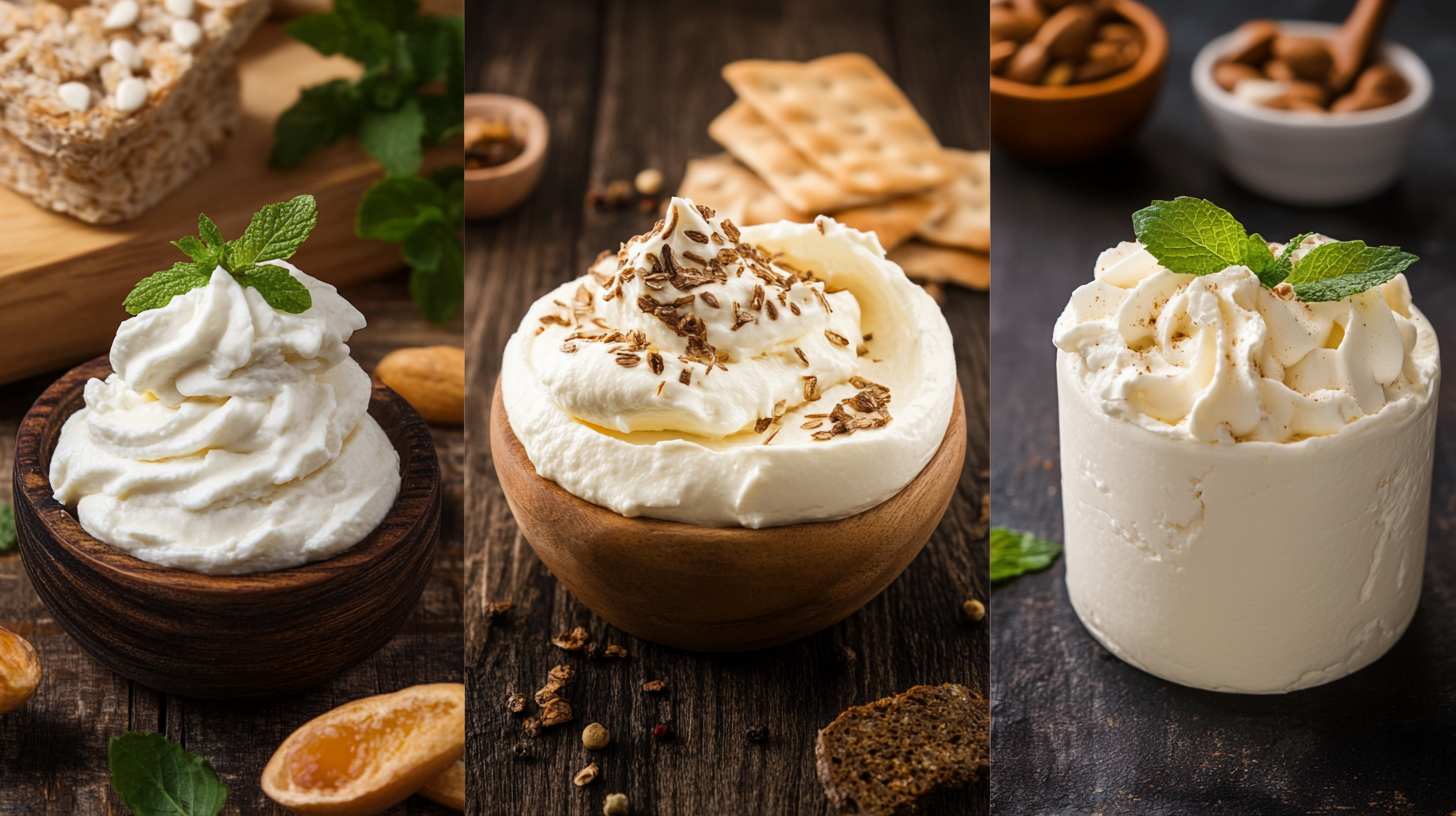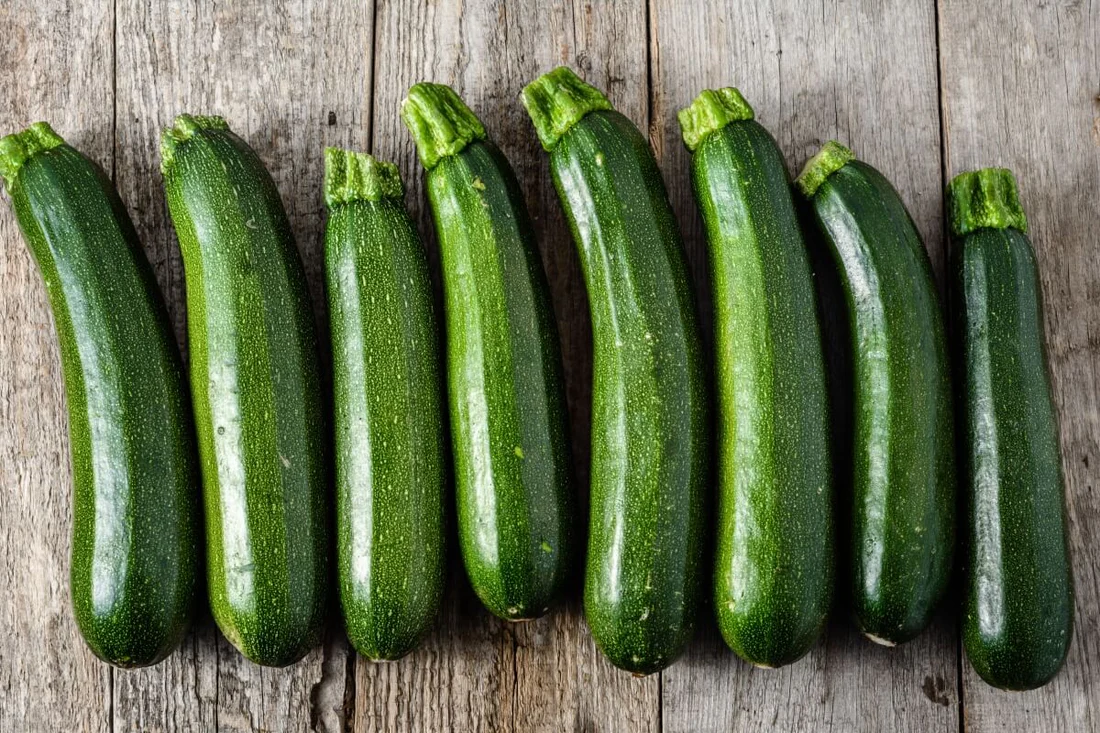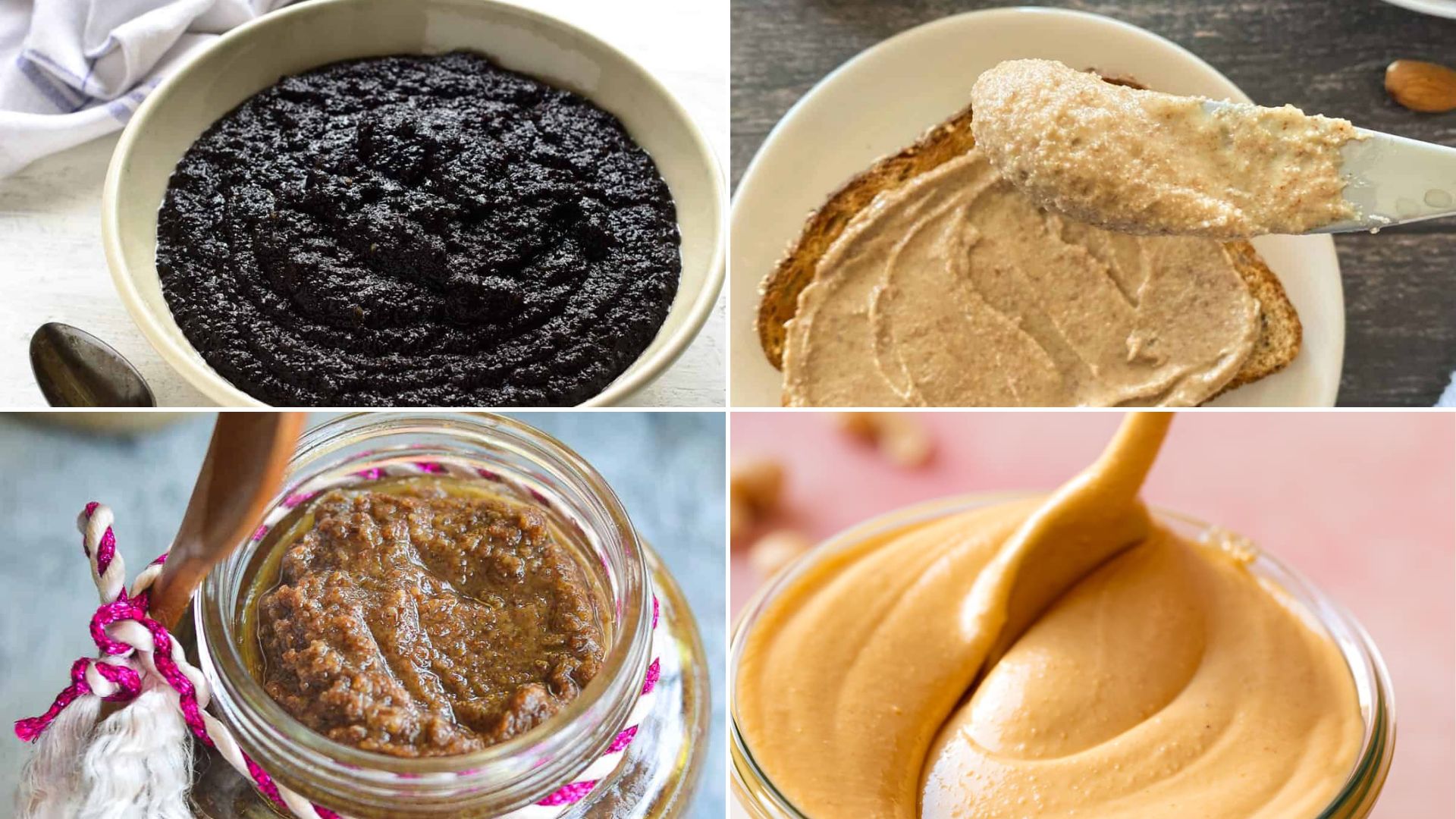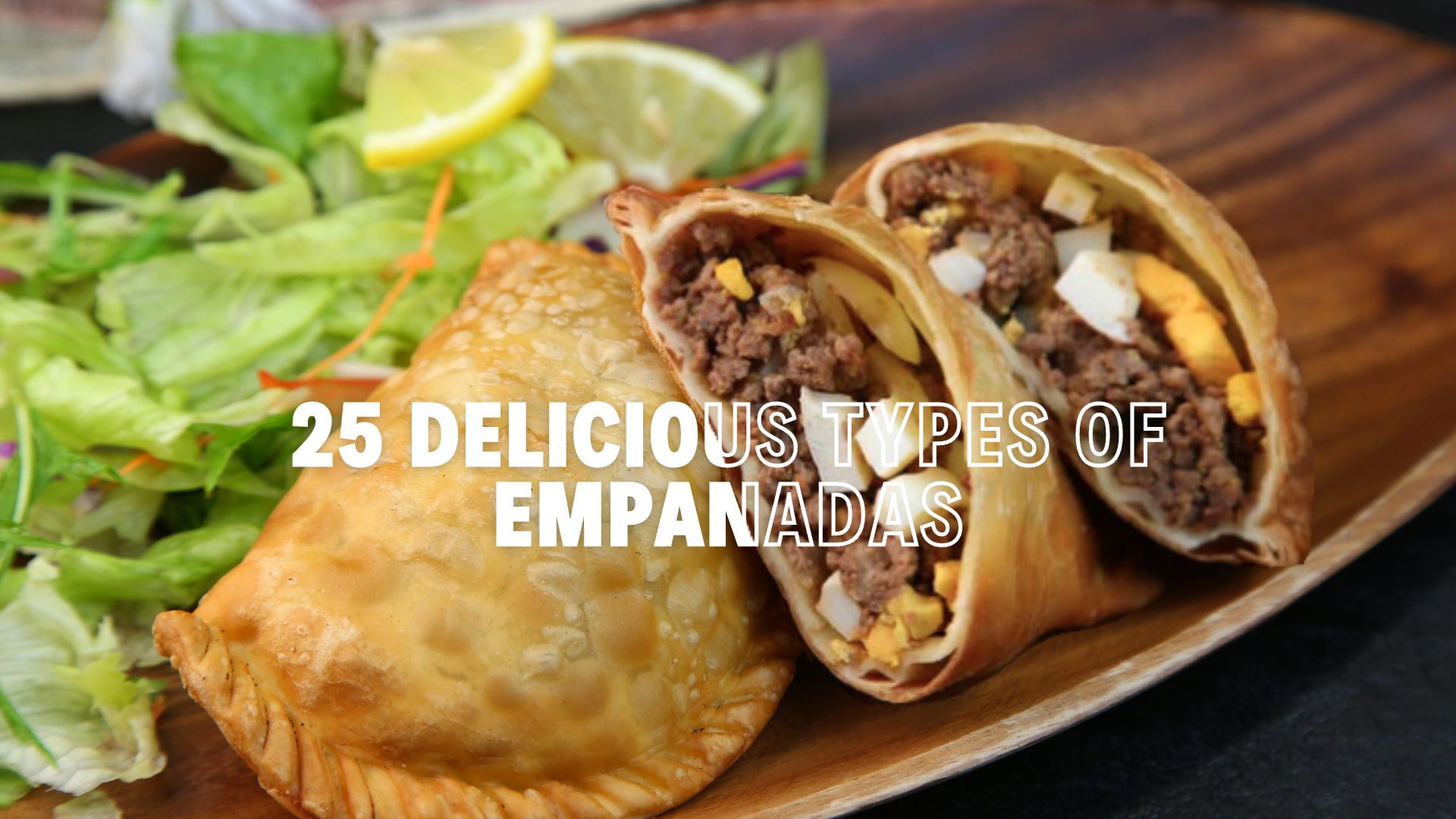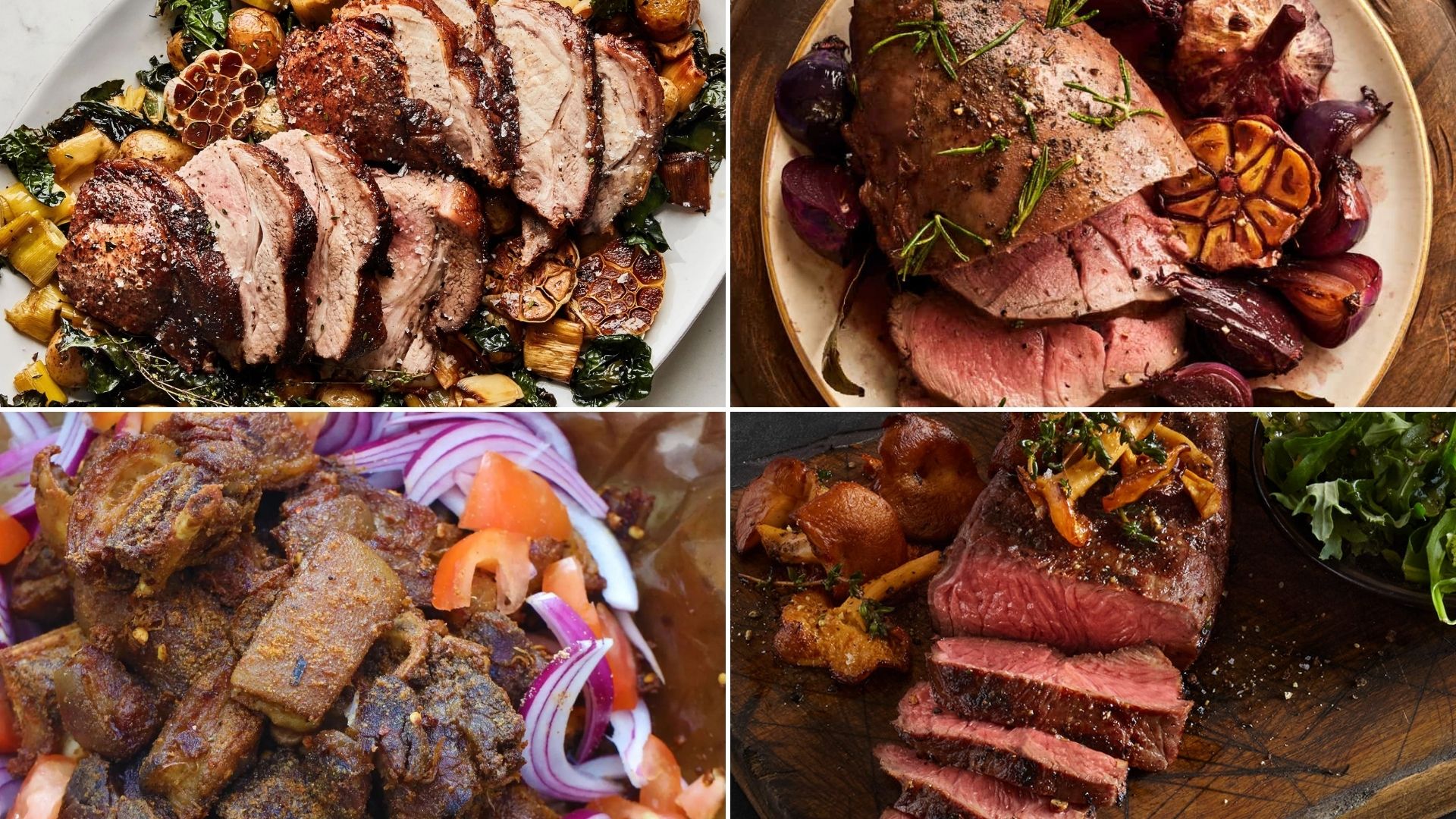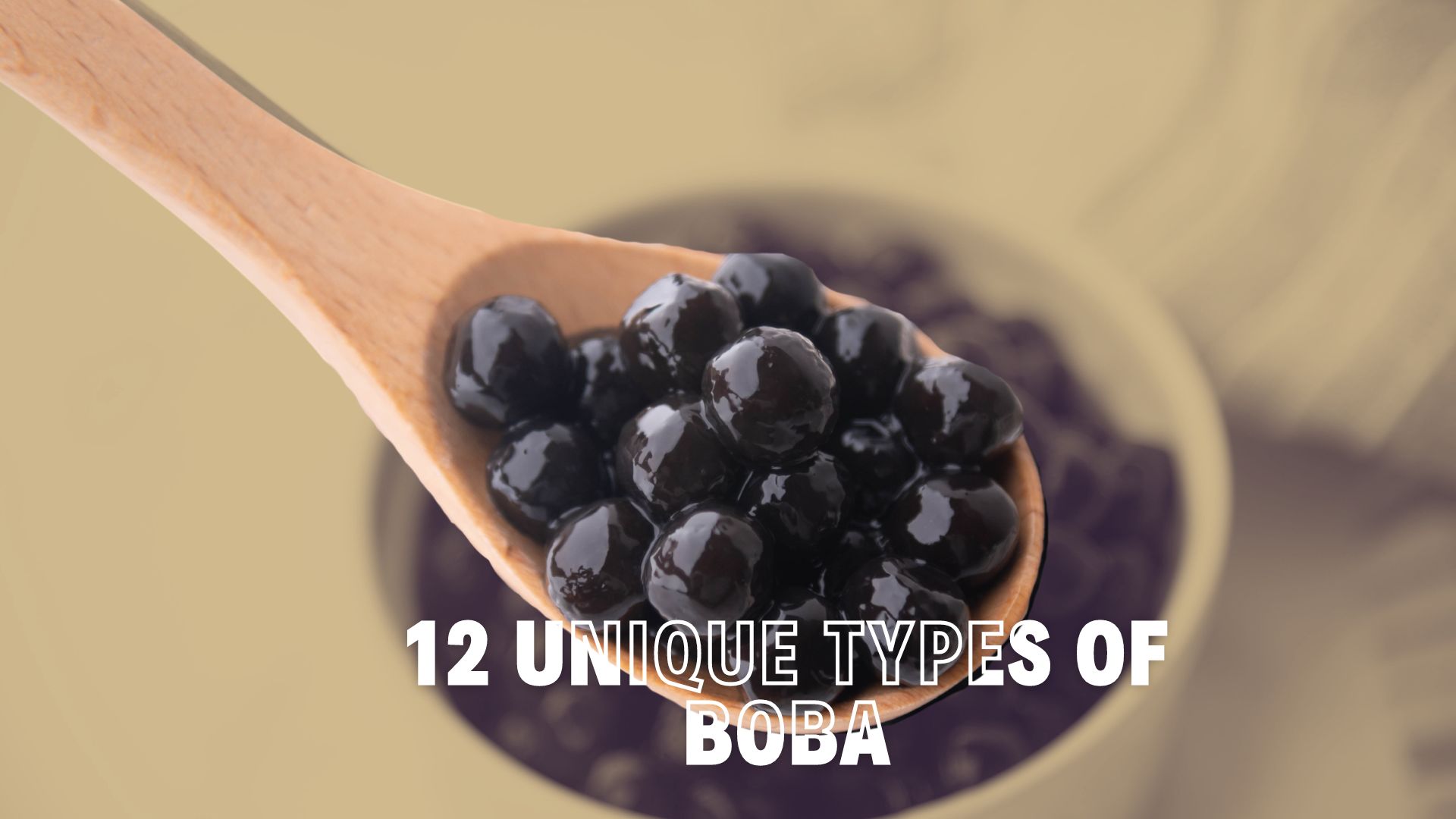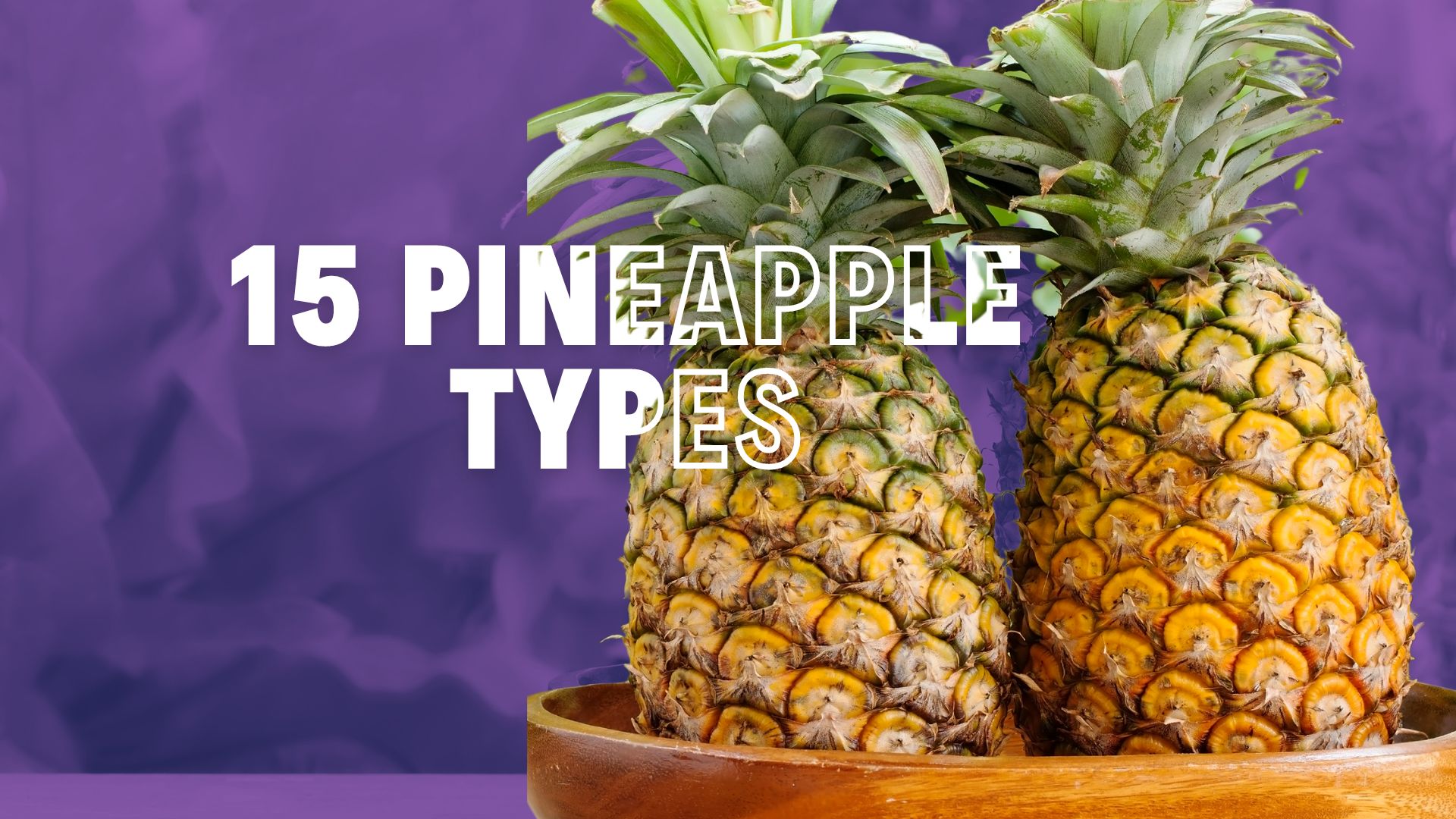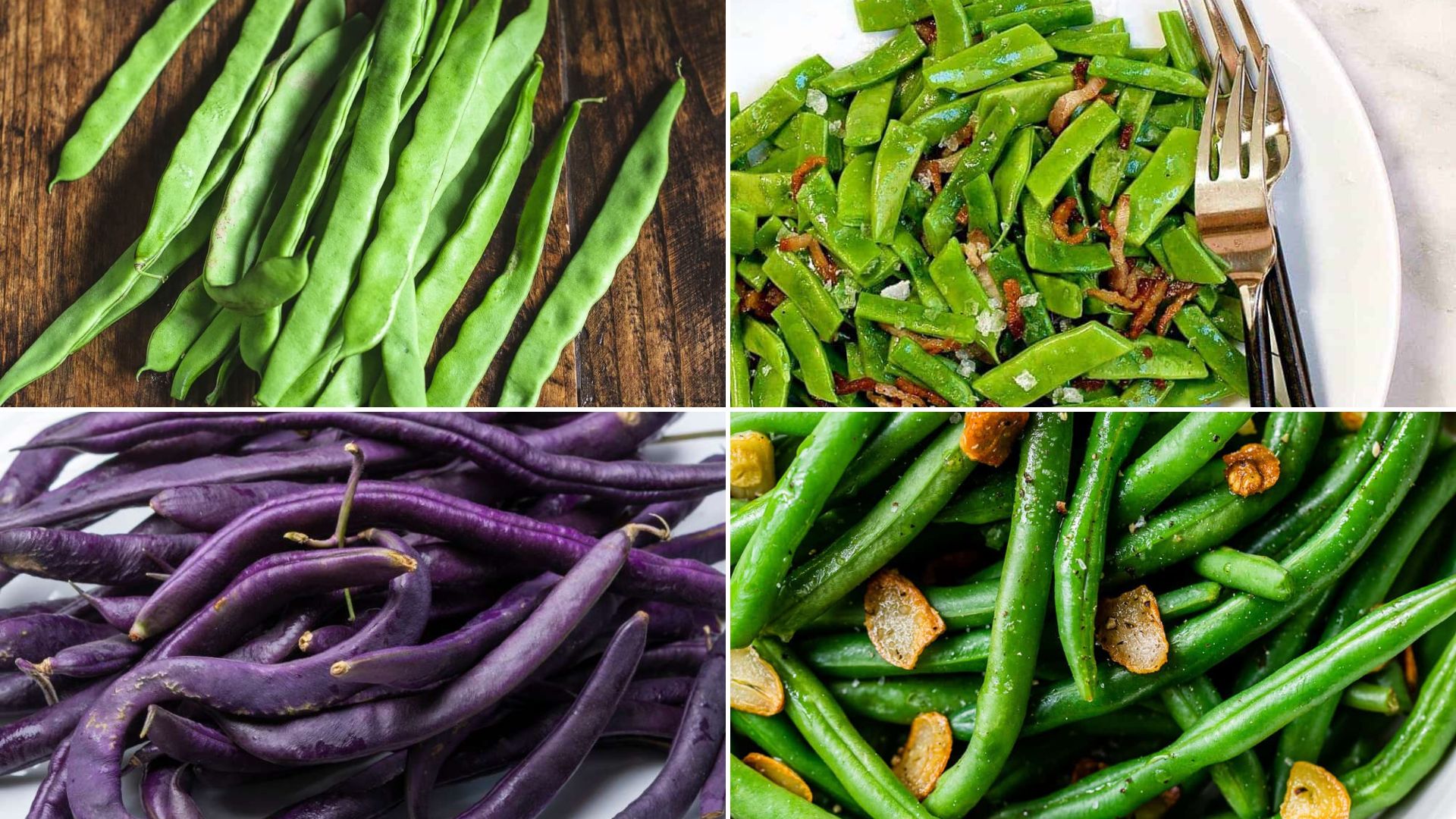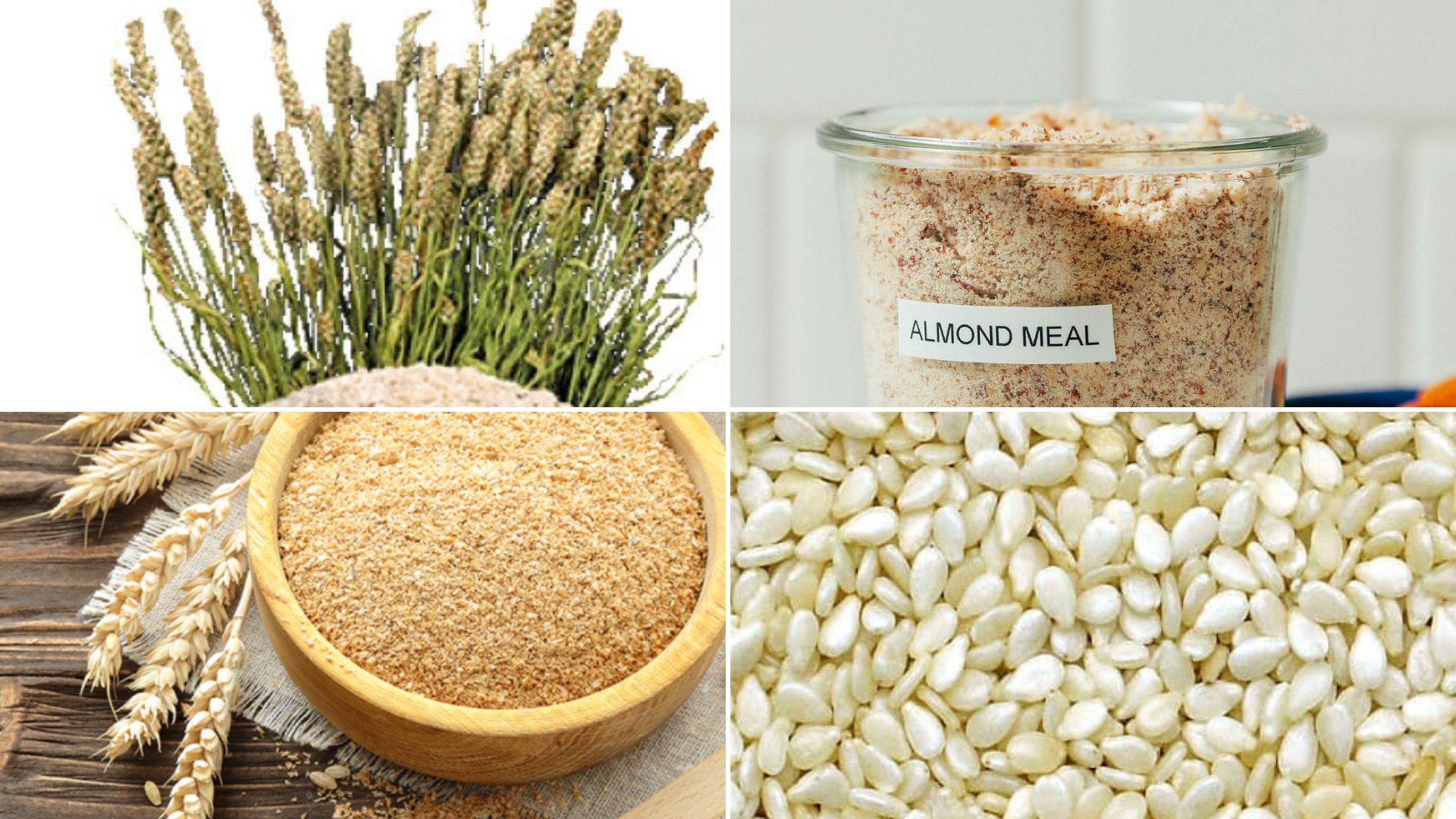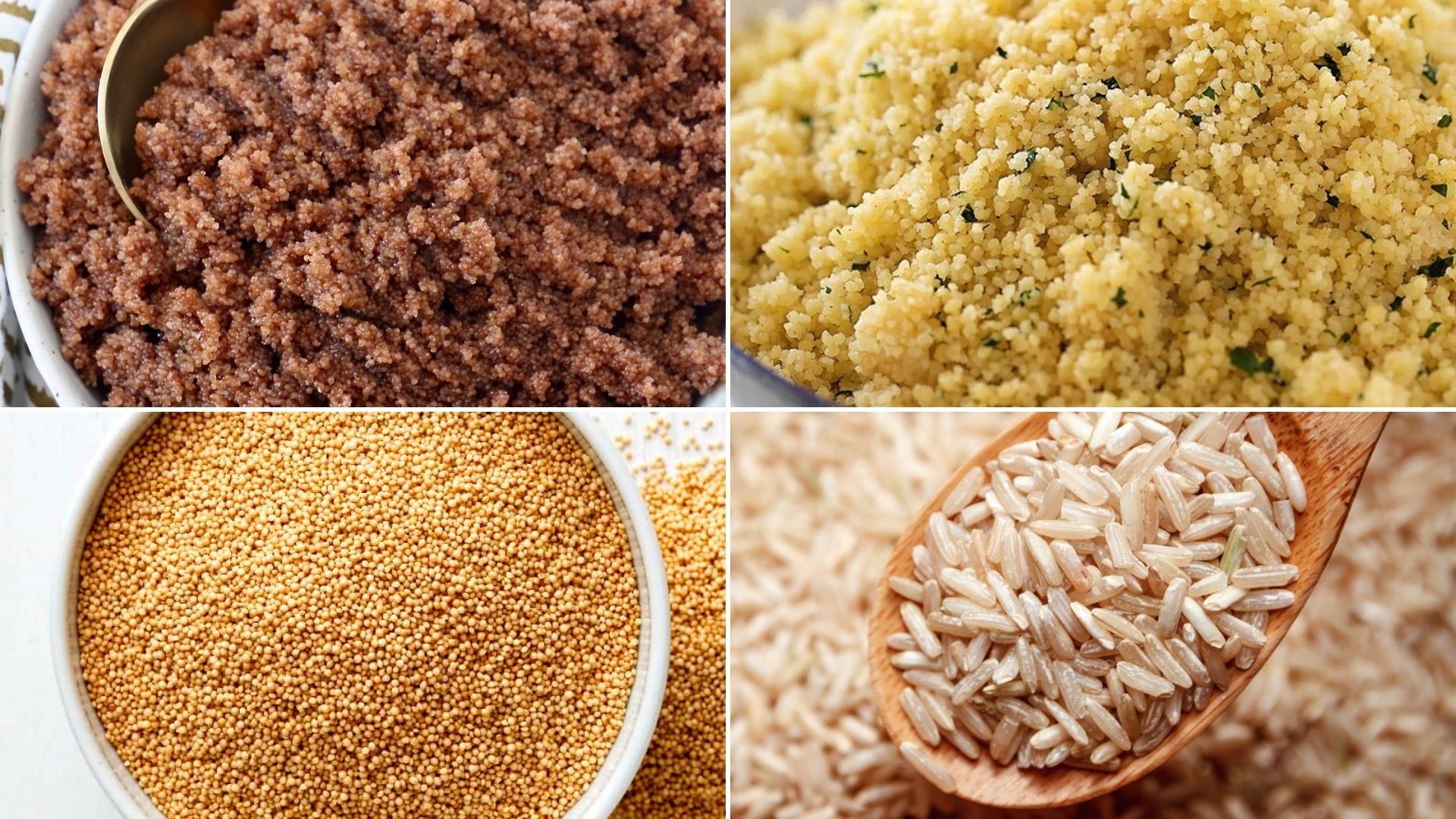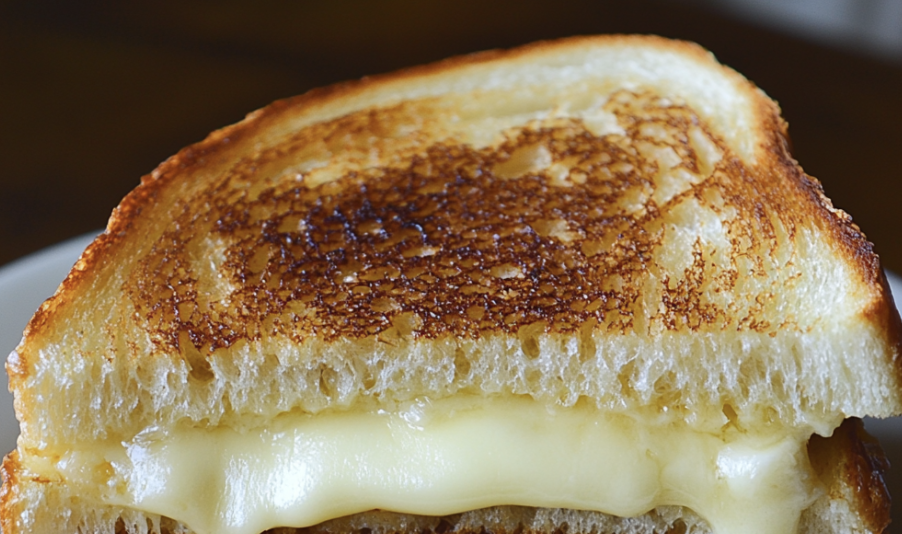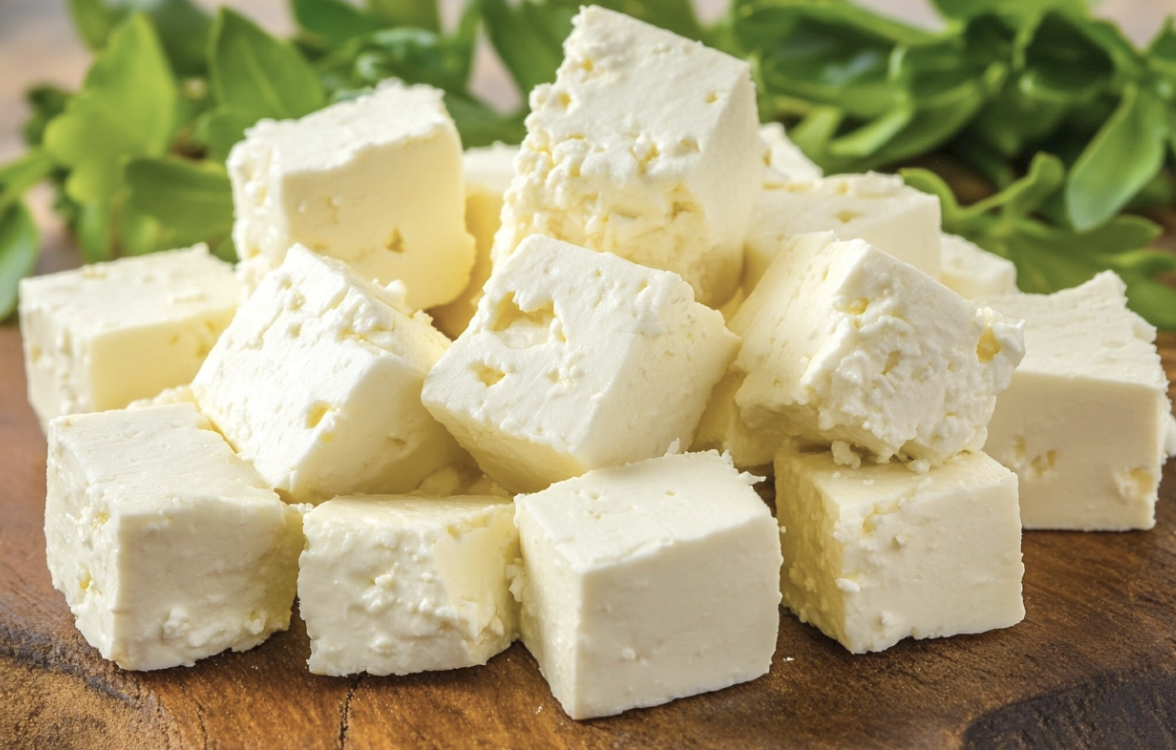
Feta cheese is a beloved ingredient known for its tangy flavor and crumbly texture, making it a staple in many dishes.
However, there are times when you might need a substitute—whether due to dietary restrictions, availability, or simply wanting to try something new.
Luckily, several cheeses and alternatives can replicate feta’s unique qualities, each bringing flavor and texture to your recipes.
From goat cheese’s close match to more unique options like tofu or Parmesan, these substitutes ensure you can still enjoy delicious meals without missing out on the distinct taste of feta.
Explore these options to find the best substitute for your needs.
Top Feta Cheese Alternatives for Every Dish
1. Goat Cheese
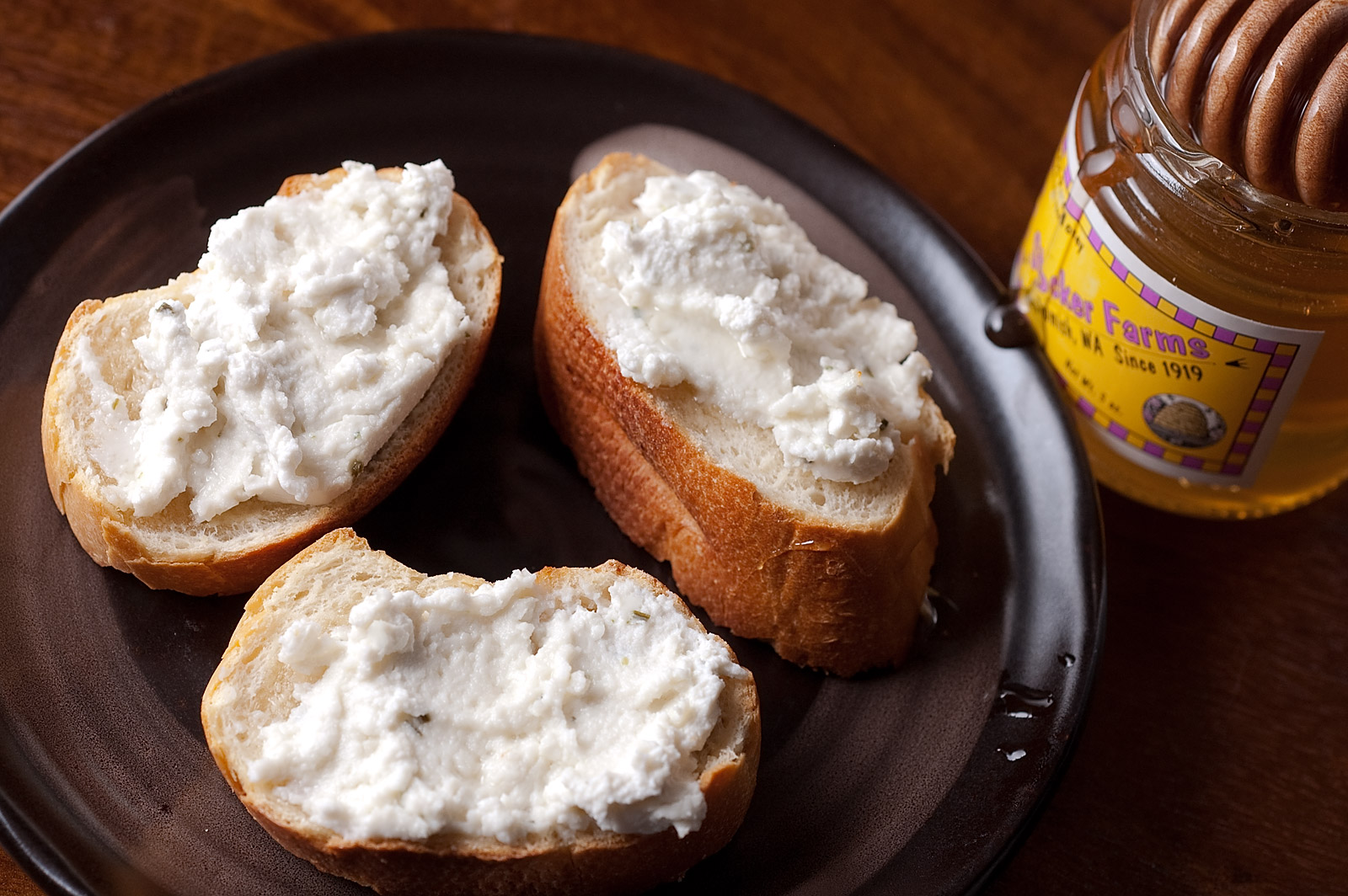
Goat cheese is the closest substitute to feta in terms of flavor and texture. It shares the same tangy and slightly salty taste, along with a crumbly texture that makes it perfect for salads, pasta, and toppings.
Goat cheese can be used in equal amounts as feta in most recipes, offering a similar creaminess and sharpness. If you’re looking for a substitute that closely mimics feta, goat cheese is your best option.
2. Ricotta Salata
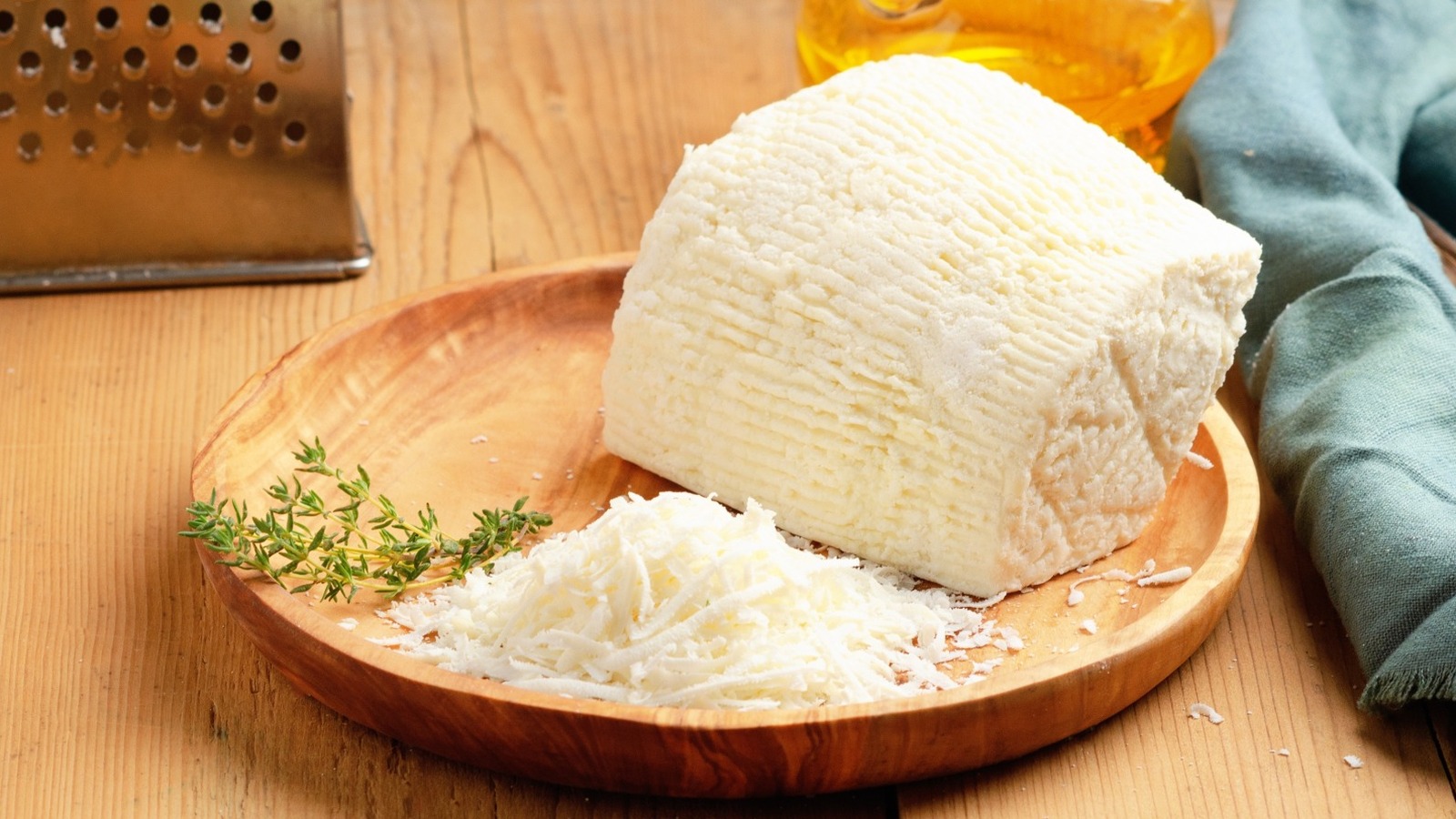
Ricotta Salata is a pressed, salted, and aged version of ricotta cheese, making it a great alternative to feta.
It has a firm texture and a mild, salty flavor that works well in salads and pasta dishes.
Ricotta Salata doesn’t have the same tang as feta, but its saltiness and crumbly texture make it a suitable substitute. Use it in the same quantity as feta in recipes.
3. Halloumi
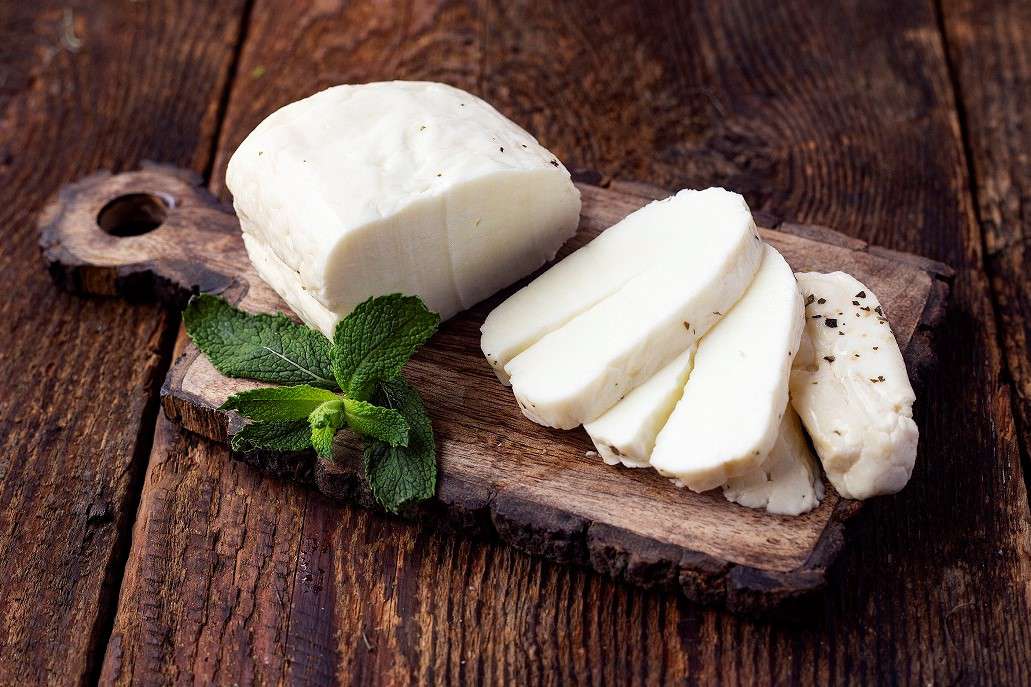
Halloumi is a firm, brined cheese that can be grilled or fried without melting, similar to feta. It has a mild, salty flavor and a chewy texture.
While it’s not as tangy as feta, its salty, briny taste makes it a good substitute, particularly in cooked dishes like grilled salads or sandwiches.
Halloumi works well in recipes where you want a cheese that holds its shape.
4. Cotija
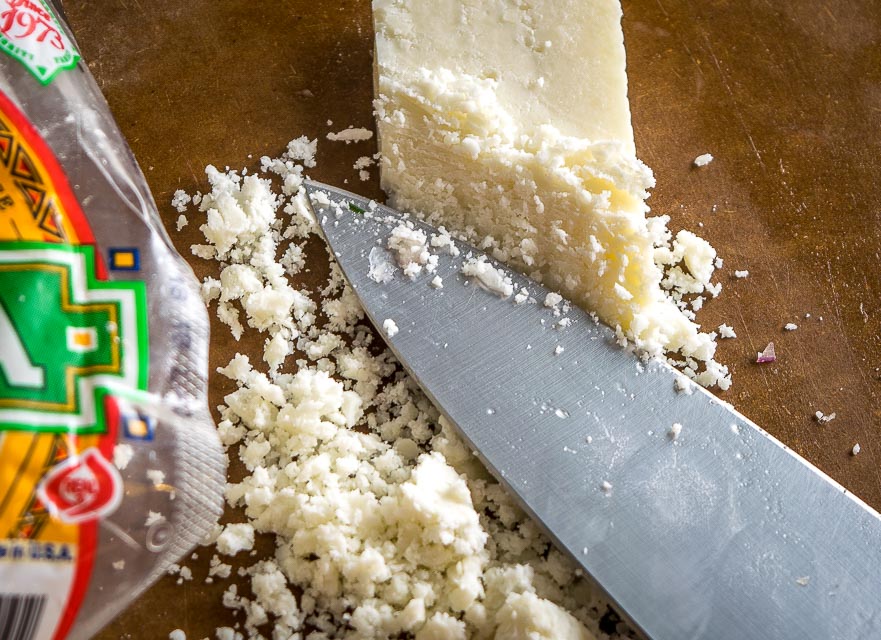
Cotija is a Mexican cheese with a crumbly texture and a salty, tangy flavor, making it a strong alternative to feta. It’s often used as a topping for salads, tacos, and soups.
Cotija is slightly milder than feta but still provides a similar saltiness and crumbly texture. Use it in the same quantity as feta to add a touch of tang and salt to your dishes.
5. Queso Fresco
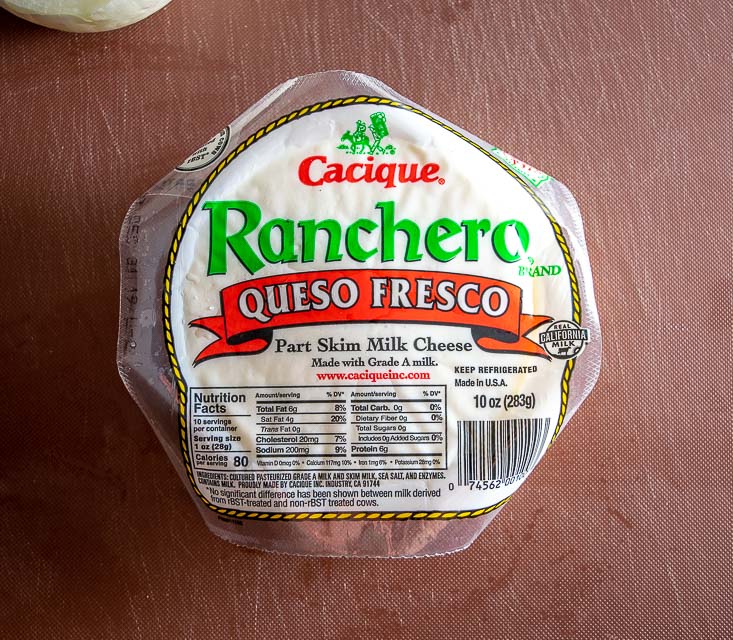
Queso Fresco is another Mexican cheese that resembles feta in texture and taste. It’s soft, crumbly, and has a mild, slightly tangy flavor.
Queso Fresco doesn’t have the same sharpness as feta, but it’s a good substitute in salads, tacos, and other dishes where you need mild, crumbly cheese. Use it in equal amounts to feta.
6. Mizithra
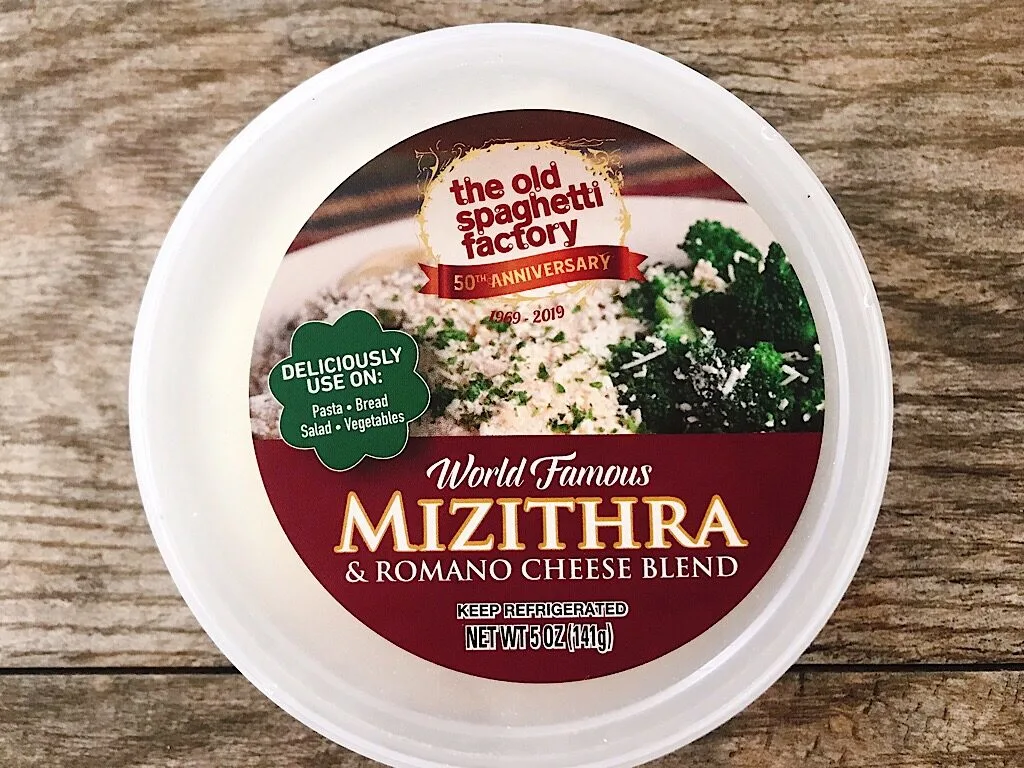
Mizithra is a Greek cheese with a slightly tangy and salty flavor, similar to feta. It’s softer and creamier, making it a good substitute in spreads, salads, and pasta.
Mizithra doesn’t have the same crumbly texture as feta, but its flavor profile is quite close, making it a viable alternative in many Mediterranean dishes.
7. Paneer
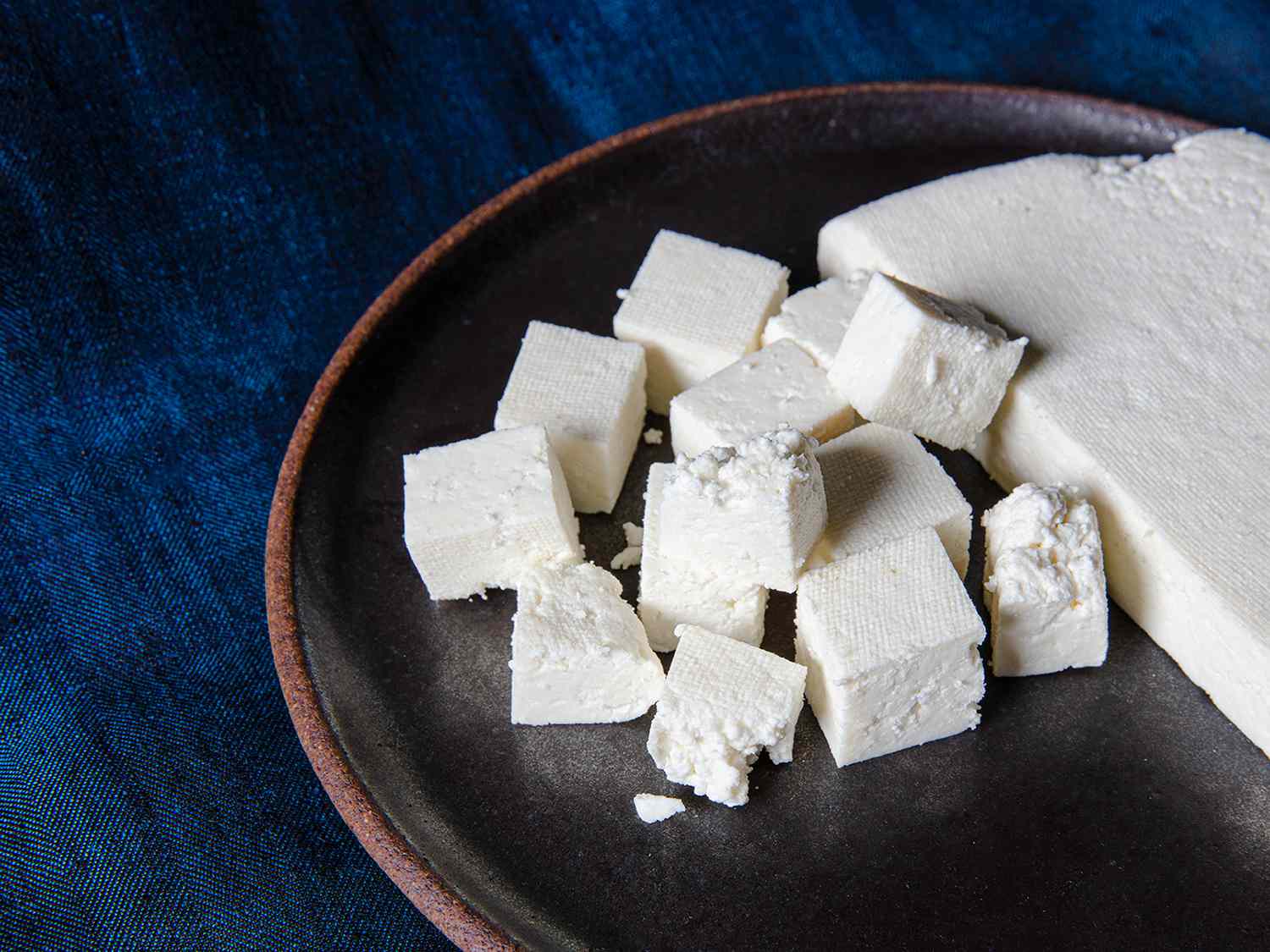
Paneer is a mild, firm cheese commonly used in Indian cuisine. While it lacks the tangy flavor of feta, its firm, crumbly texture makes it a suitable substitute in salads and cooked dishes.
Paneer doesn’t melt, so it works well in dishes where you want the cheese to maintain its shape. If you prefer a milder flavor, paneer is a good choice.
8. Manouri
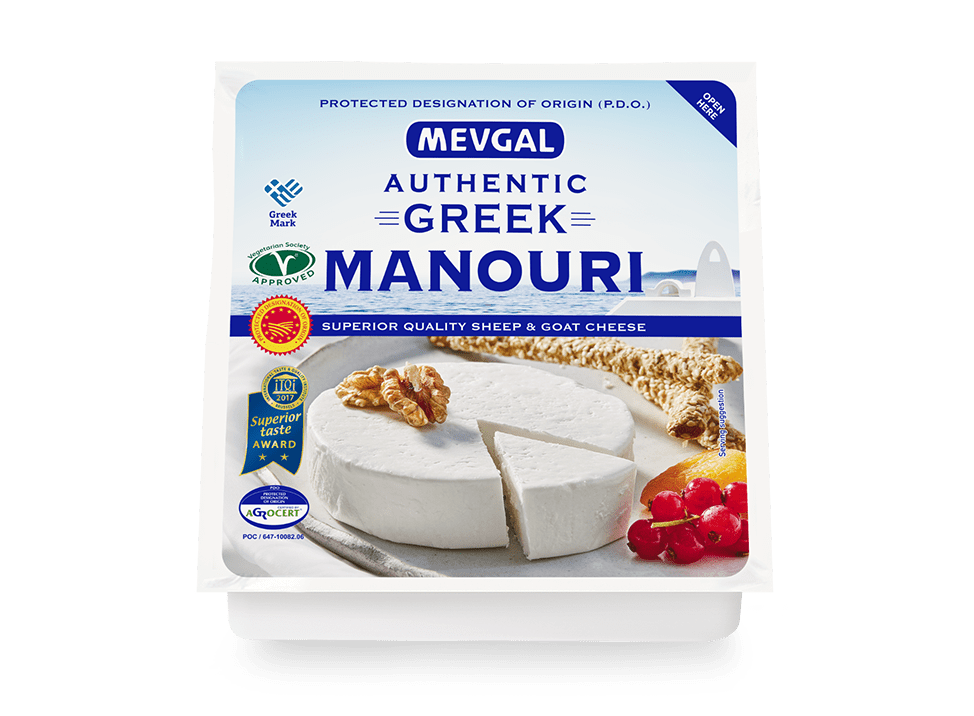
Manouri is a Greek cheese made from whey and cream, offering a milder, creamier alternative to feta. It has a soft, crumbly texture and a slightly tangy flavor.
Manouri is less salty and tangy than feta, but it works well in salads, pastries, and desserts where a softer, less intense cheese is needed. Use it as much as feta for a lighter, creamier taste.
9. Farmer’s Cheese
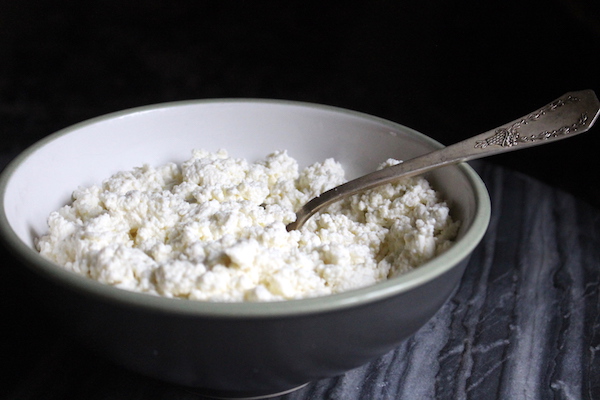
Farmer’s cheese is a fresh, mild cheese with a crumbly texture similar to feta. It’s less salty and tangy but can be used as a substitute in salads, spreads, and baking.
Farmer’s cheese is versatile, offering a mild flavor that won’t overpower other ingredients. It’s best used in dishes where a subtle cheese flavor is desired.
10. Ricotta
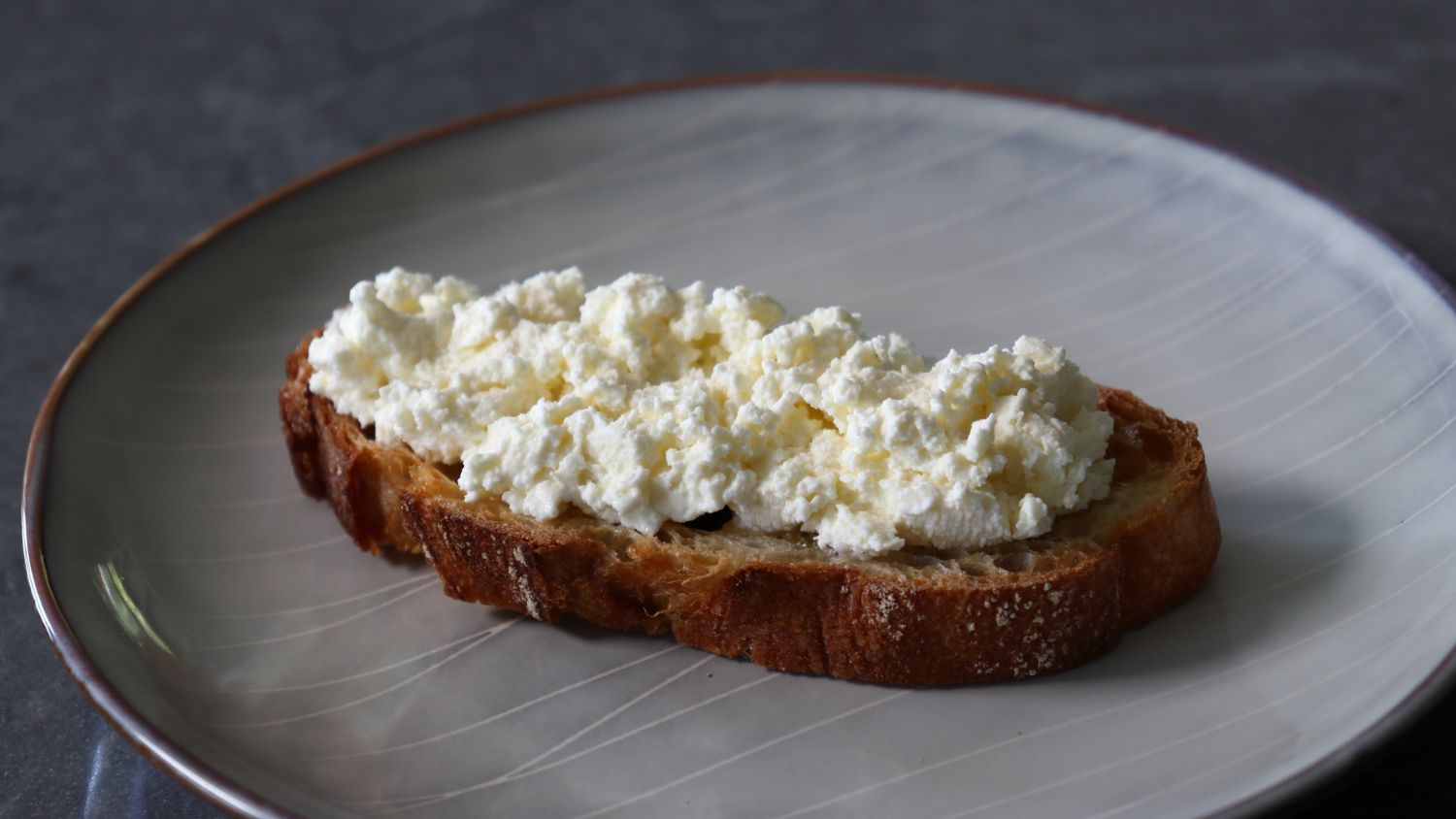
Ricotta is a fresh cheese with a soft, creamy texture and a mild flavor. It’s not as tangy or salty as feta, but it can be used as a substitute in dishes like lasagna, stuffed pasta, and desserts.
Ricotta works well in recipes where you want a light, fluffy texture without the intense flavor of feta.
11. Tofu (Feta-style)
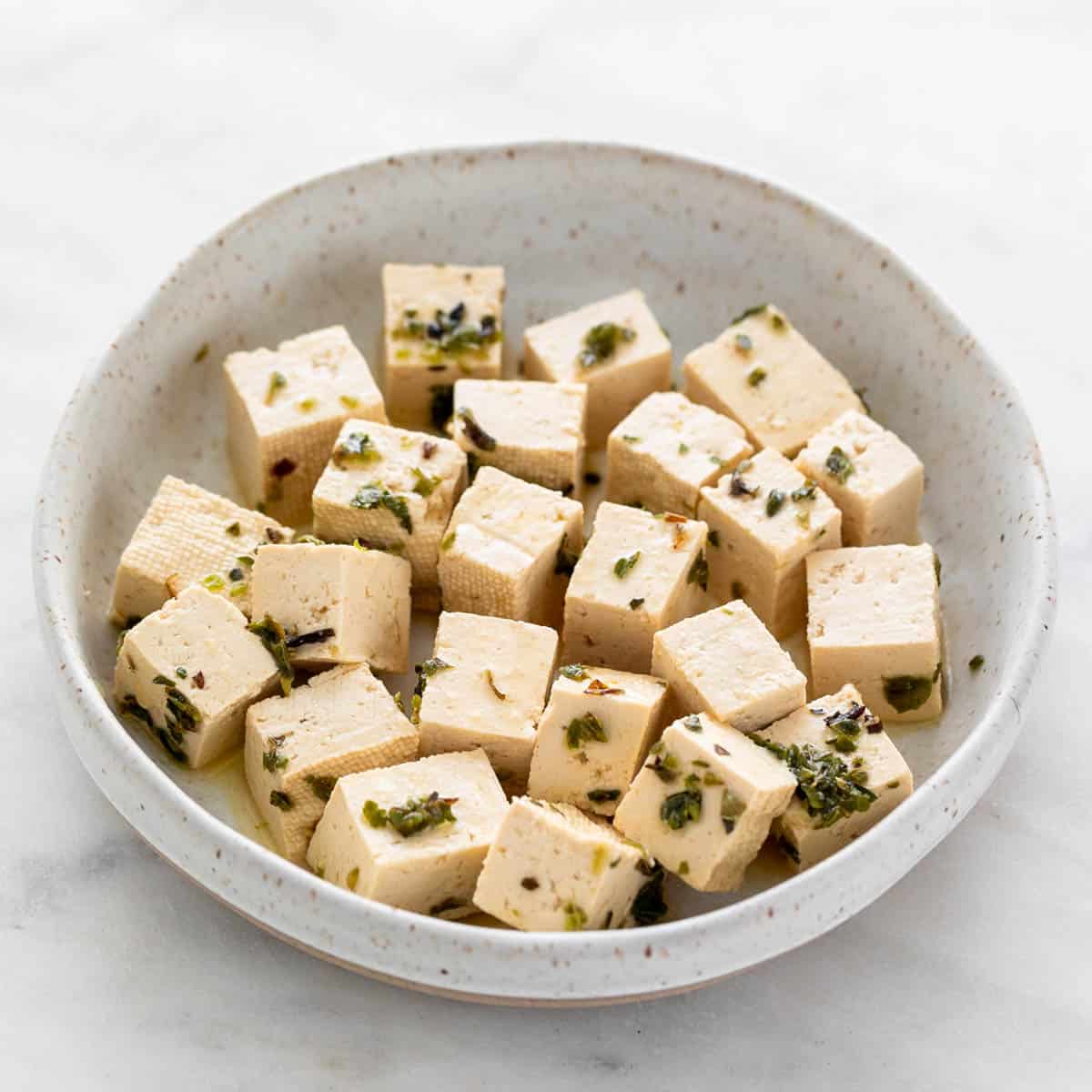
Feta-style tofu is a vegan alternative designed to mimic the taste and texture of feta cheese. It’s often marinated in herbs and salt to replicate the tangy, salty flavor of feta.
This substitute works well in salads, wraps, and vegan dishes. While it doesn’t taste exactly like feta, it’s the best plant-based option for those avoiding dairy.
12. Gorgonzola
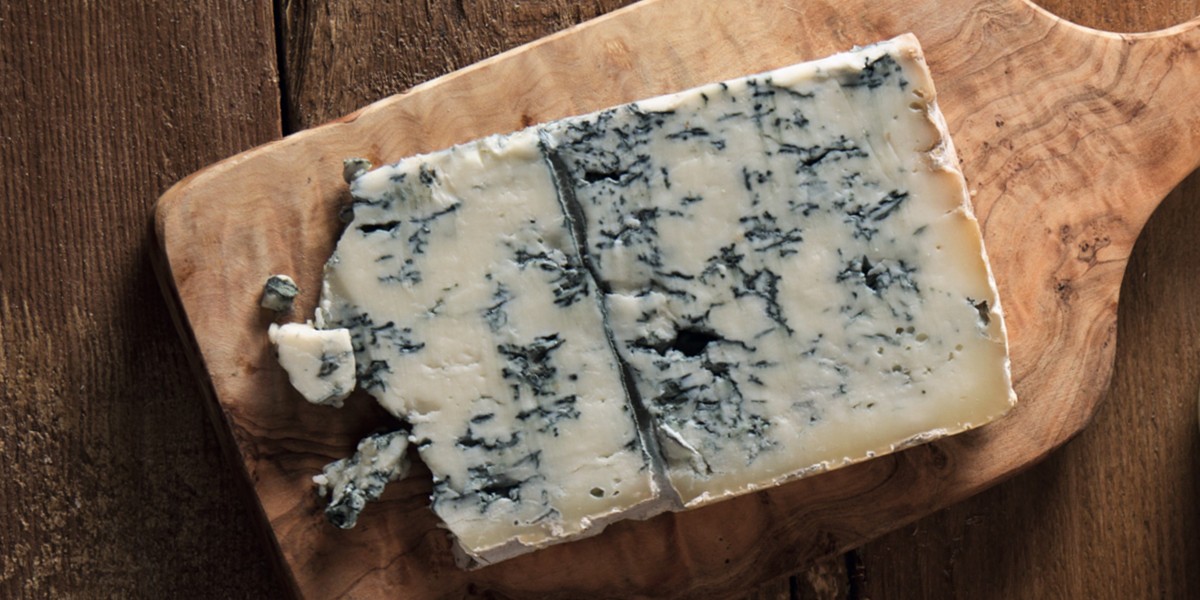
Gorgonzola is a type of blue cheese with a strong, tangy flavor. It’s creamier and less crumbly than feta but can work as a substitute in recipes where you want a bold, tangy taste.
Gorgonzola pairs well with fruits, salads, and pasta, adding a rich, distinctive flavor. Use it sparingly, as it has a much stronger taste than feta.
13. Roquefort
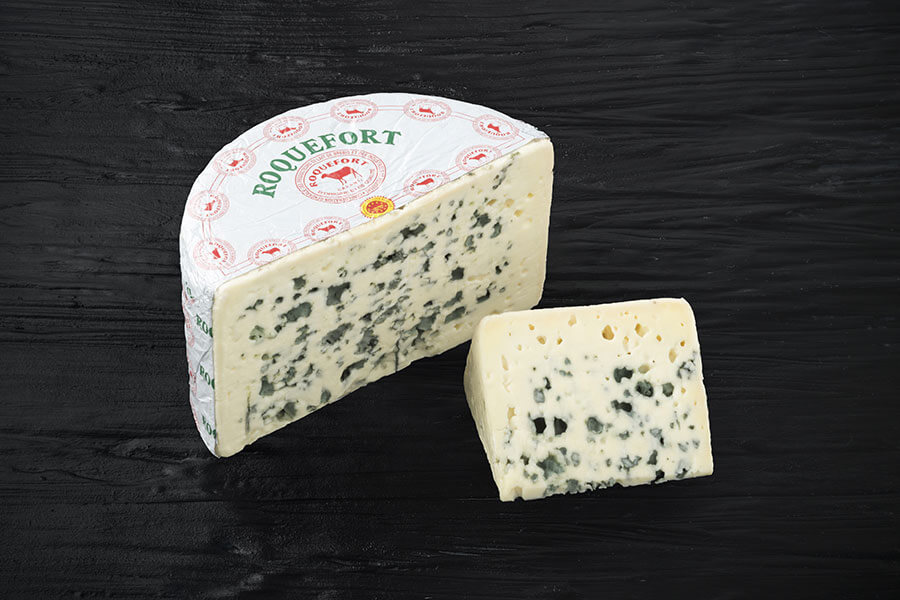
Roquefort is another blue cheese that offers a sharp, tangy flavor, making it a potent substitute for feta in certain dishes.
It’s creamier and has a more intense flavor, so it’s best used in small amounts in salads, dressings, and savory tarts.
Roquefort adds a bold, distinctive taste that can enhance or overpower a dish, depending on how much you use.
14. Parmesan
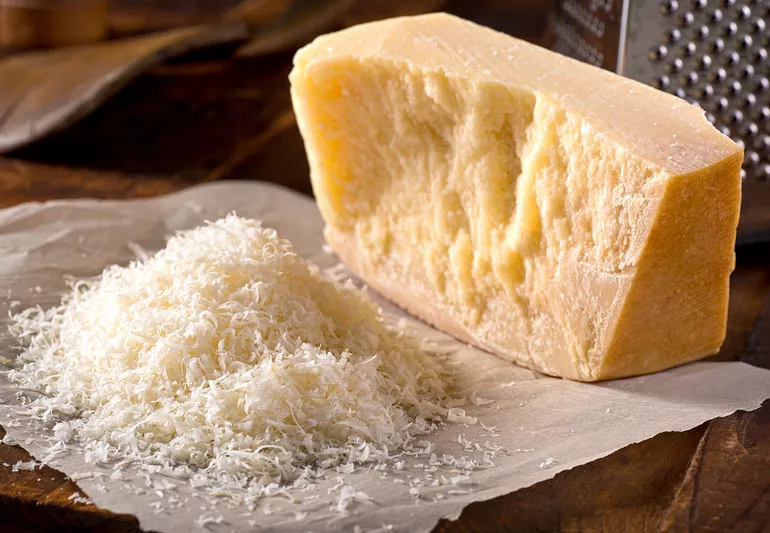
Parmesan is a hard, aged cheese with a nutty, salty flavor. While it doesn’t have the same tangy taste or crumbly texture as feta, it can be used in small amounts to add flavor to salads, pasta, and savory dishes.
Parmesan works best when grated or shaved, offering a rich, salty kick that enhances other ingredients.
15. Chevre
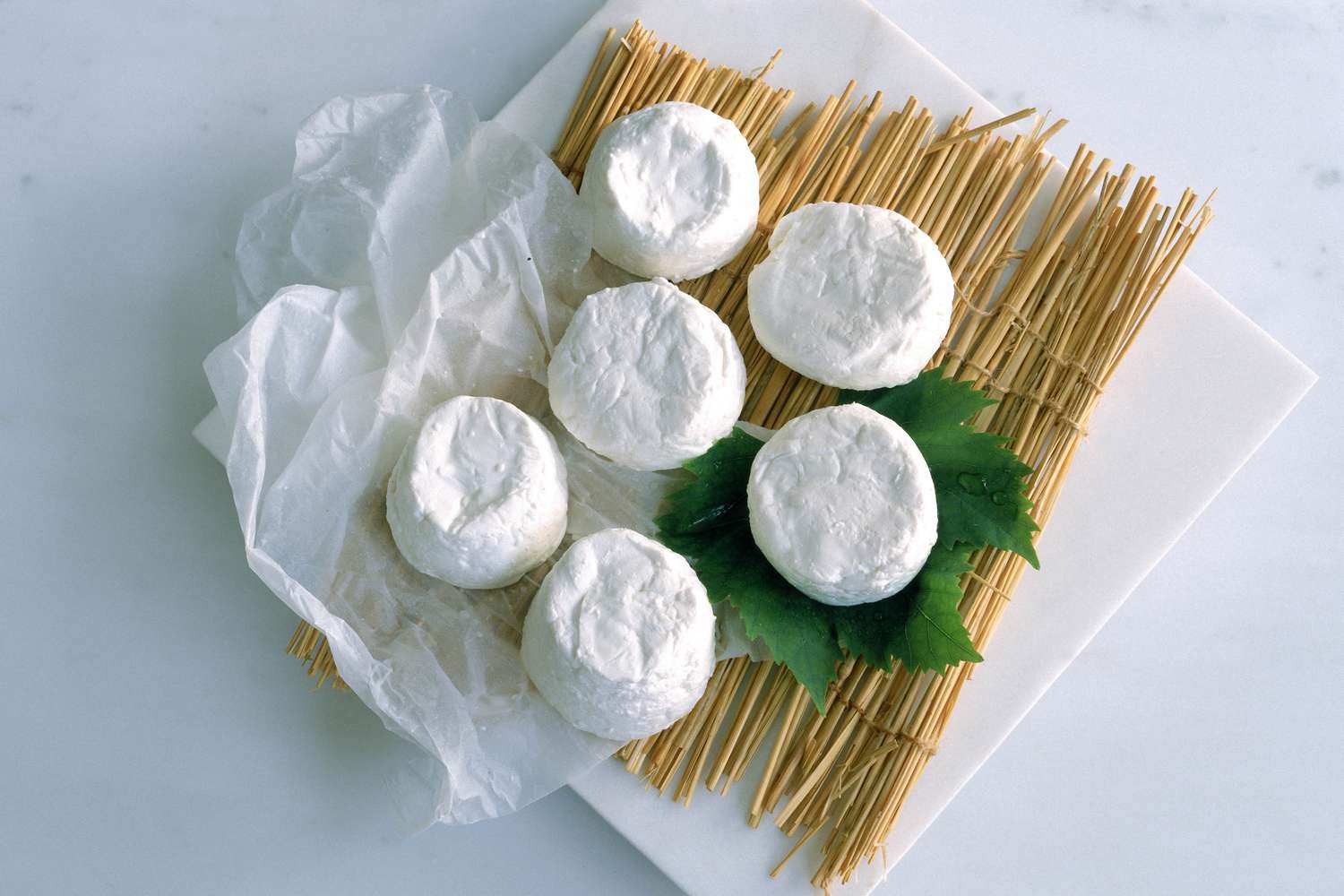
Chevre is a type of fresh goat cheese with a tangy flavor and creamy texture. While it’s softer and less crumbly than feta, chevre can be a good substitute in salads, spreads, and savory dishes.
It provides a similar tanginess but with a creamier consistency. Chevre works well in recipes where you don’t need the cheese to hold its shape.
16. Pecorino Romano
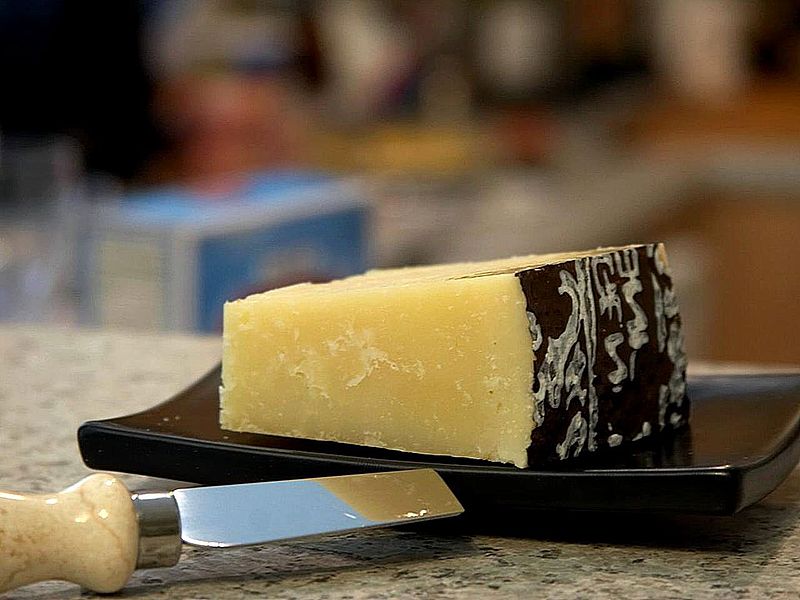
Pecorino Romano is a hard, salty cheese made from sheep’s milk. It’s stronger and saltier than feta, with a sharper flavor that can be used in small amounts to substitute for feta in salads, pasta, and savory dishes.
Pecorino Romano is best grated or crumbled over dishes, providing a robust flavor that can stand in for feta’s saltiness.
17. Cream Cheese
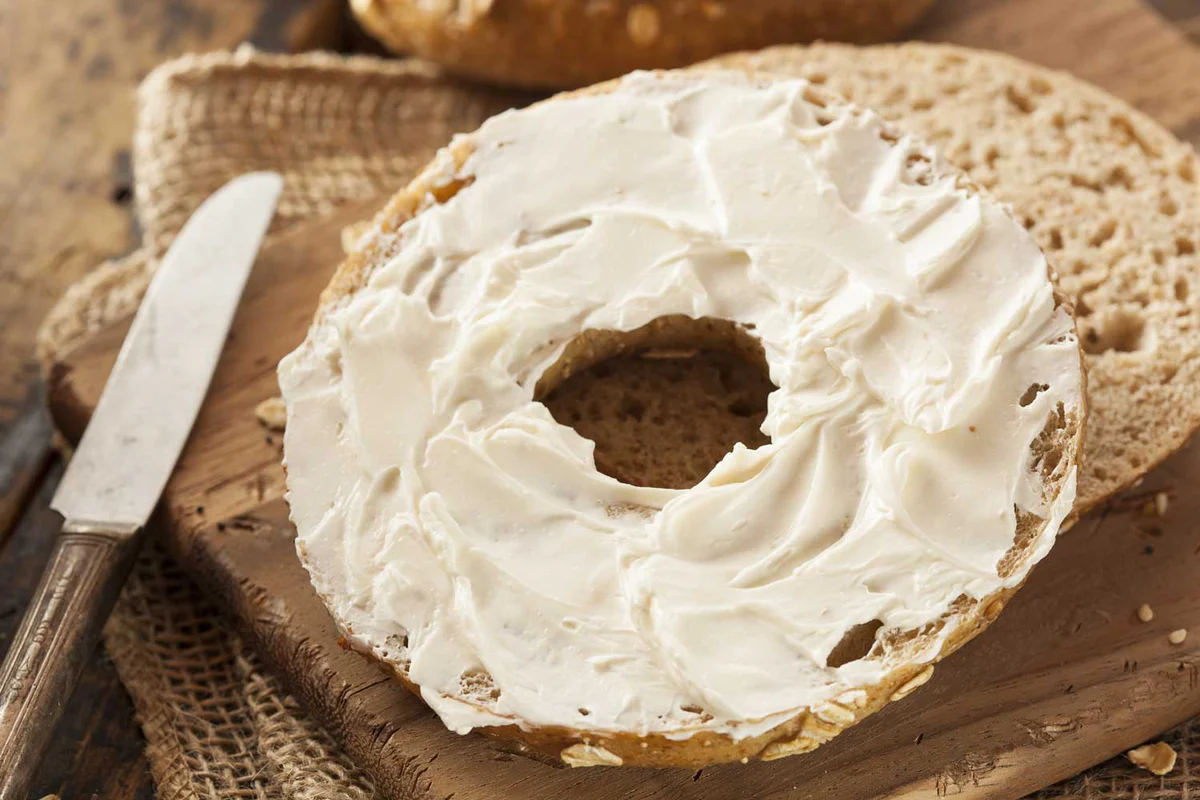
Cream cheese is a soft, mild cheese that lacks the tang and saltiness of feta but can be used as a substitute in certain dishes.
It’s best for spreads, dips, and creamy sauces where you need a rich texture. Cream cheese offers a smooth, mild flavor, so it’s not ideal for recipes that require the sharpness of feta.
18. Cheddar
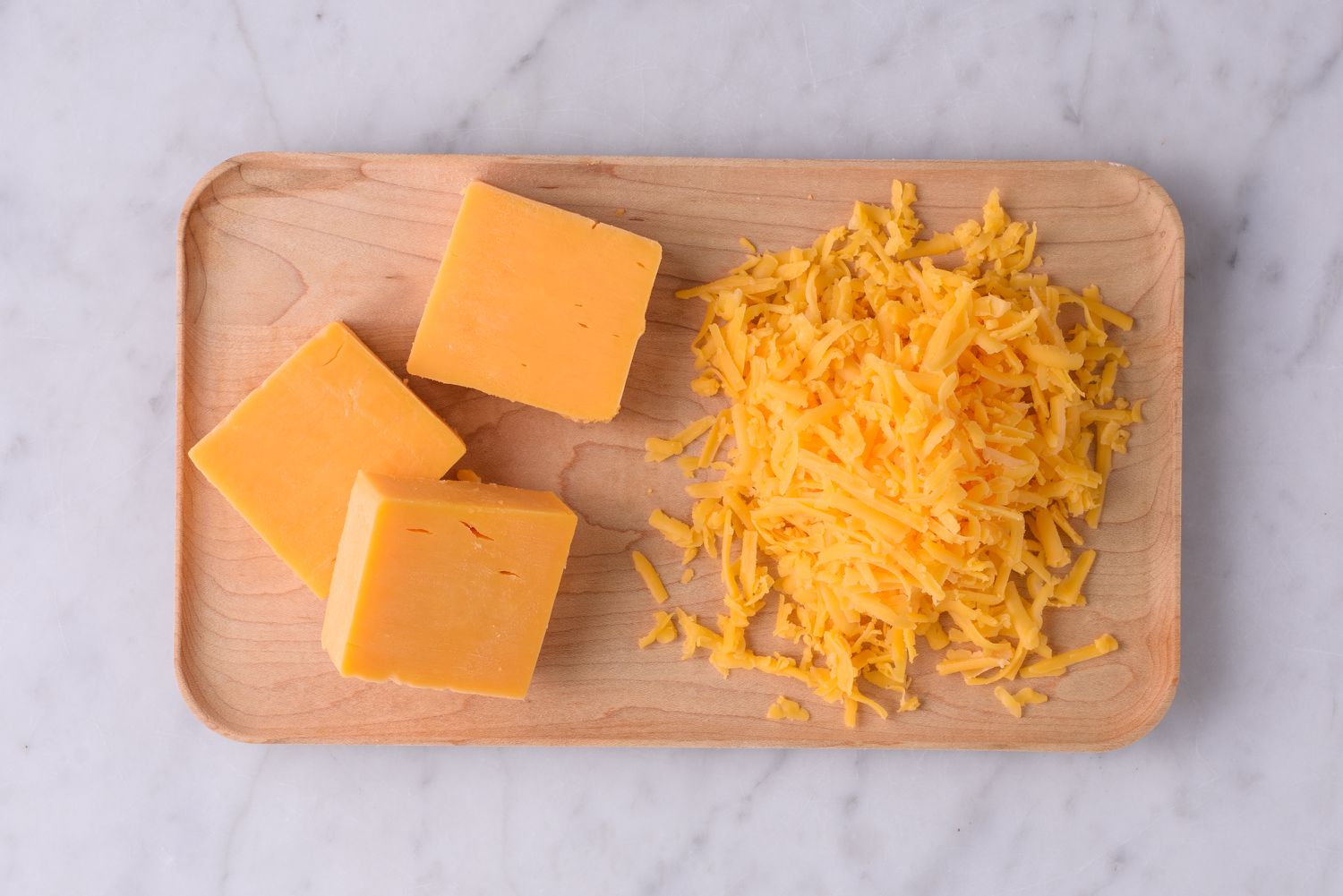
Cheddar is a popular cheese with a sharp, tangy flavor, but it lacks feta’s crumbly texture and saltiness.
It’s not the best substitute for feta, but it can be used in dishes like casseroles, salads, and sandwiches where a firm, flavorful cheese is needed.
Cheddar works best in cooked dishes where its melting qualities can be utilized.
Conclusion
Choosing the right substitute for feta cheese allows you to maintain your dishes’ desired flavor and texture, even when feta isn’t available.
Each alternative offers something unique, whether it’s goat cheese’s tangy sharpness or ricotta’s creamy richness.
By understanding the characteristics of these substitutes, you can confidently adapt your recipes to suit your taste and dietary needs.
Whether you’re seeking a close match or experimenting with new flavors, these options provide the flexibility you need in the kitchen.
With the right choice, your dishes will continue to shine, offering the same enjoyment and satisfaction that feta typically brings.

